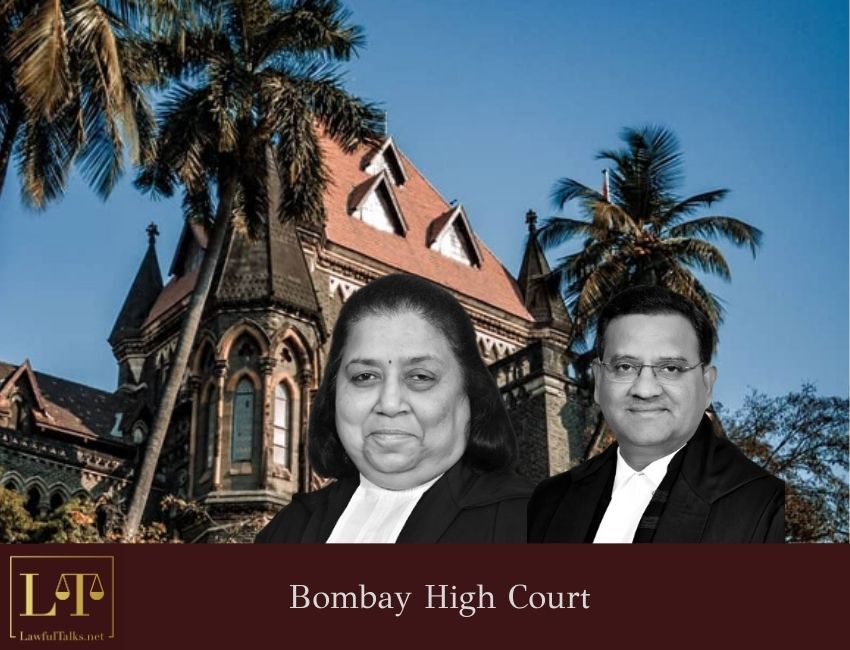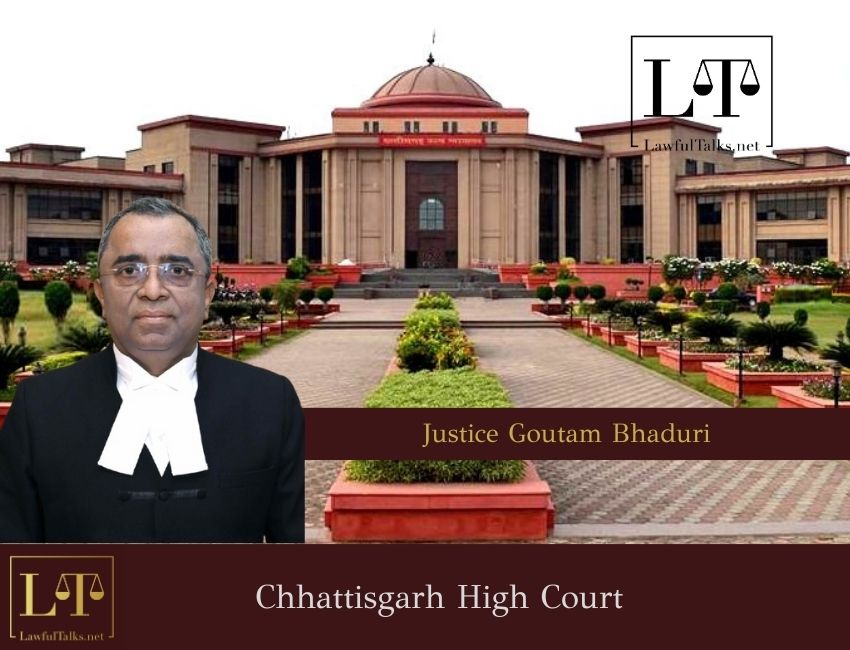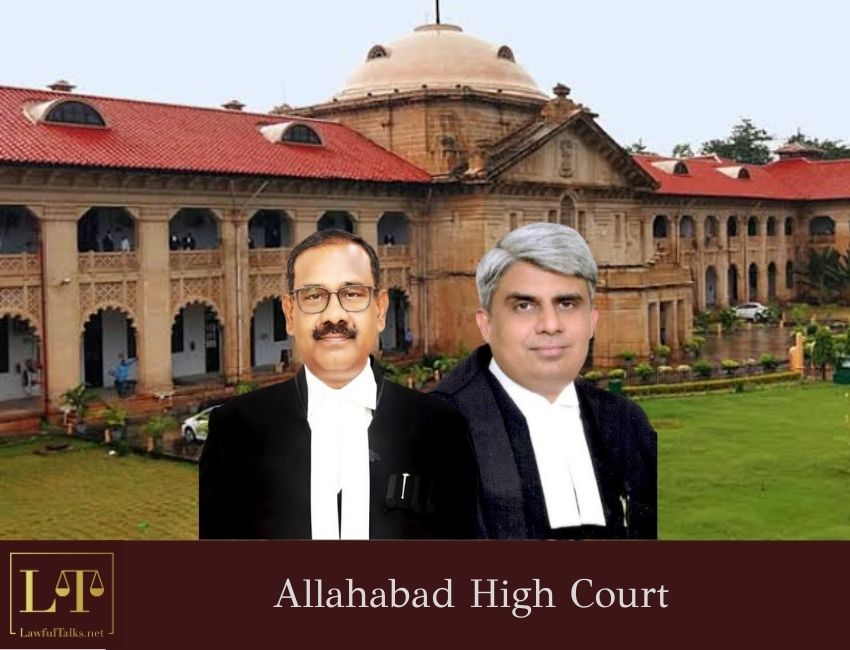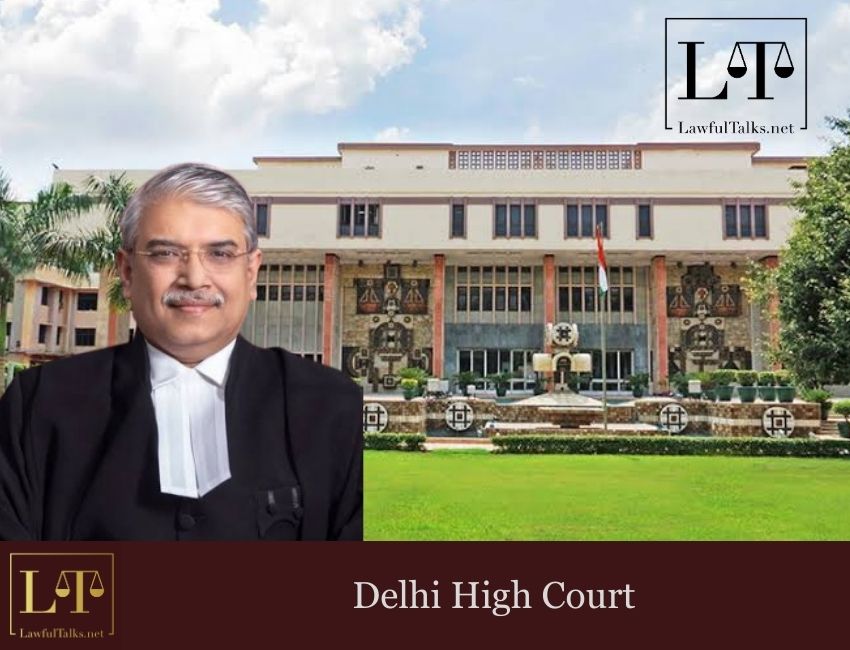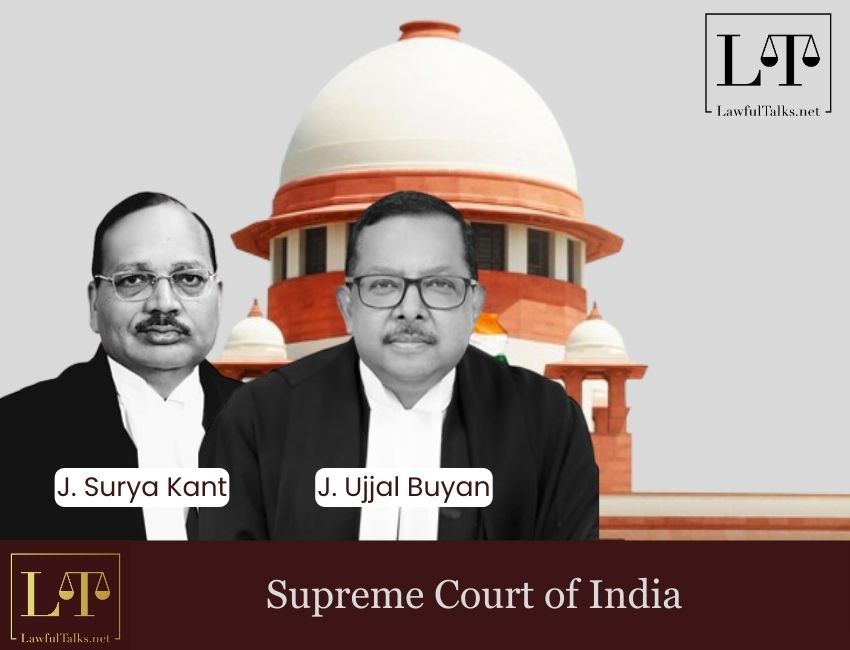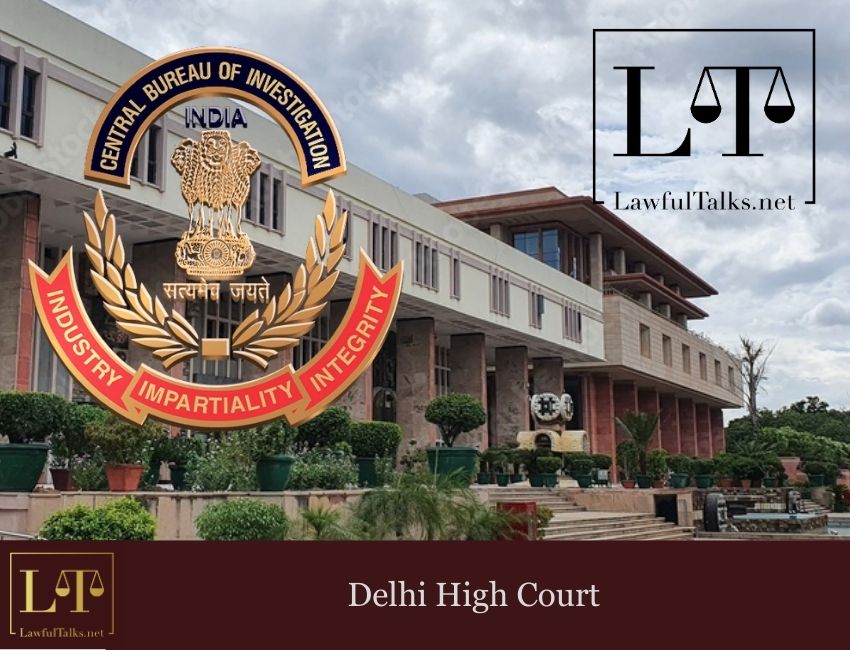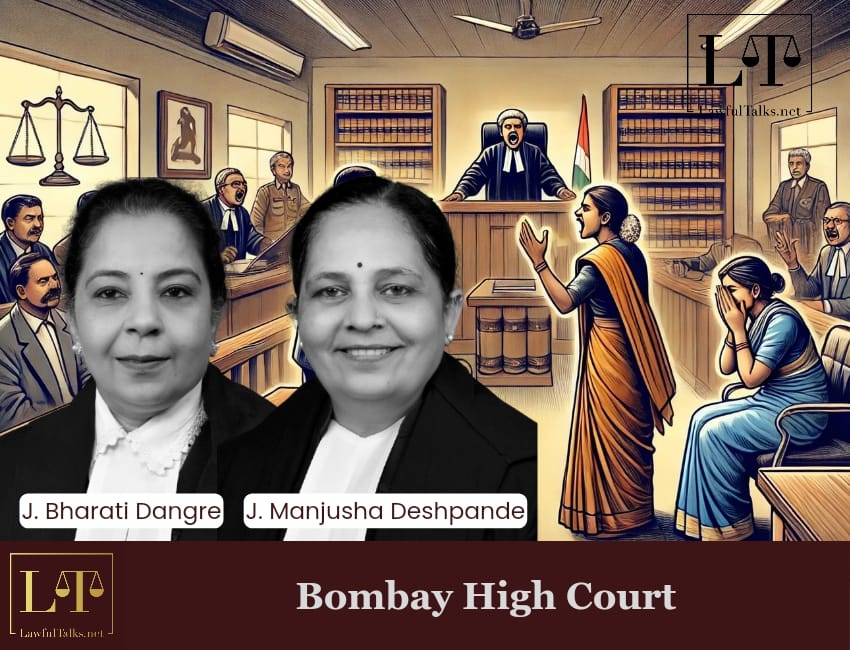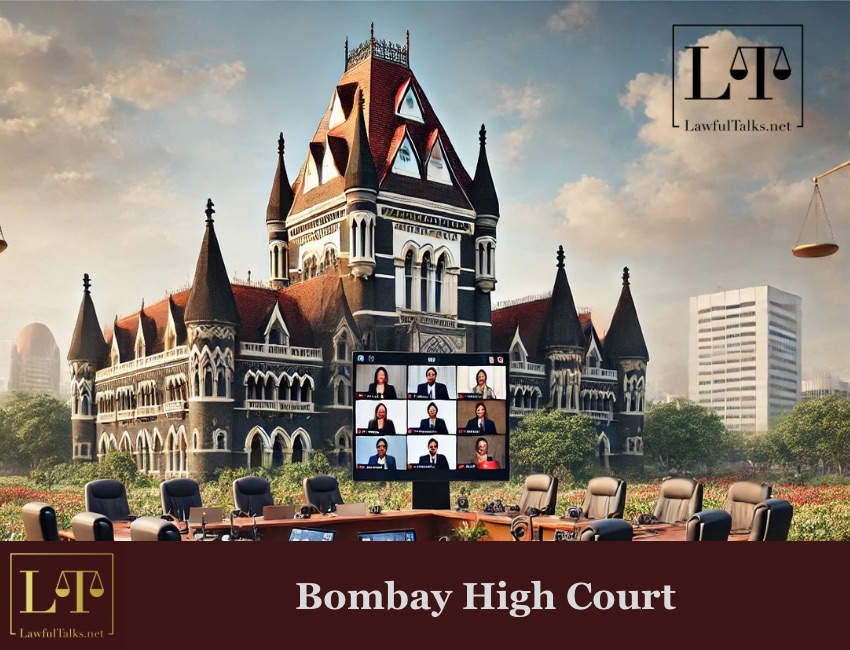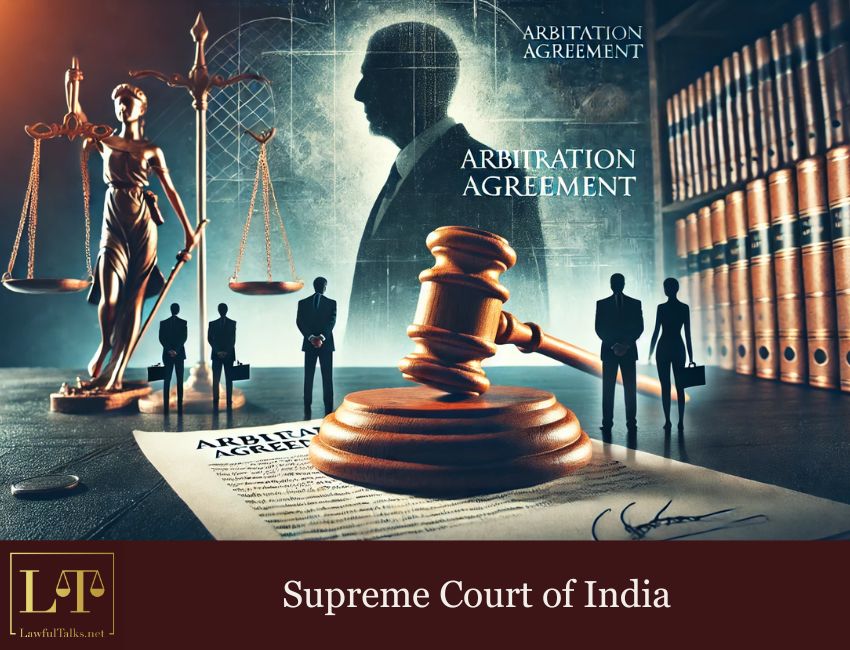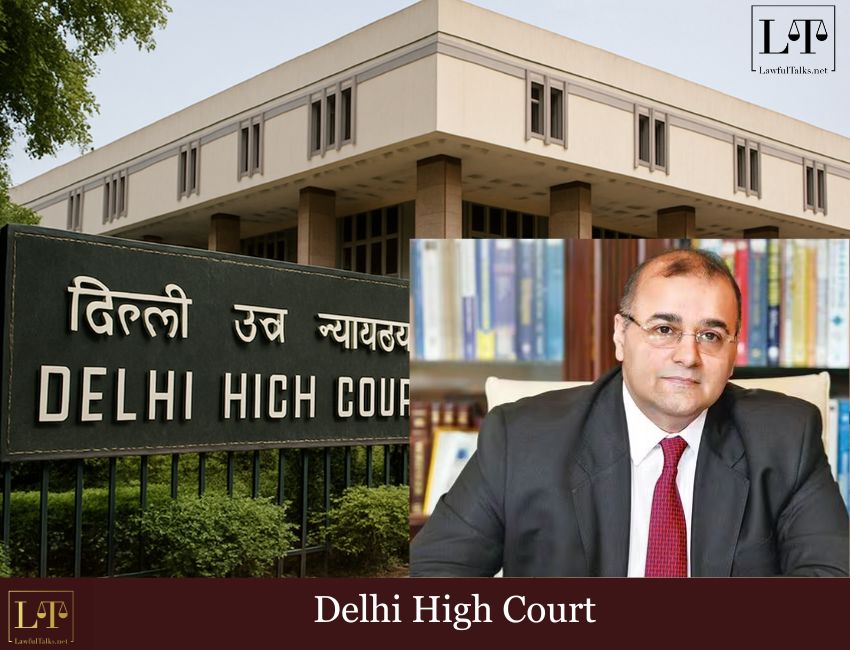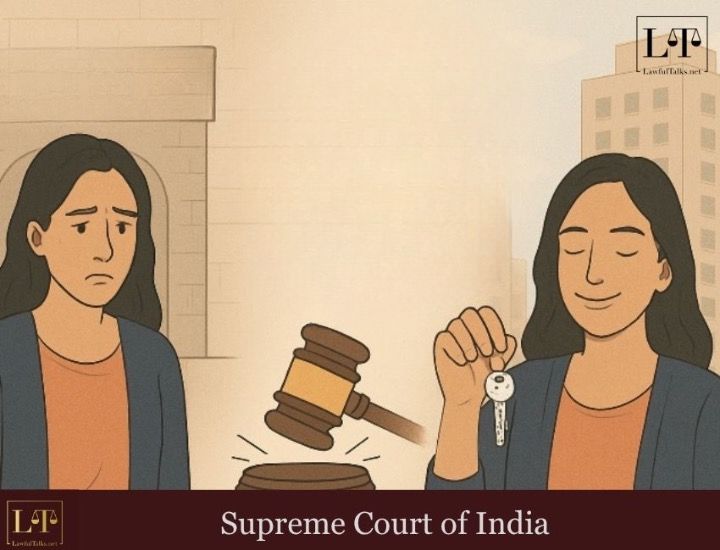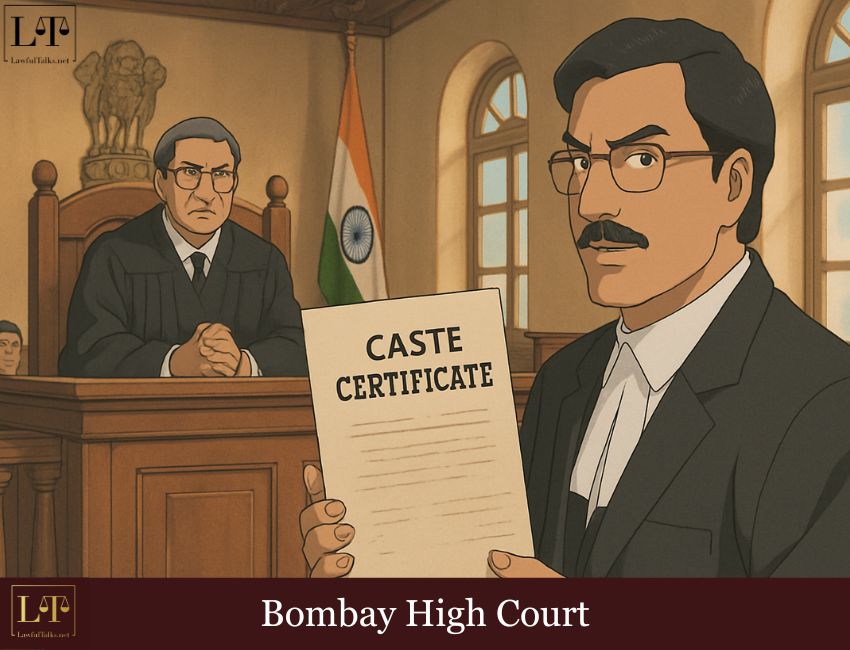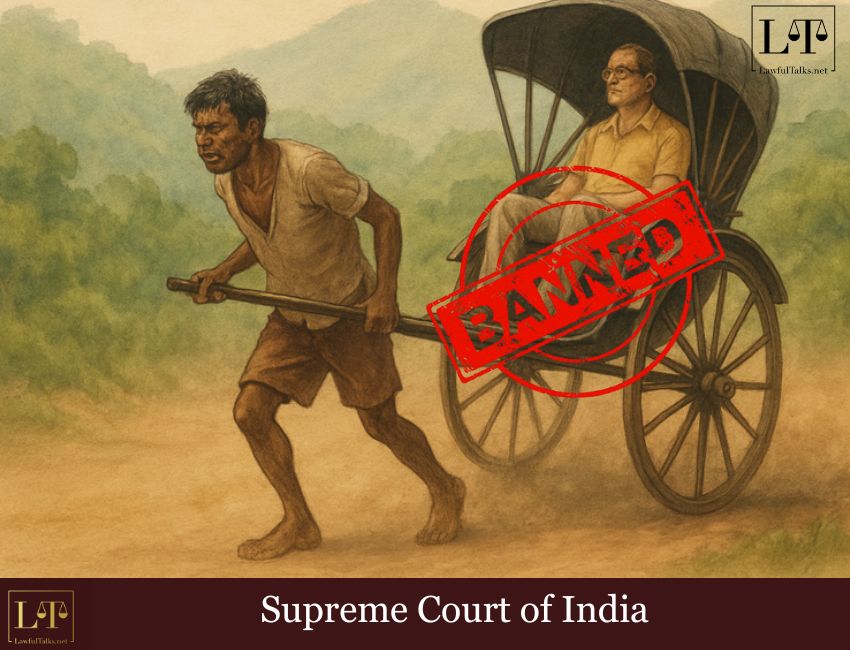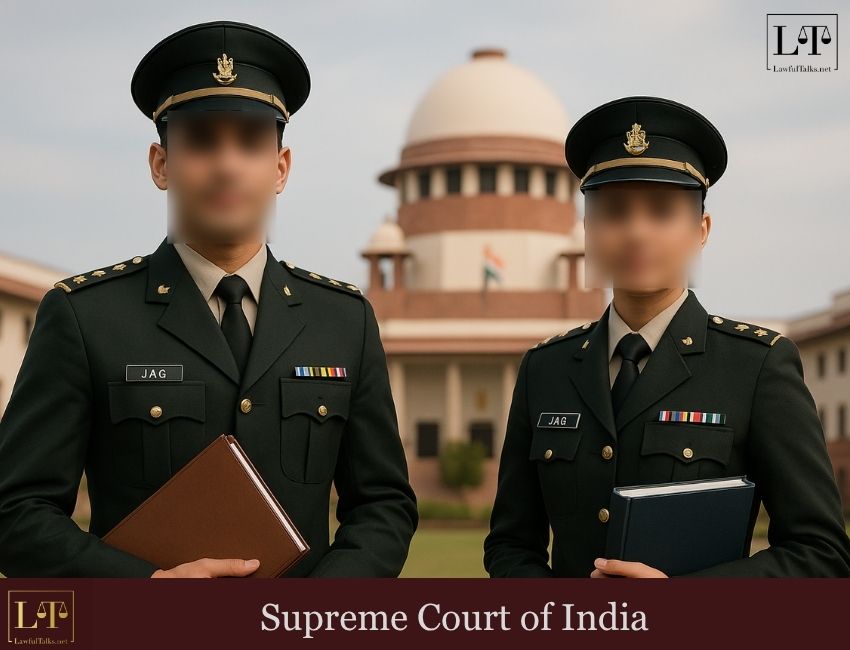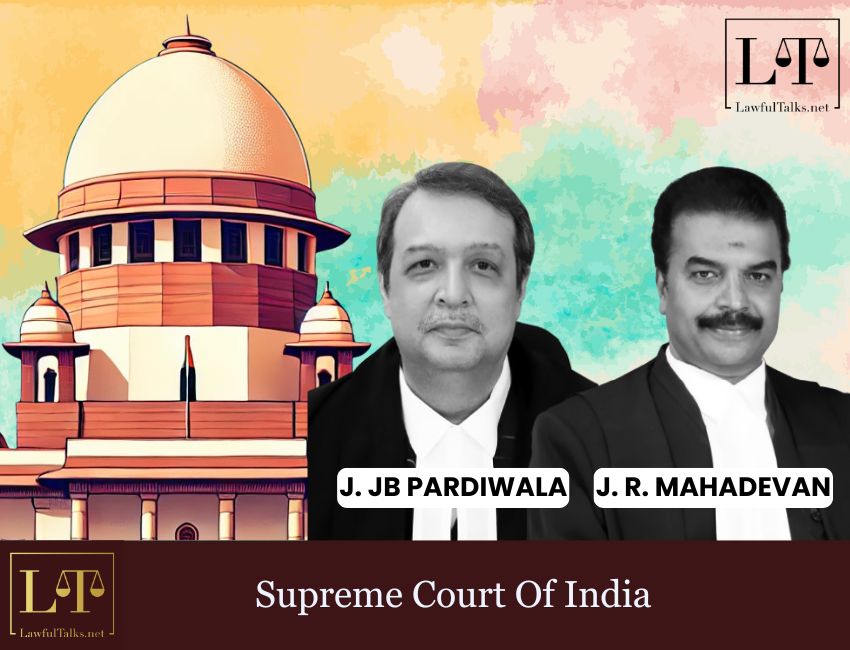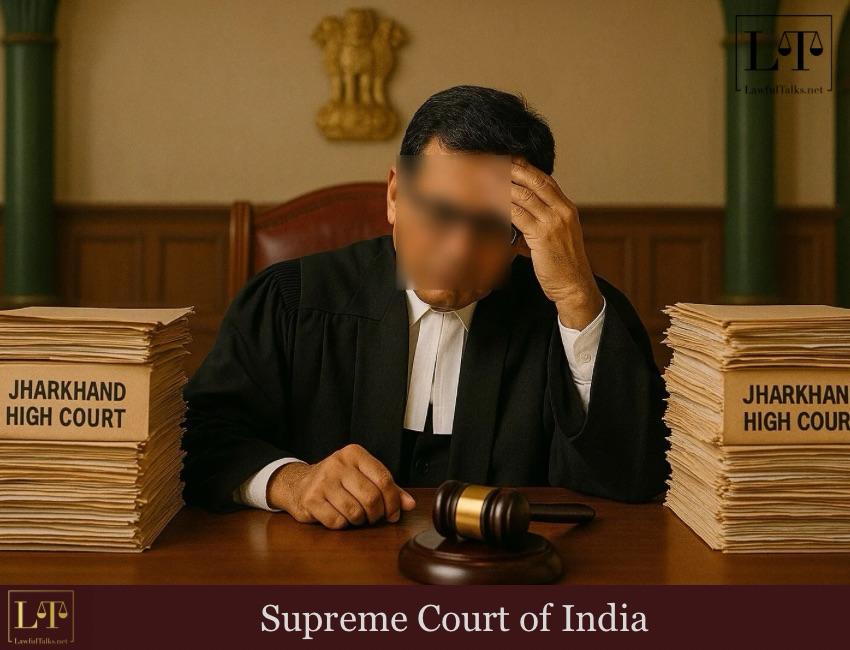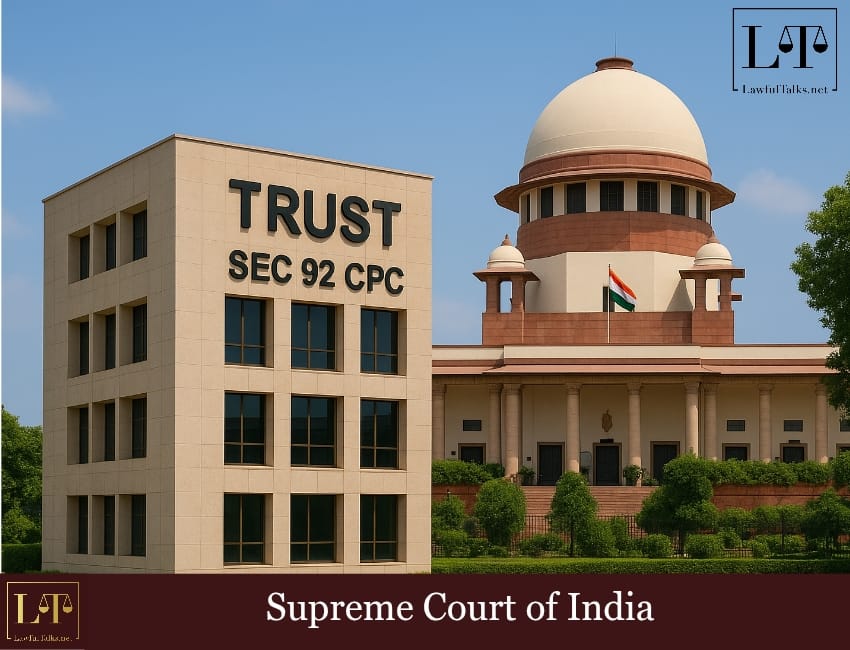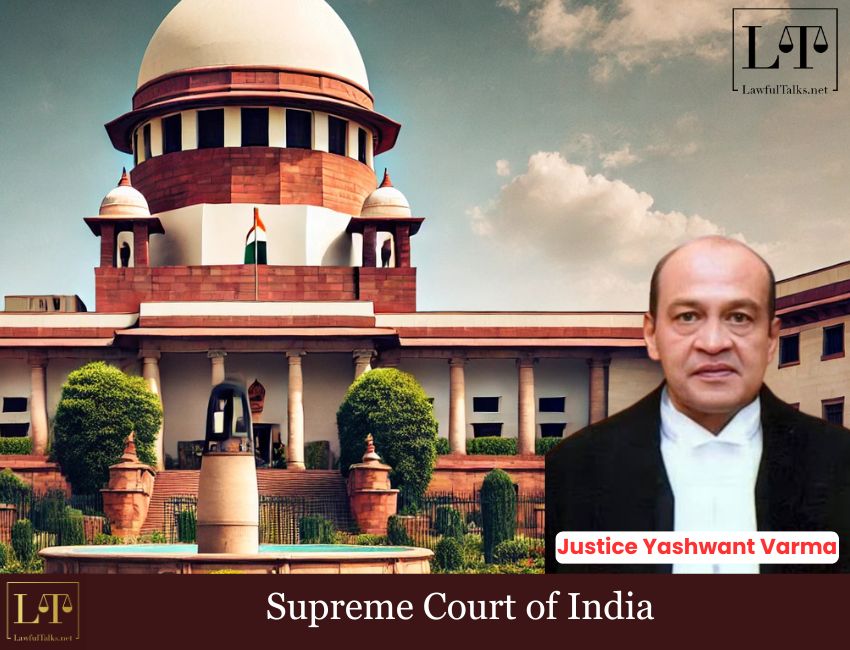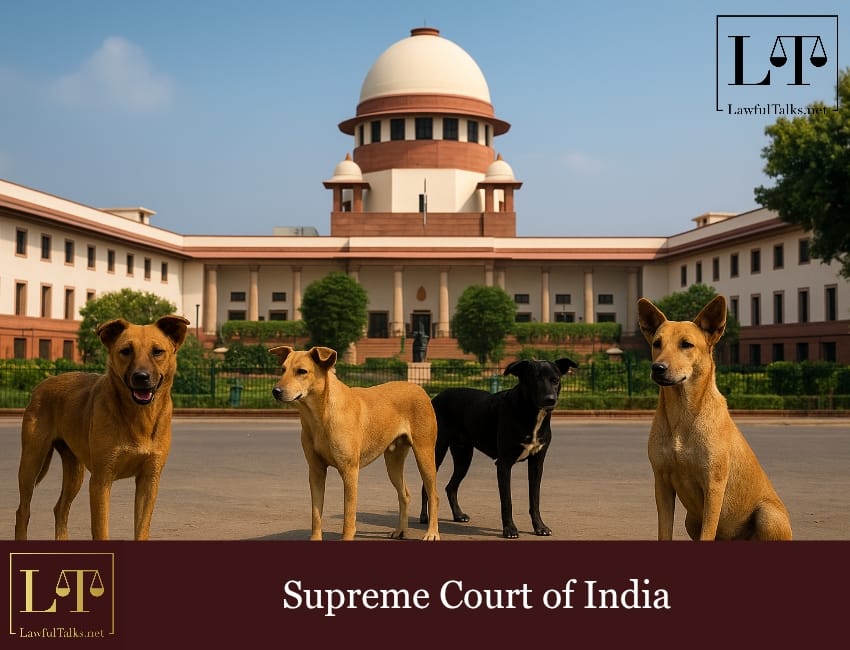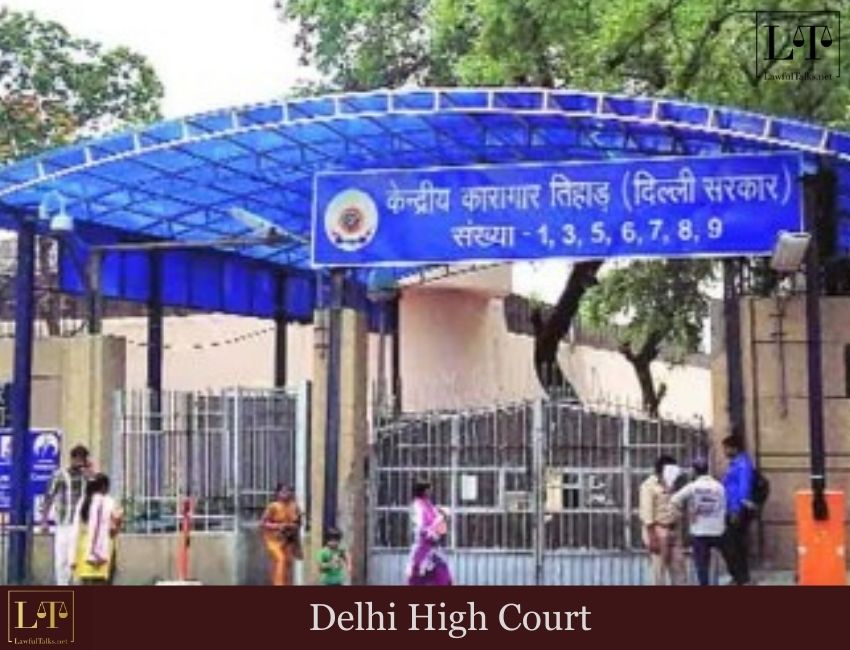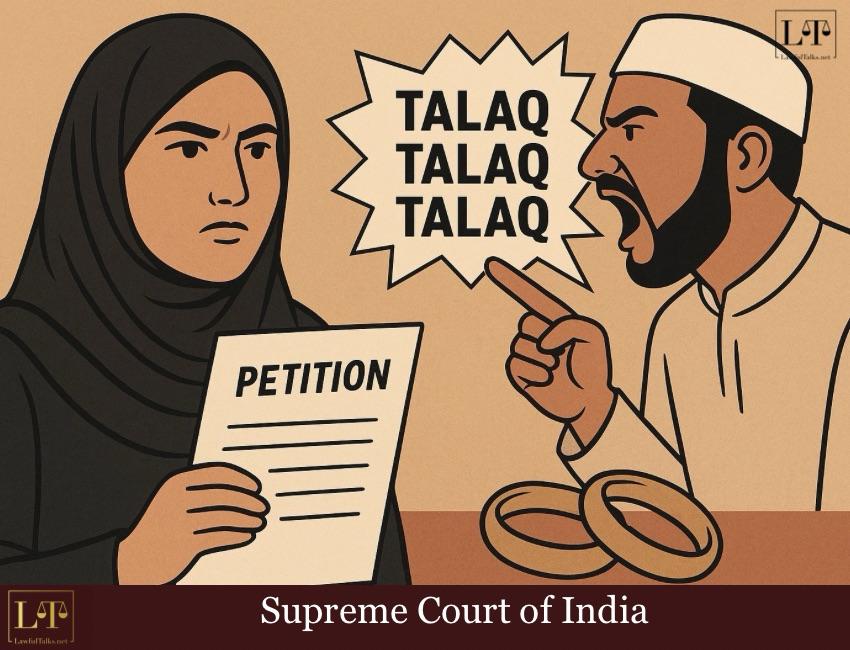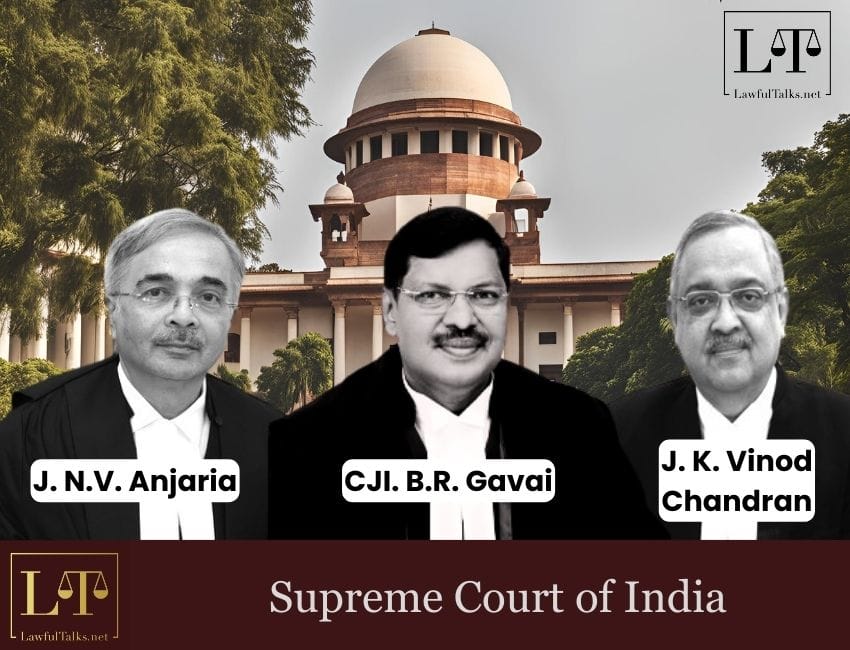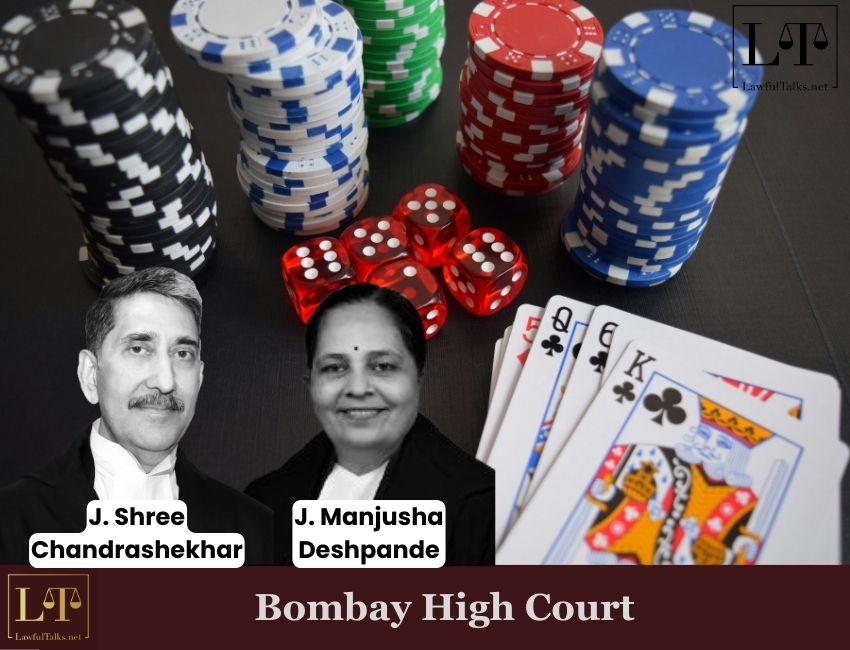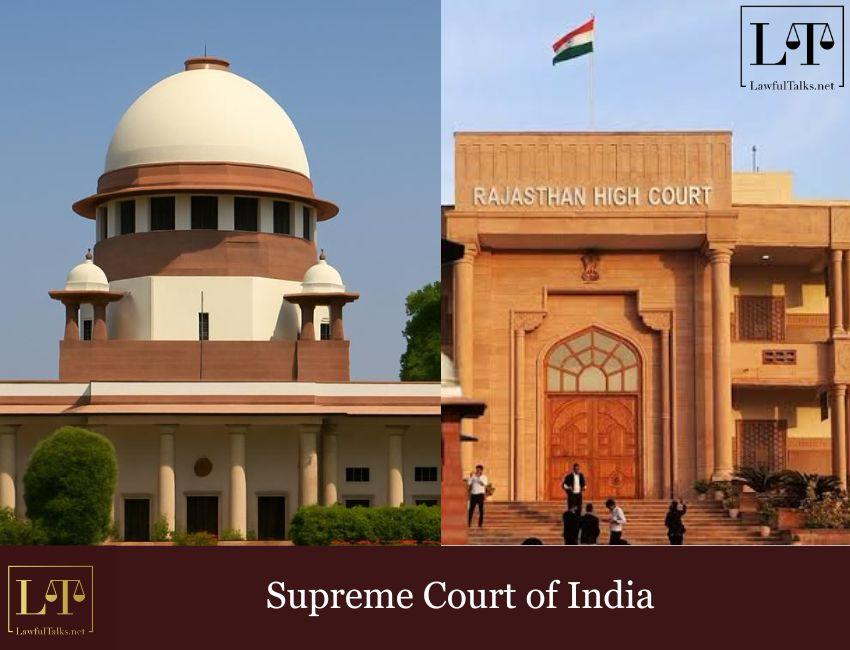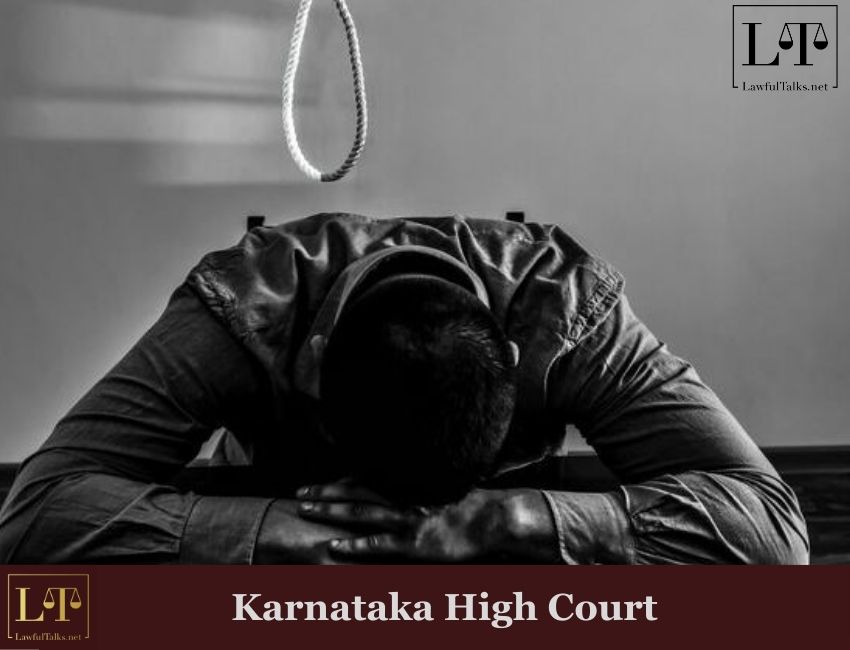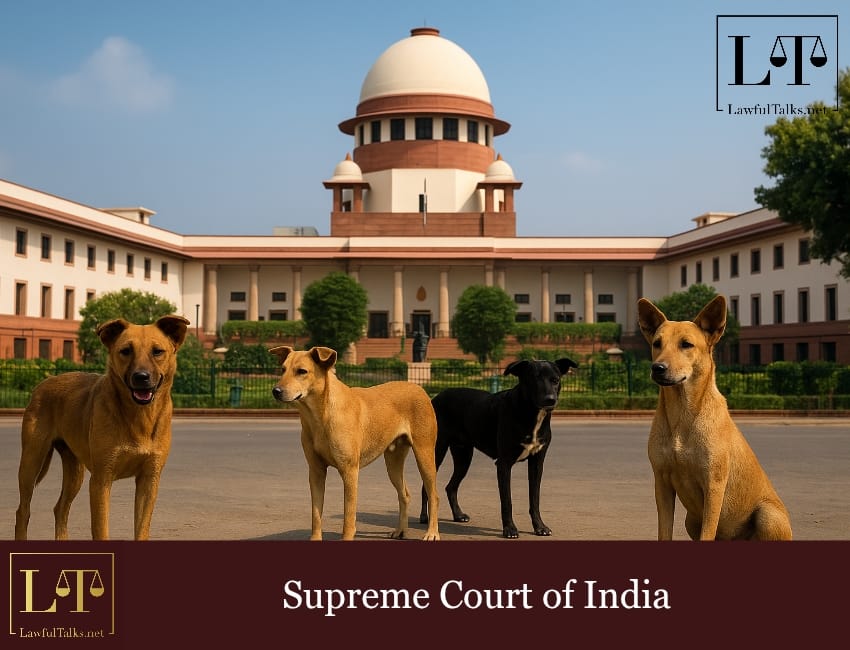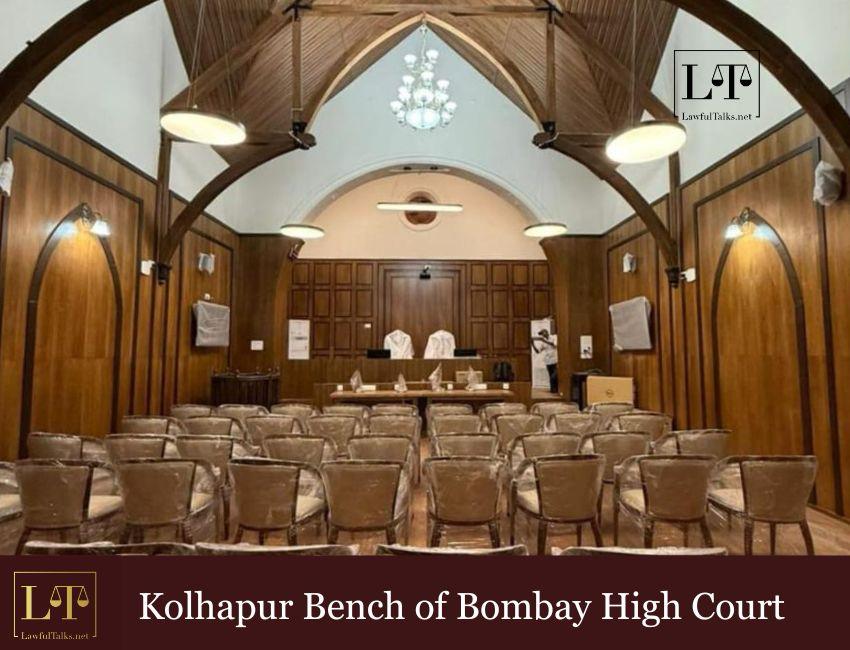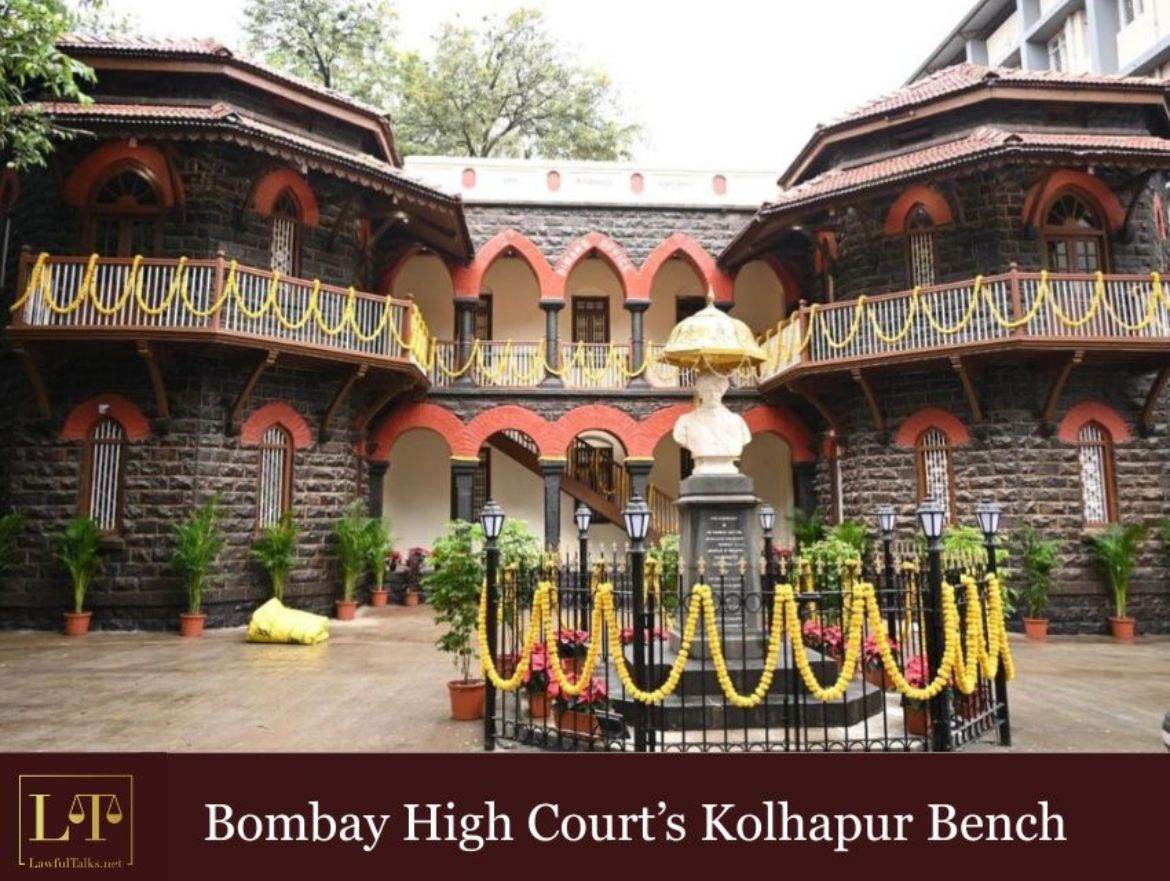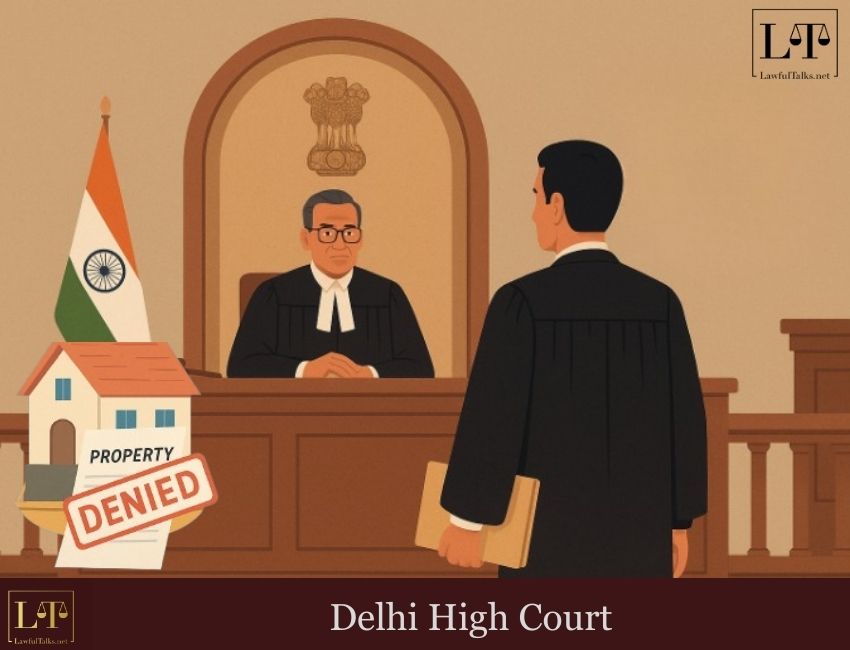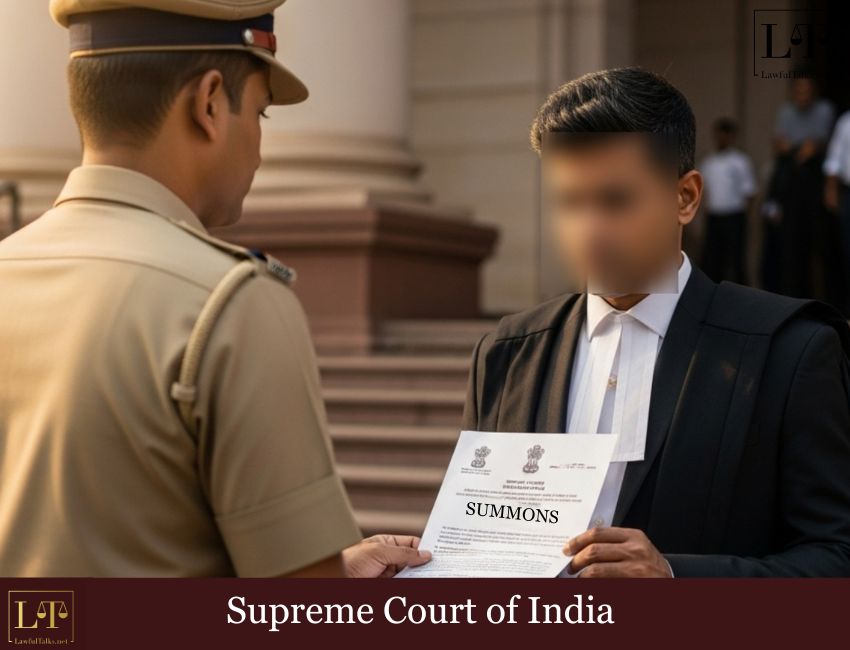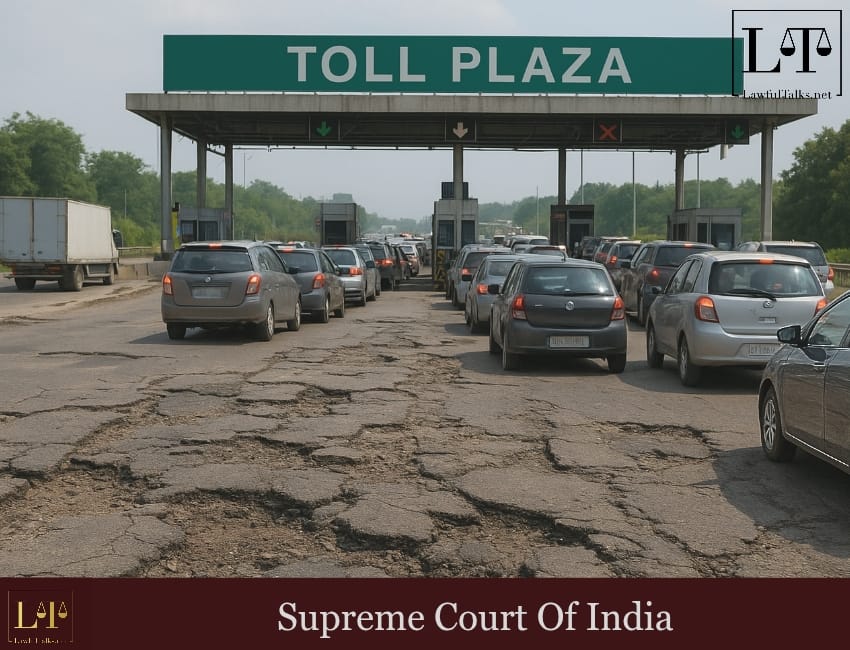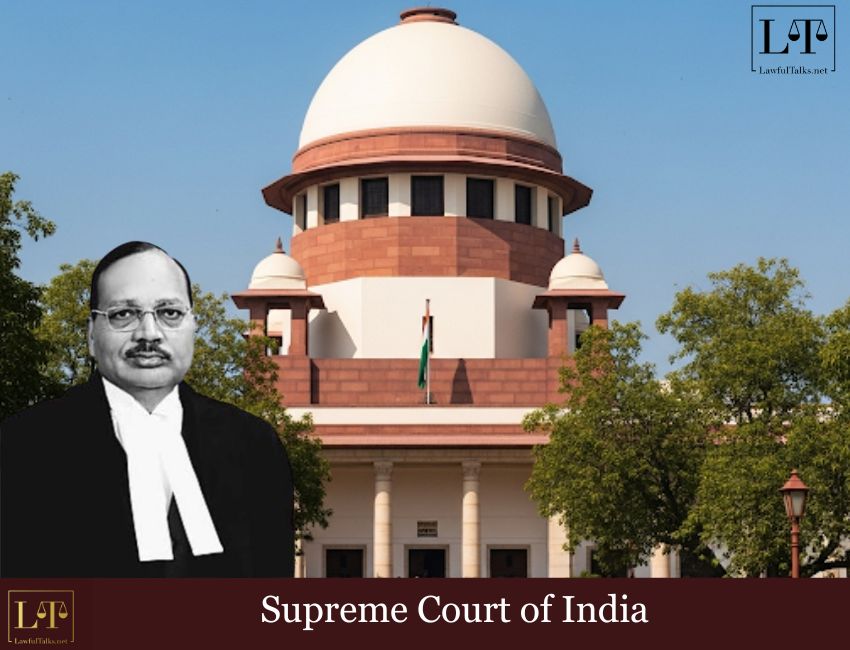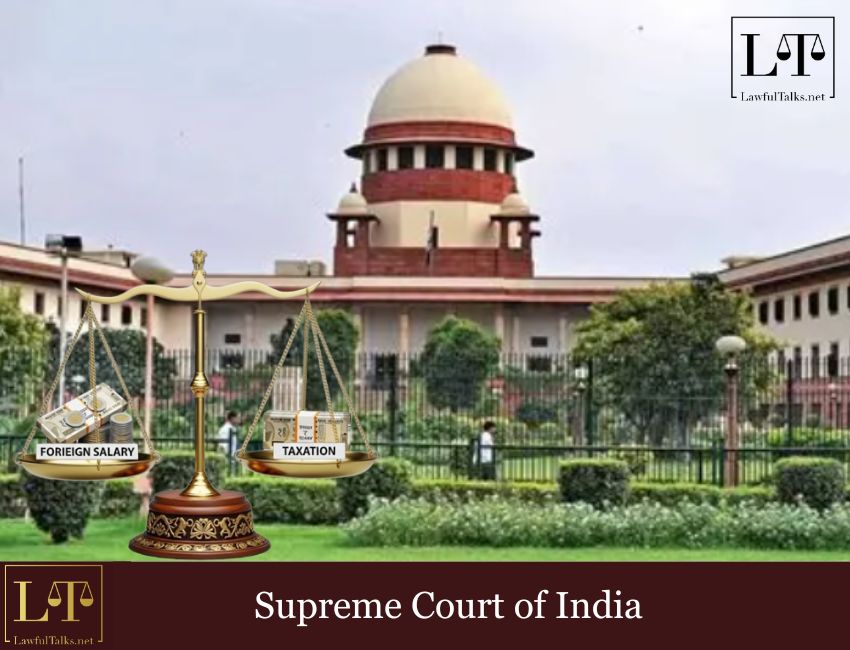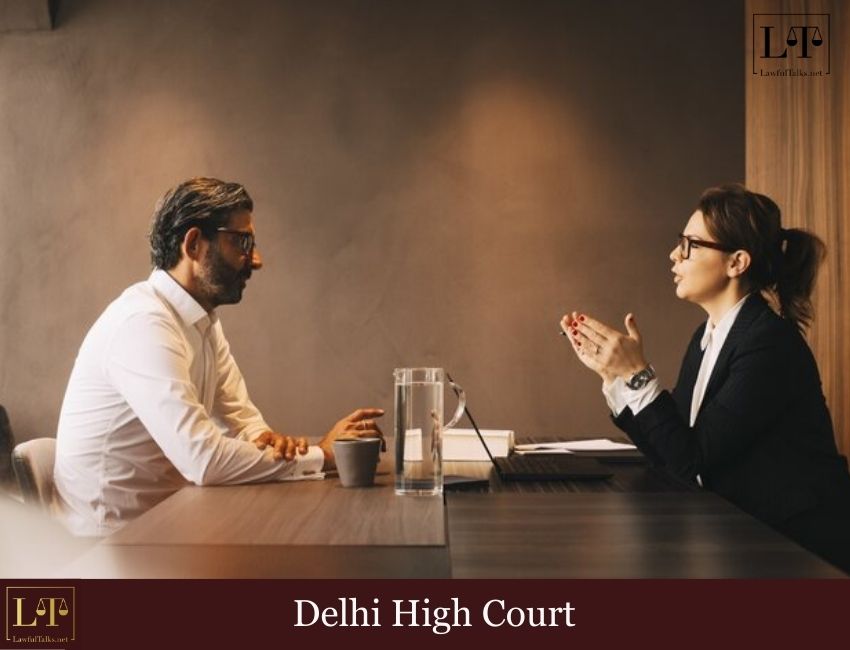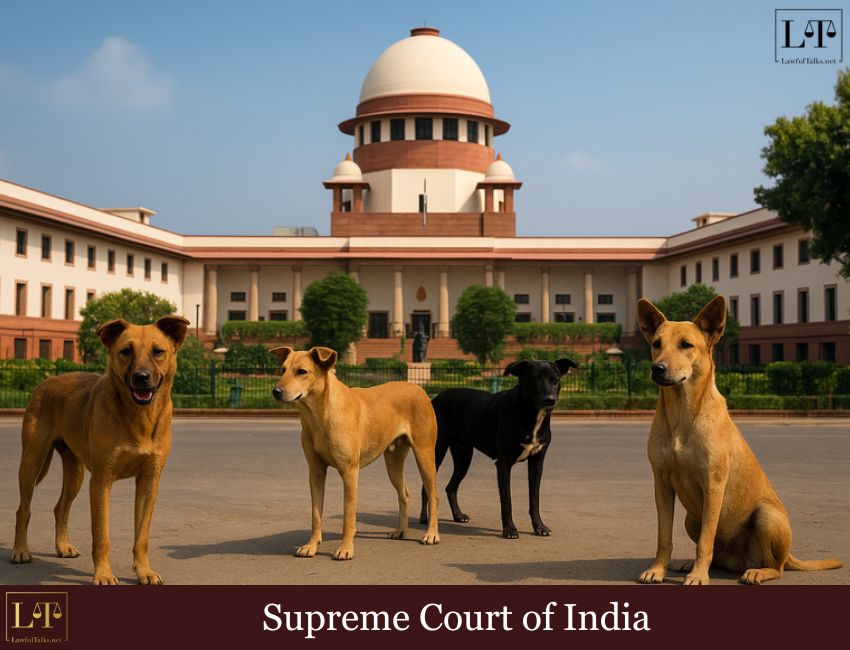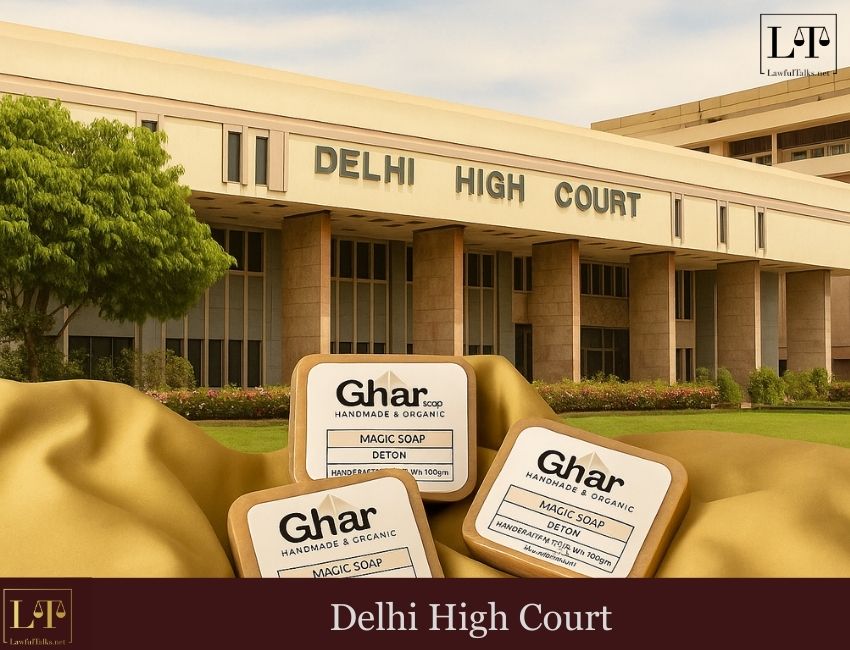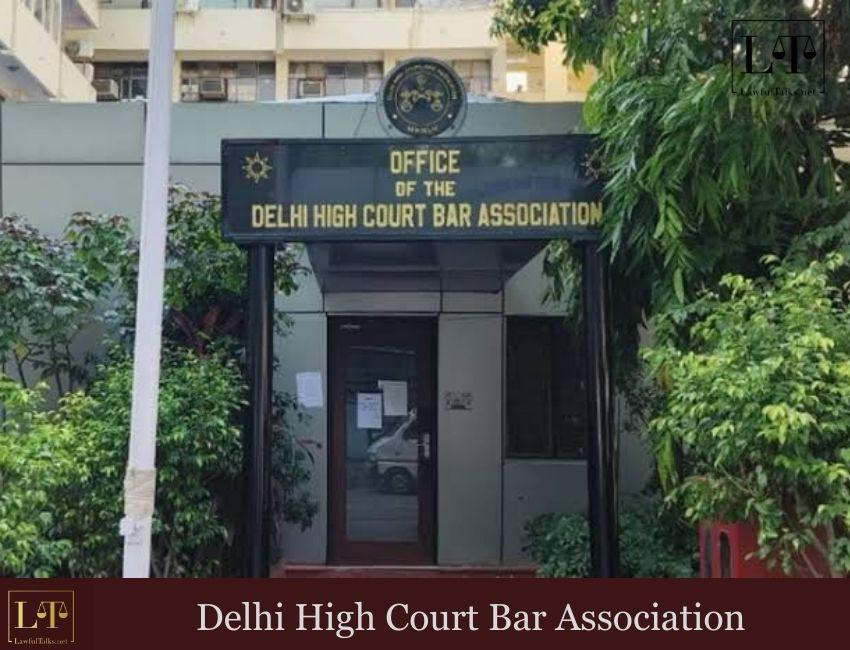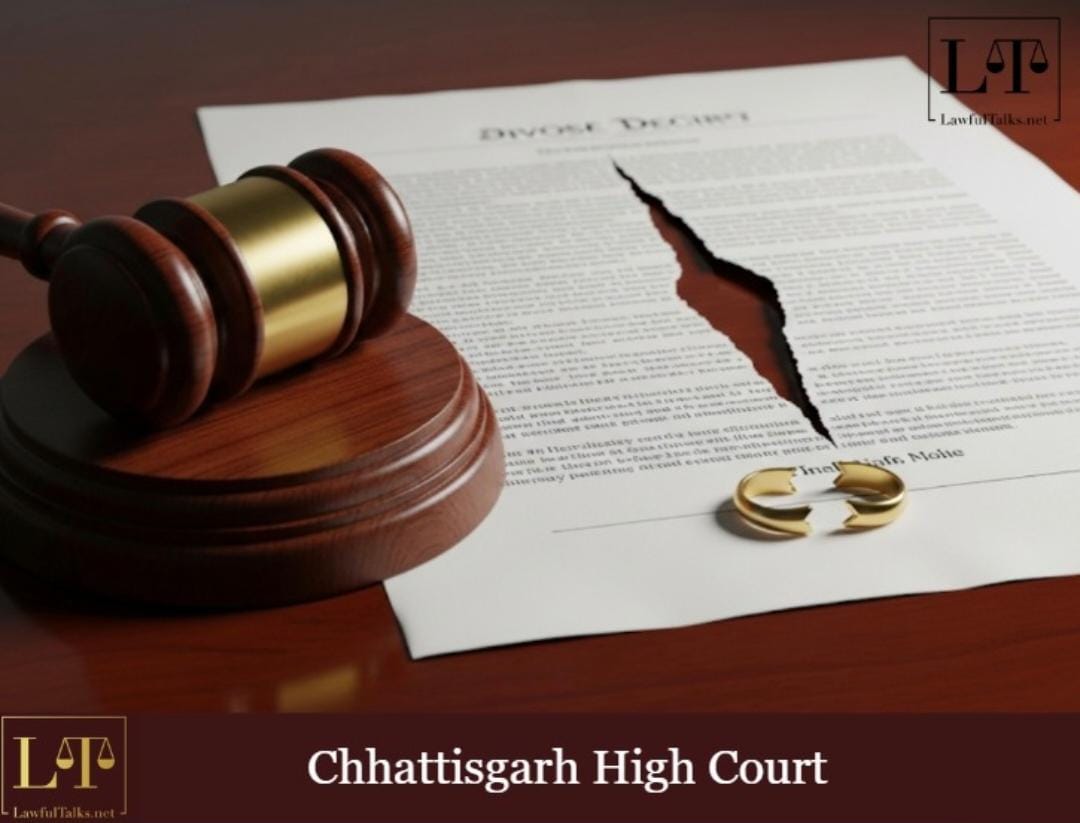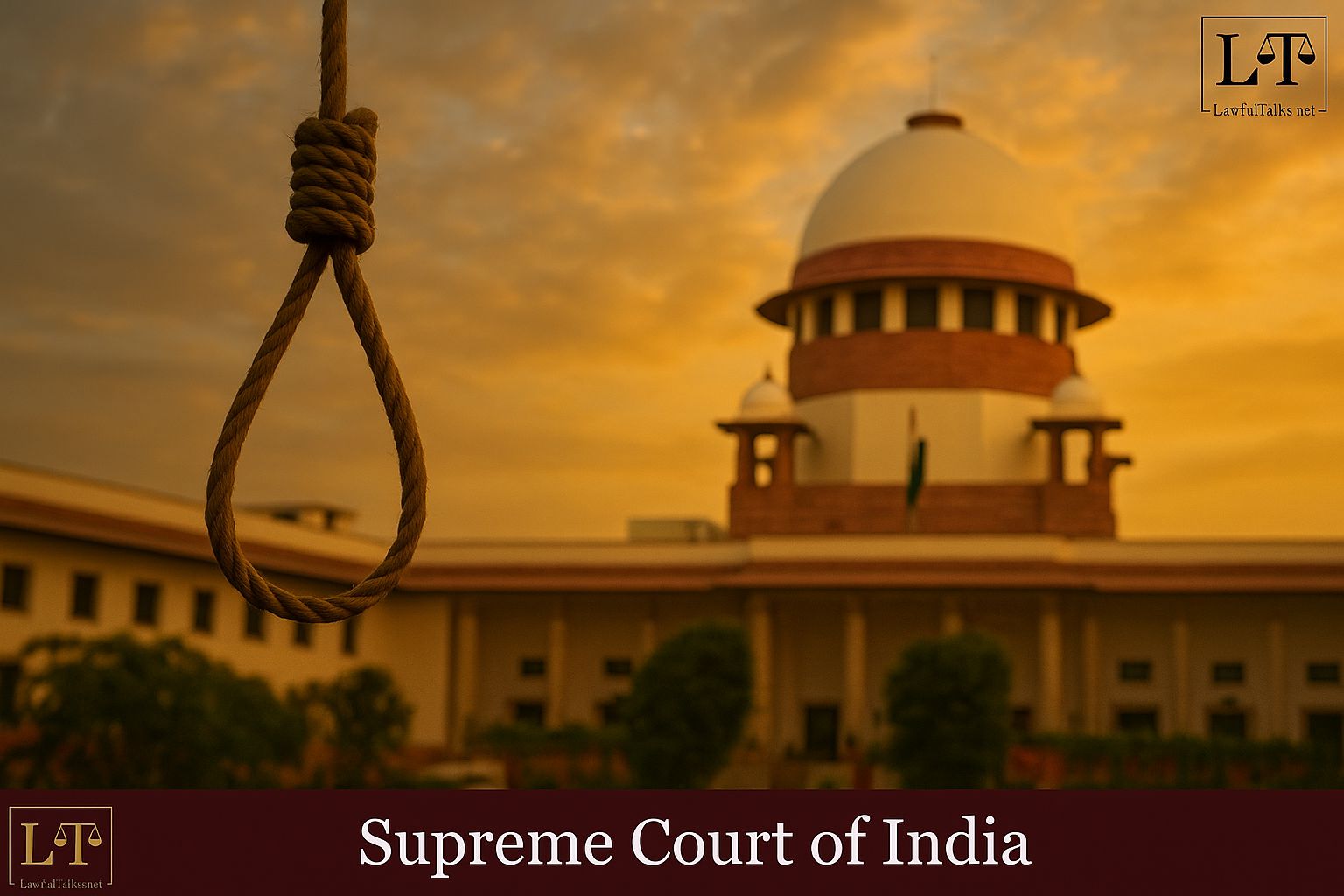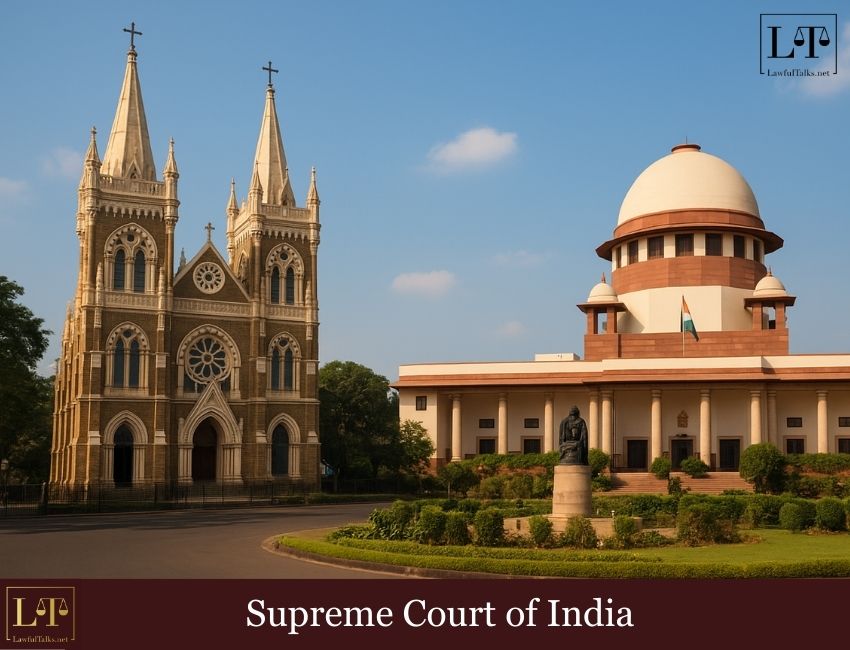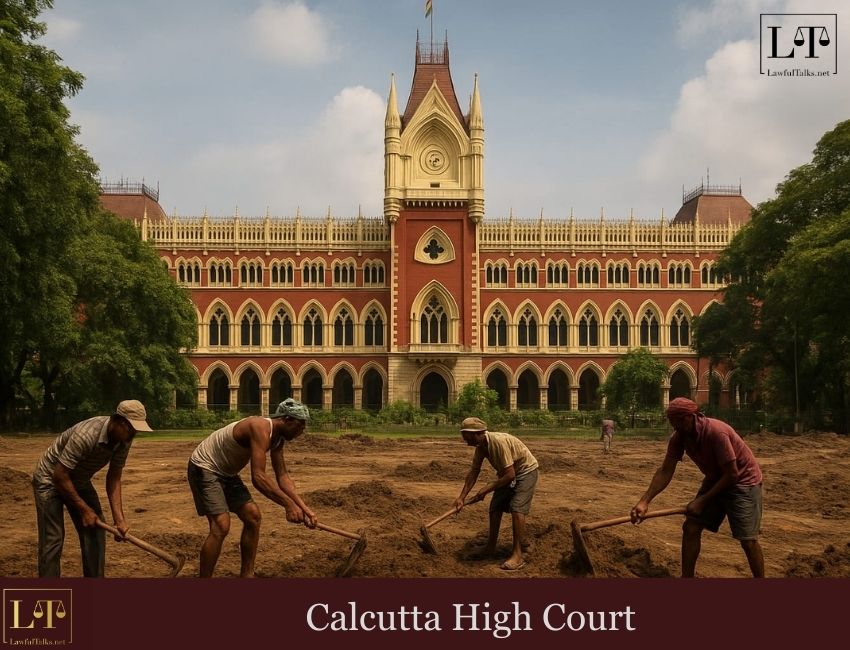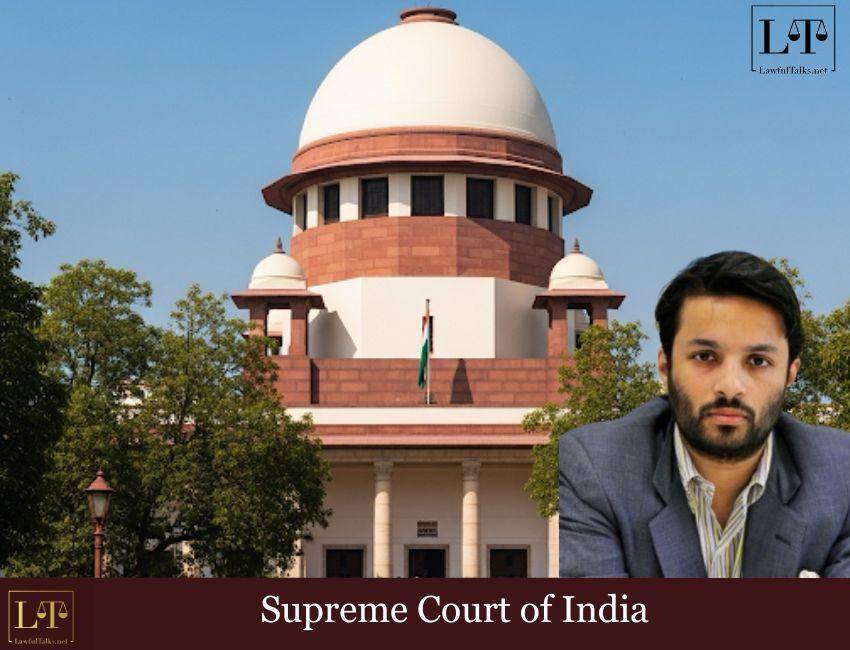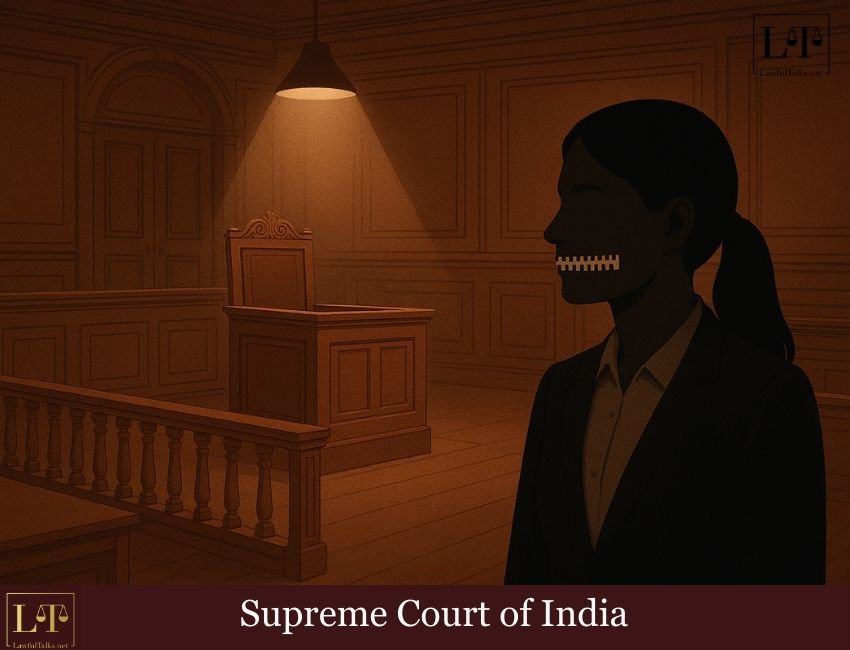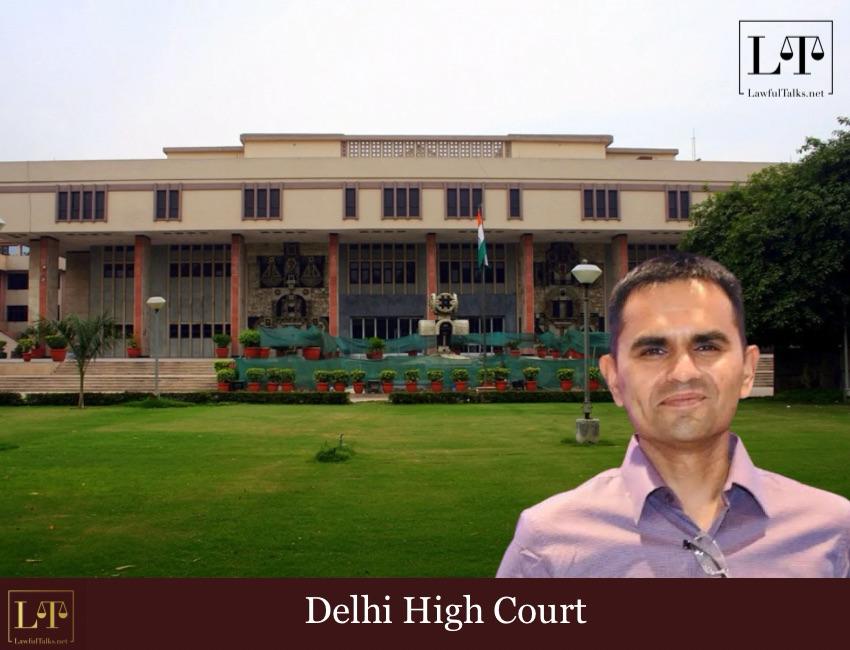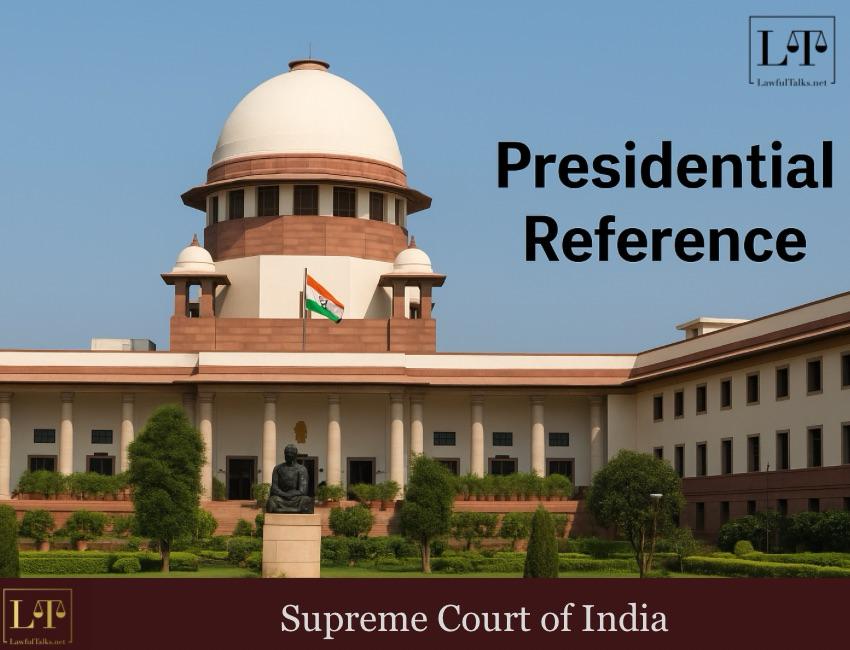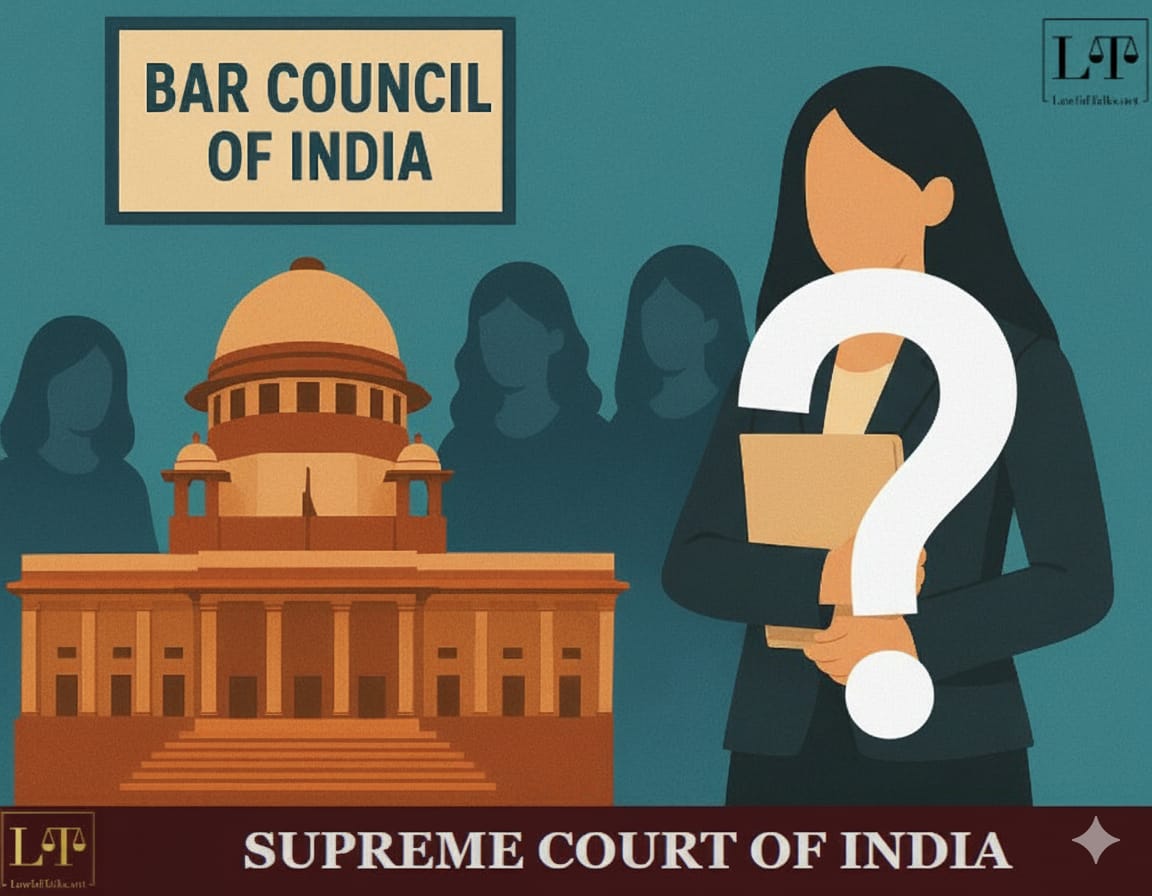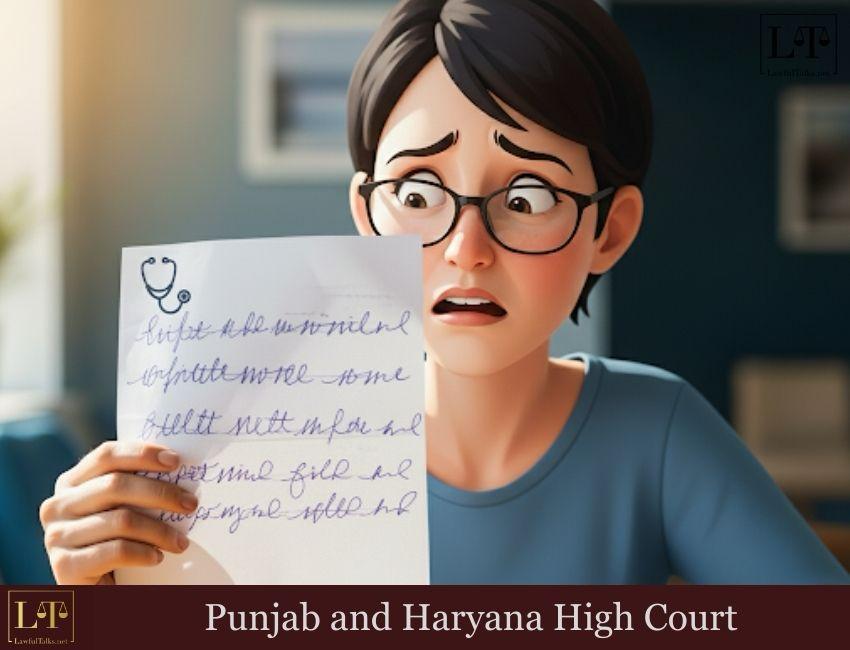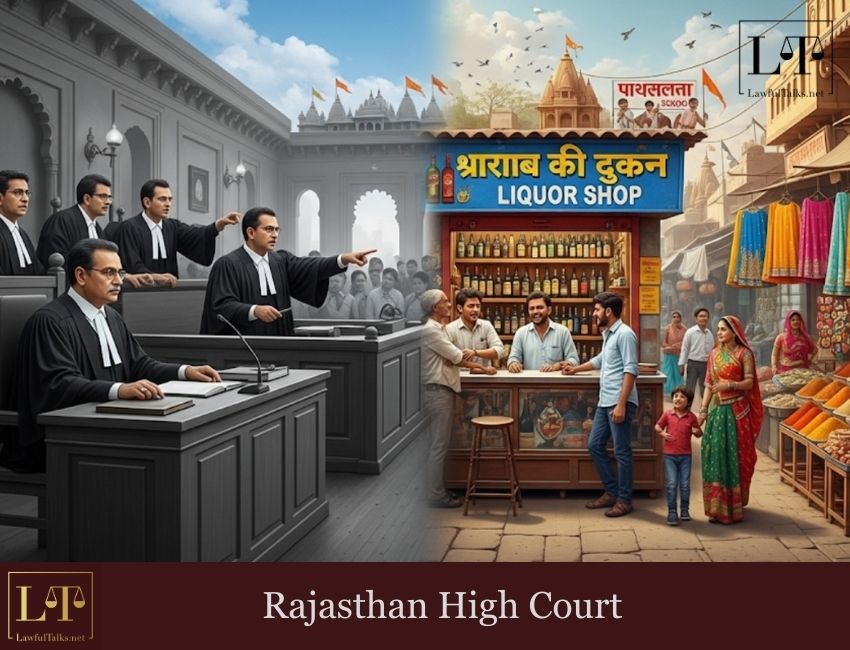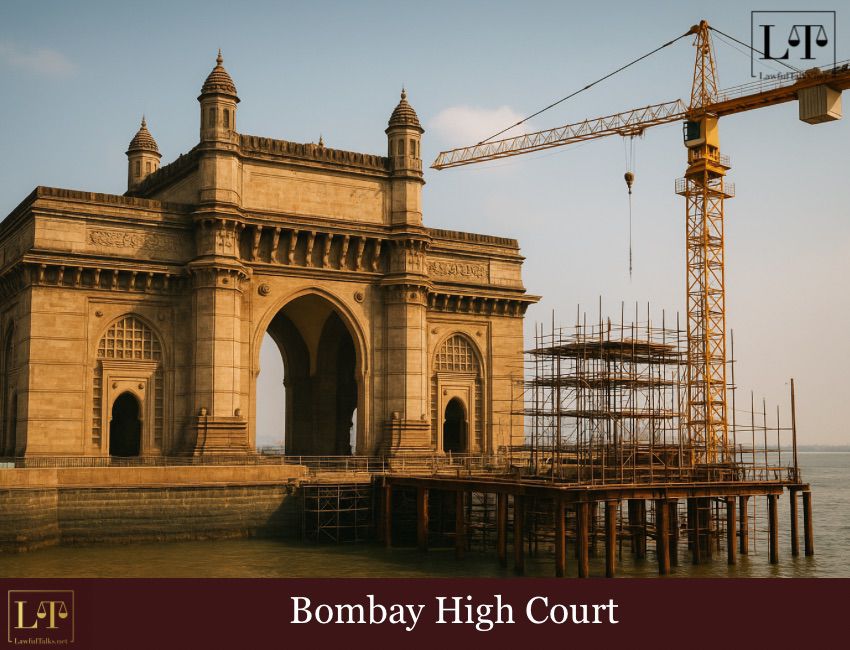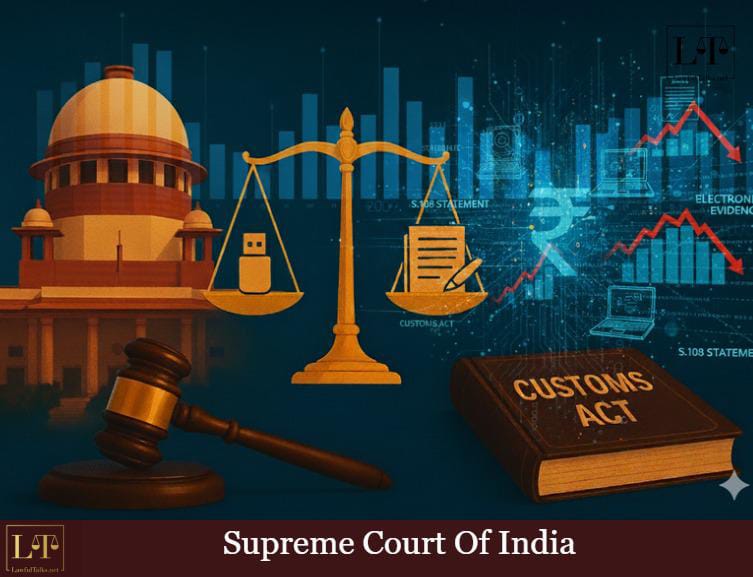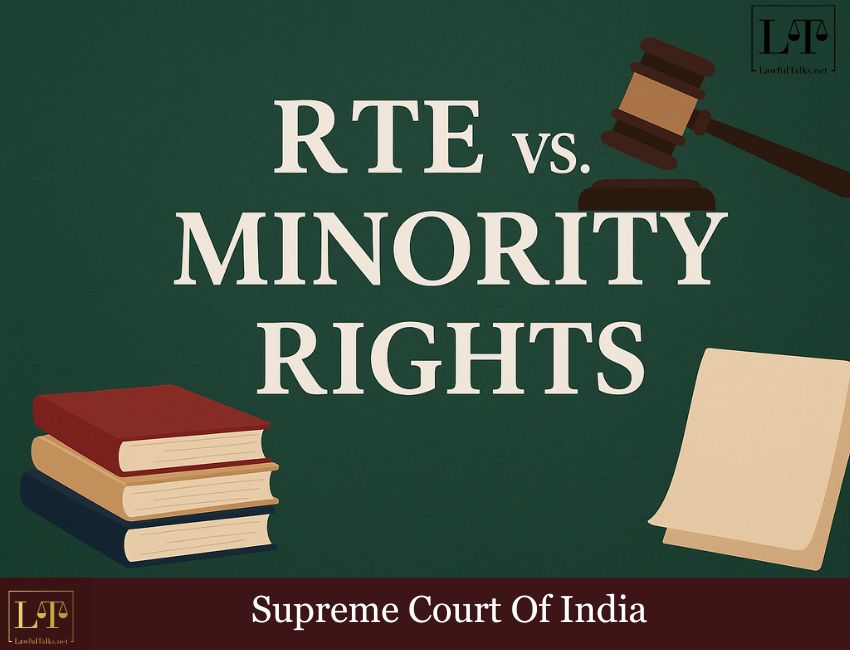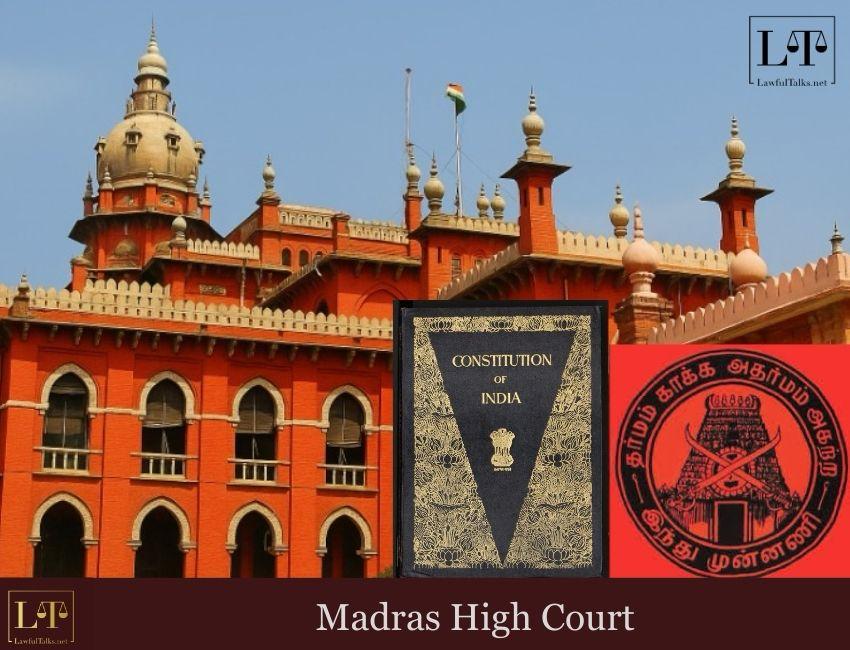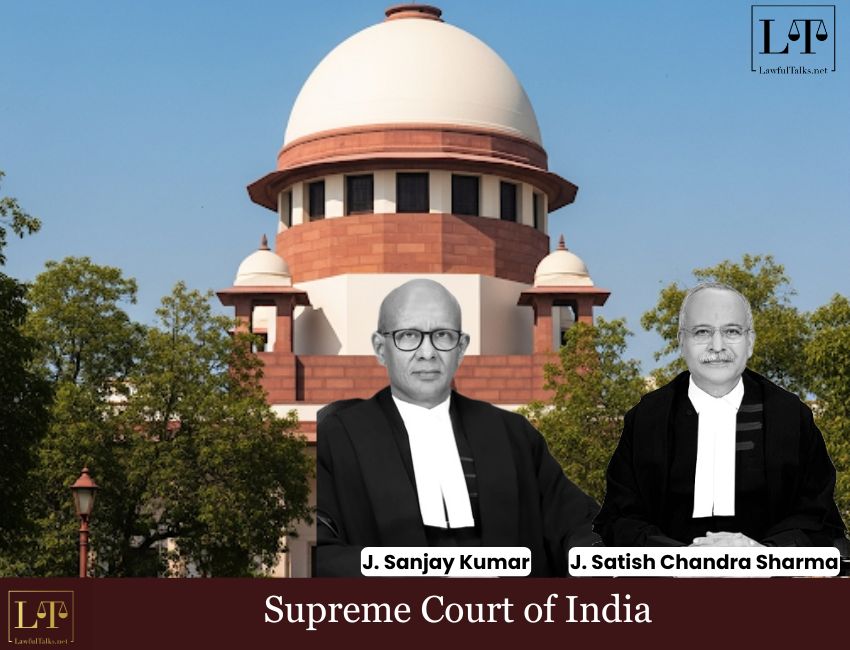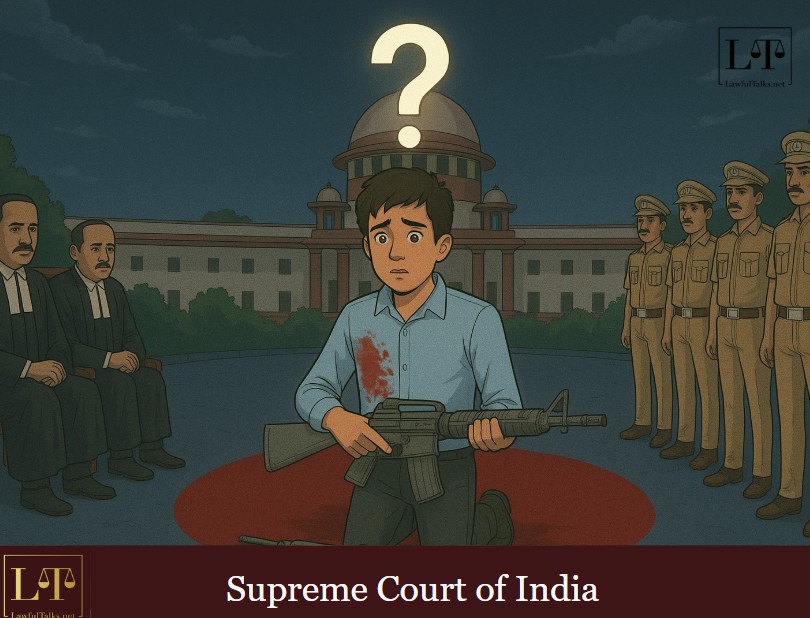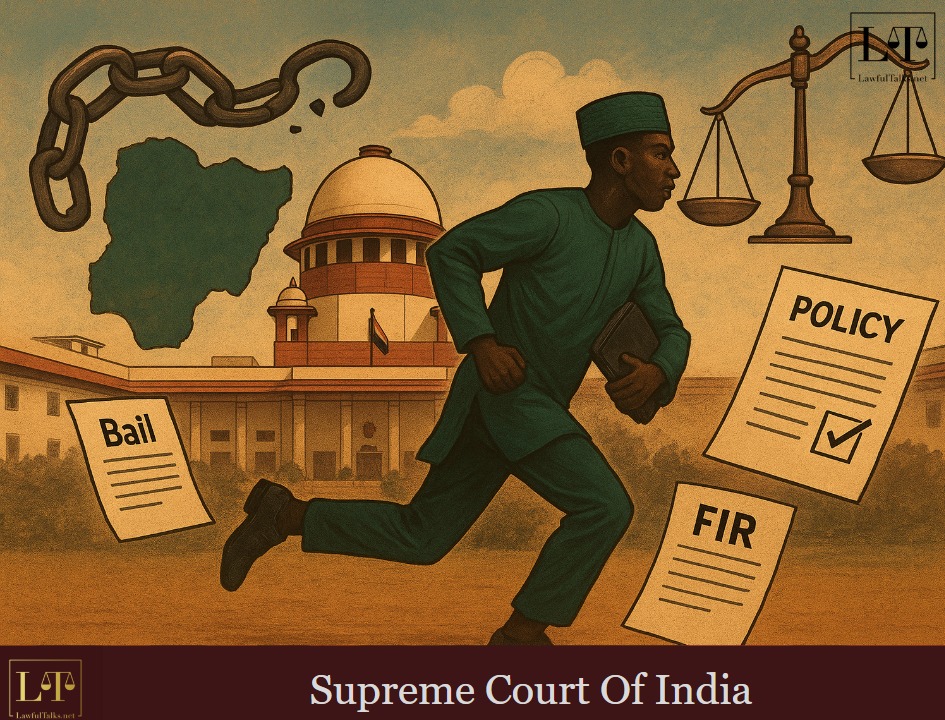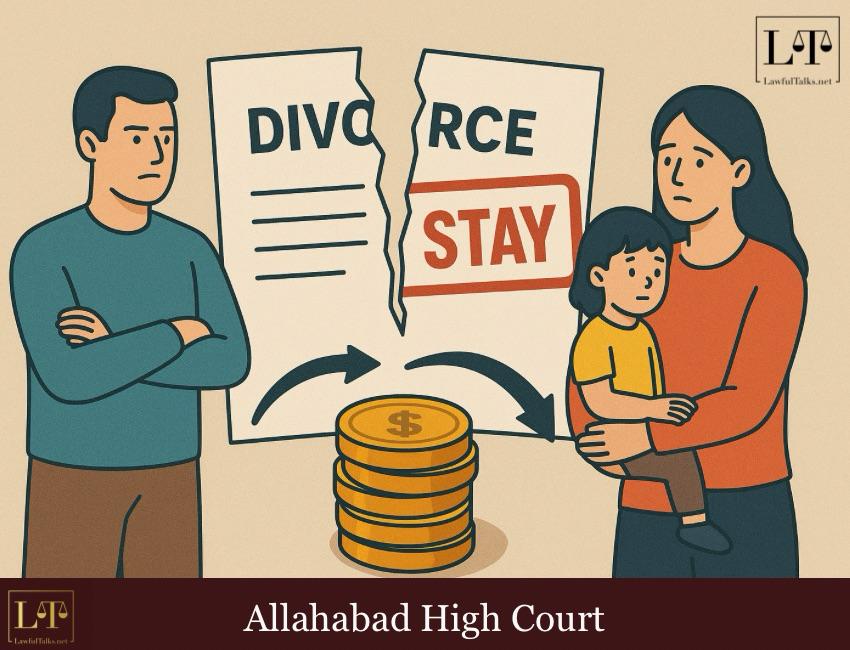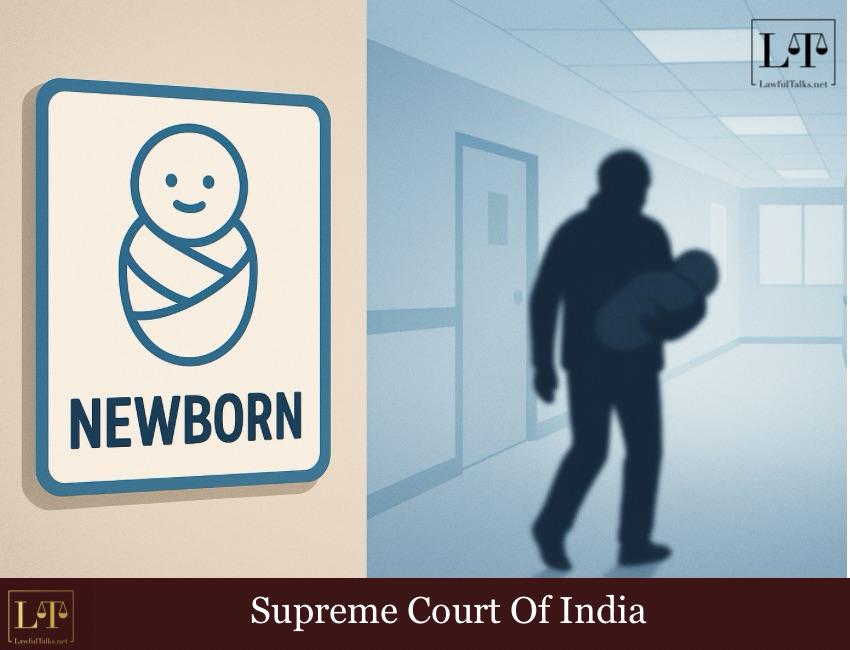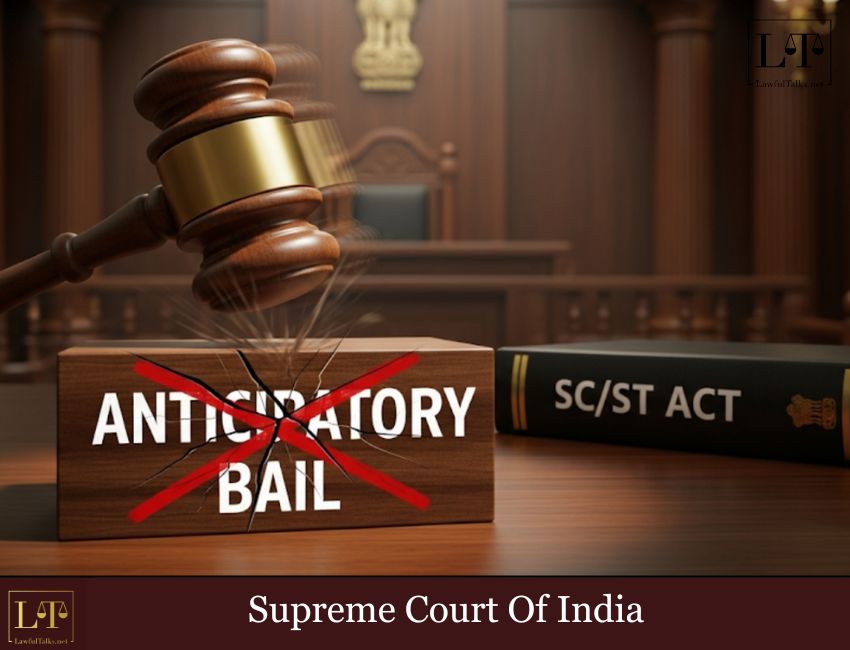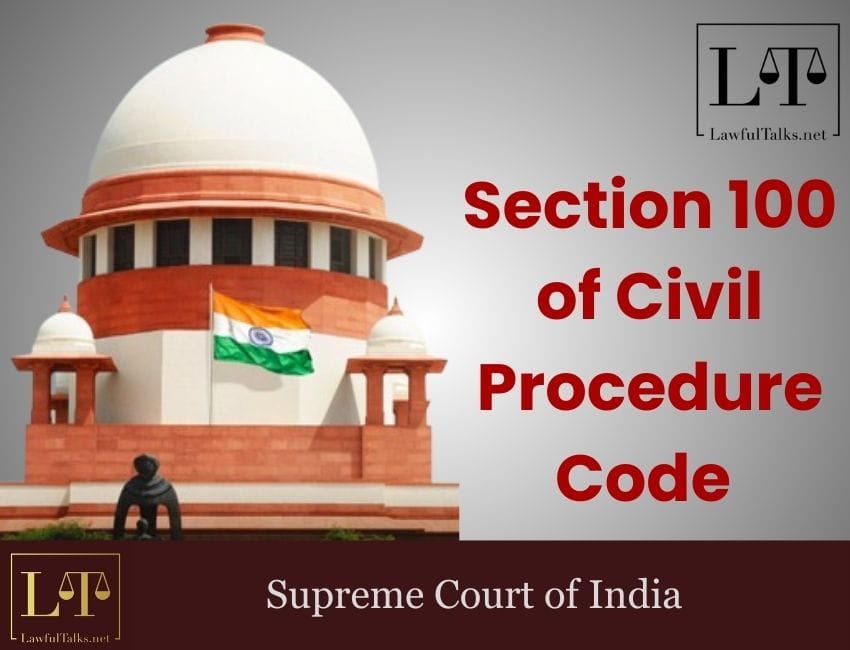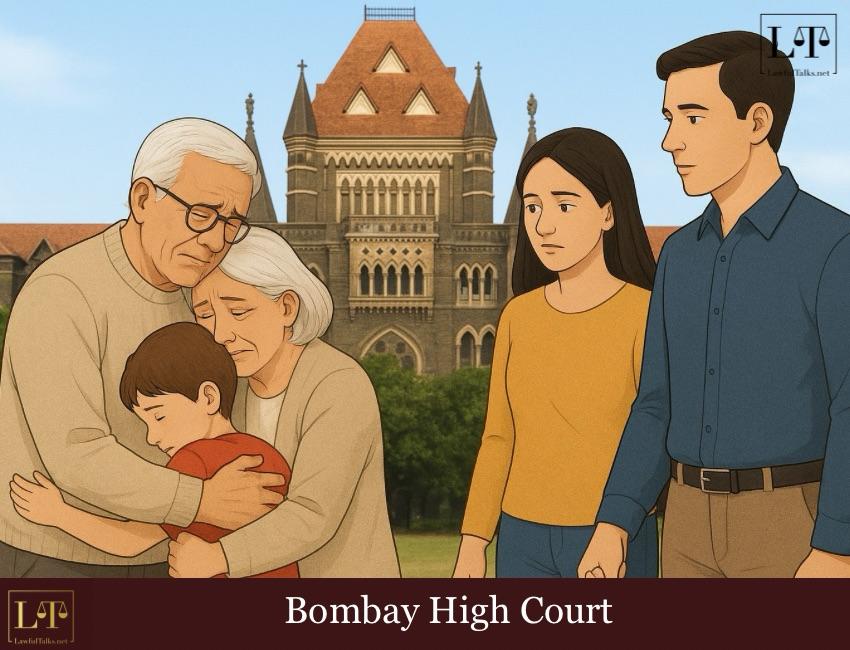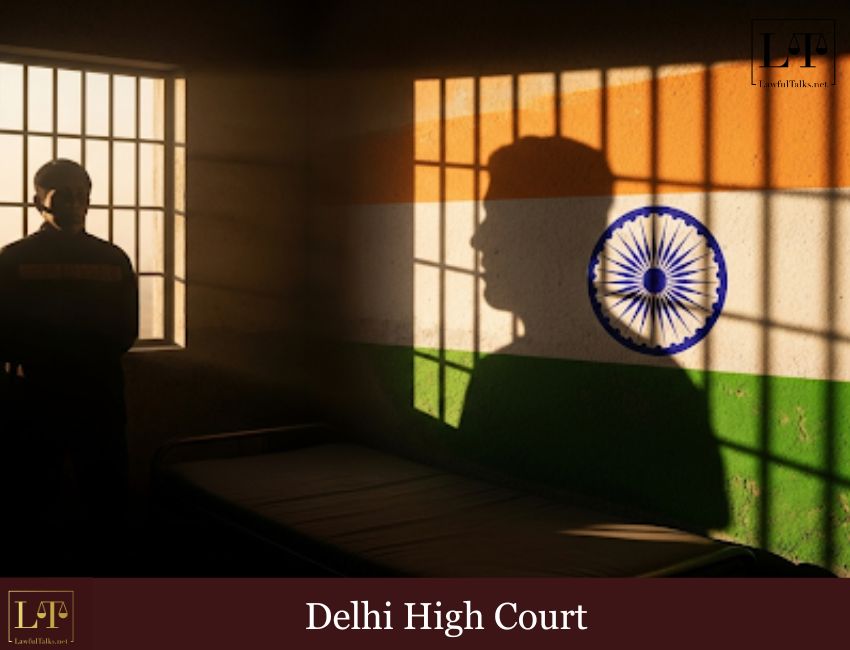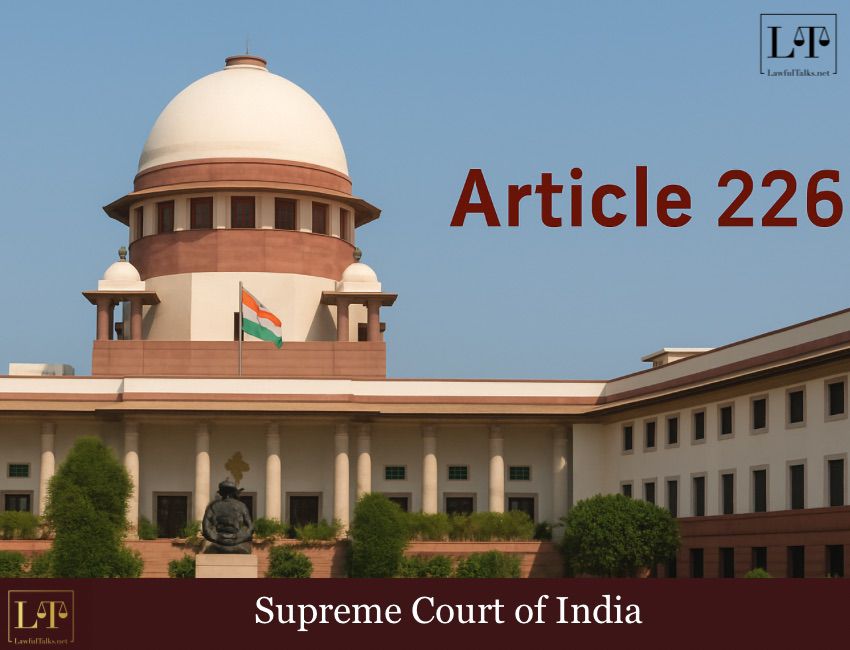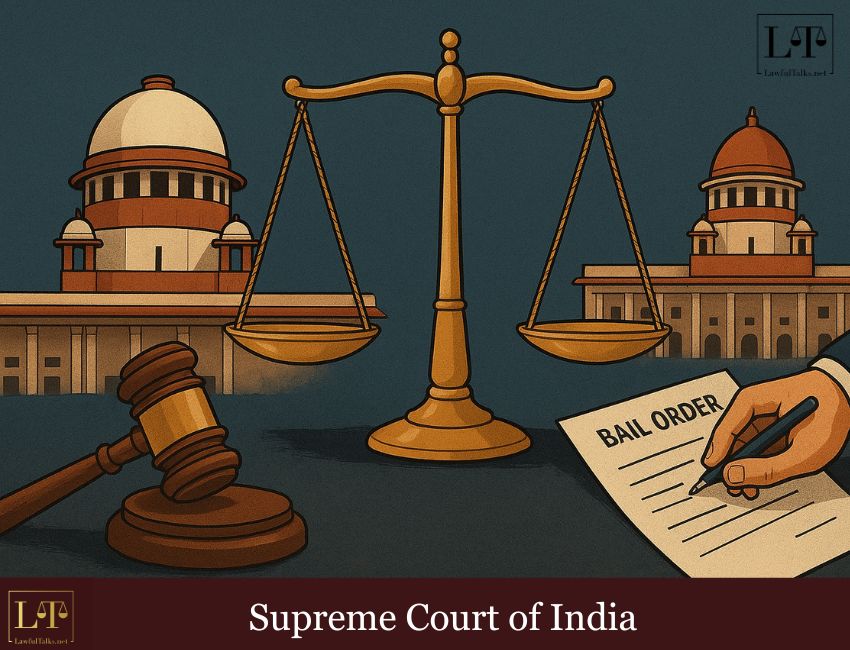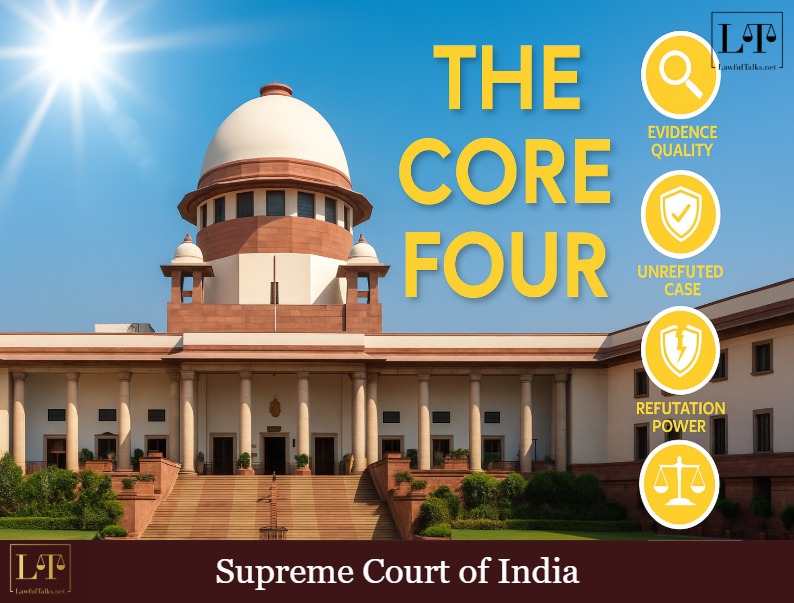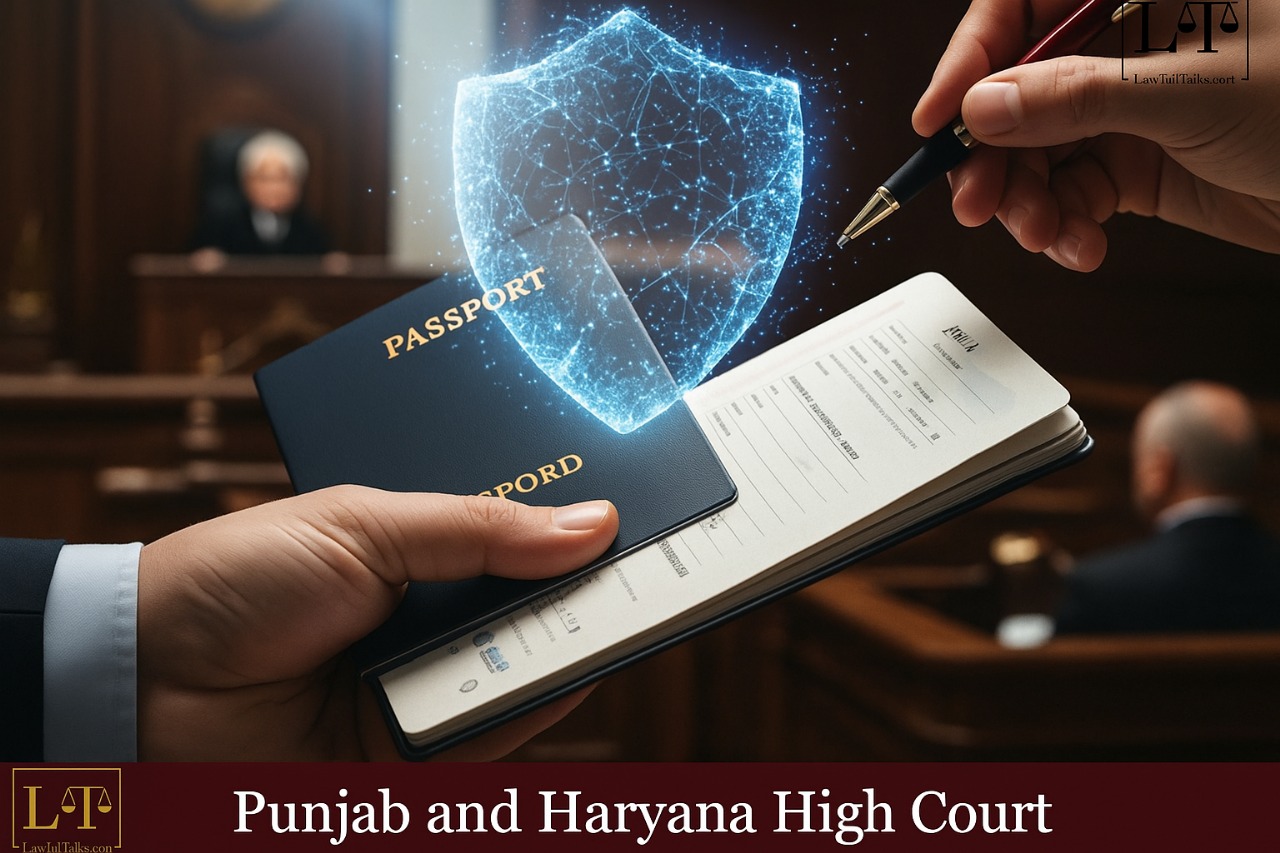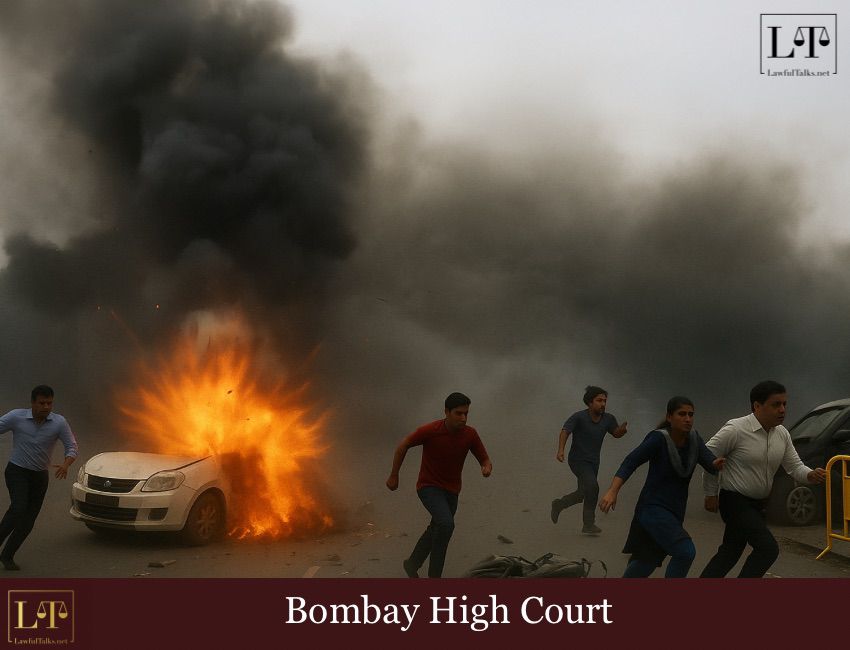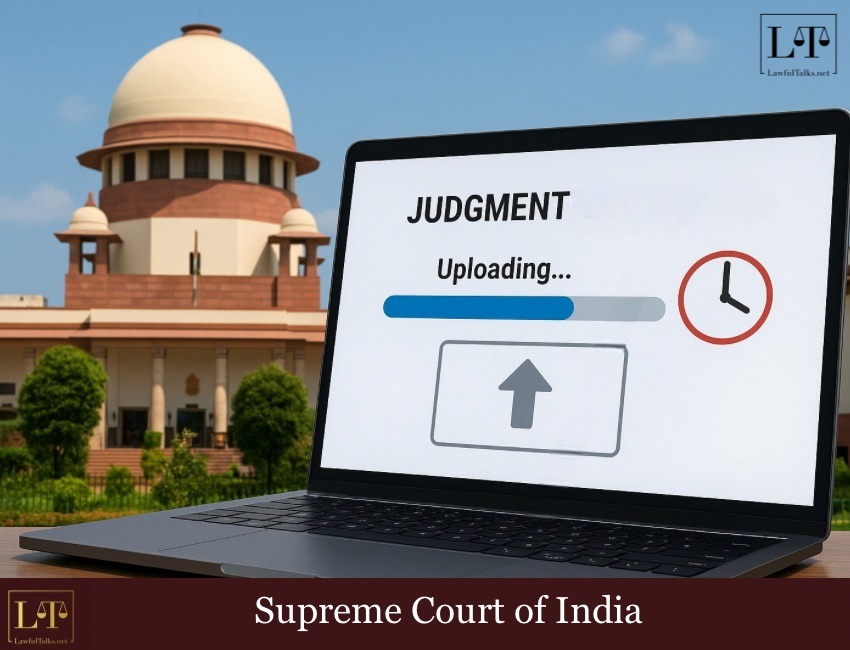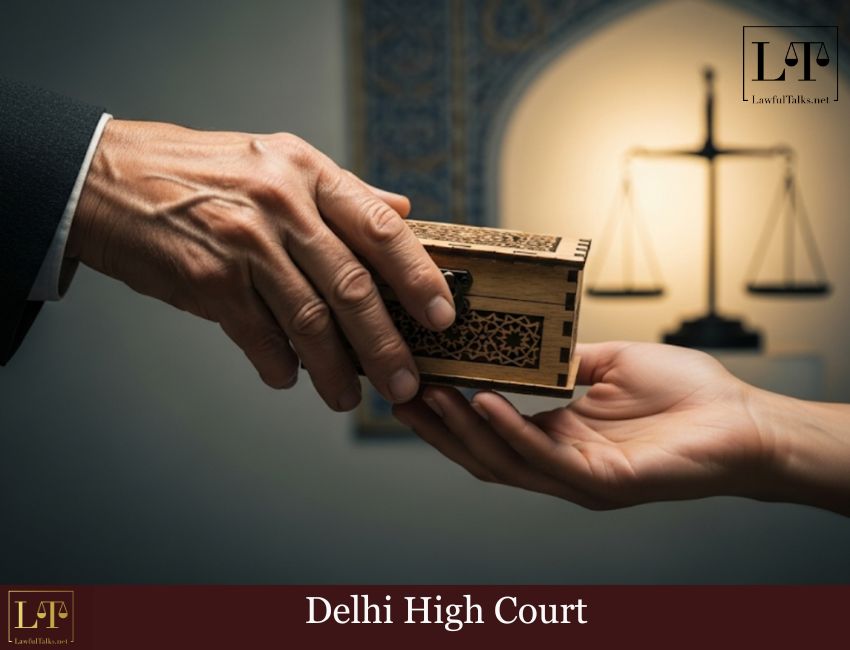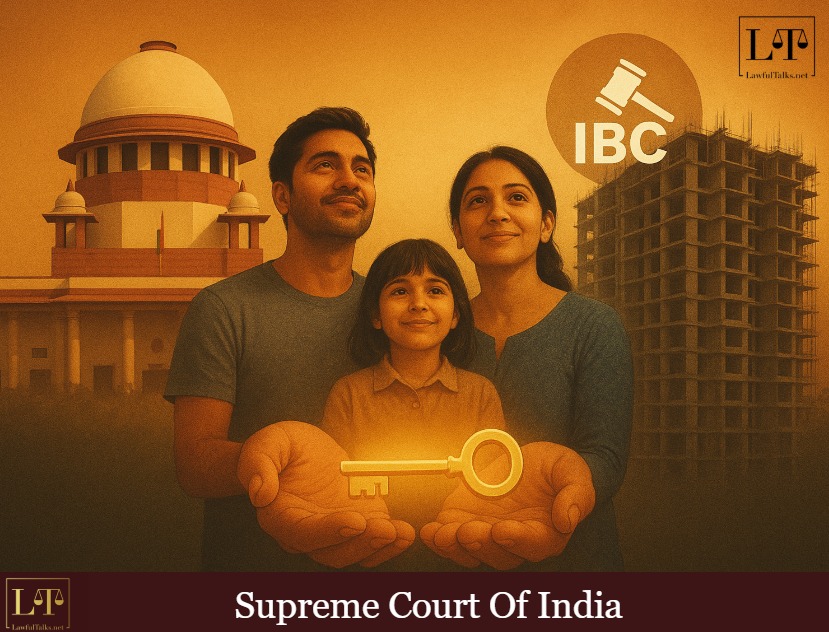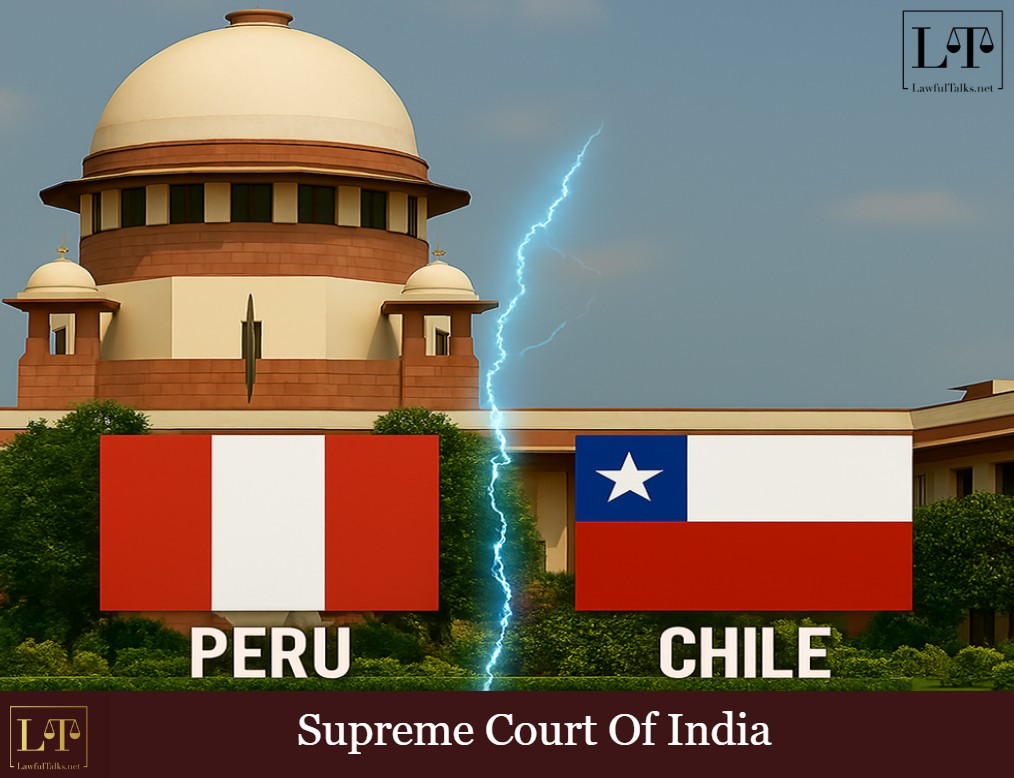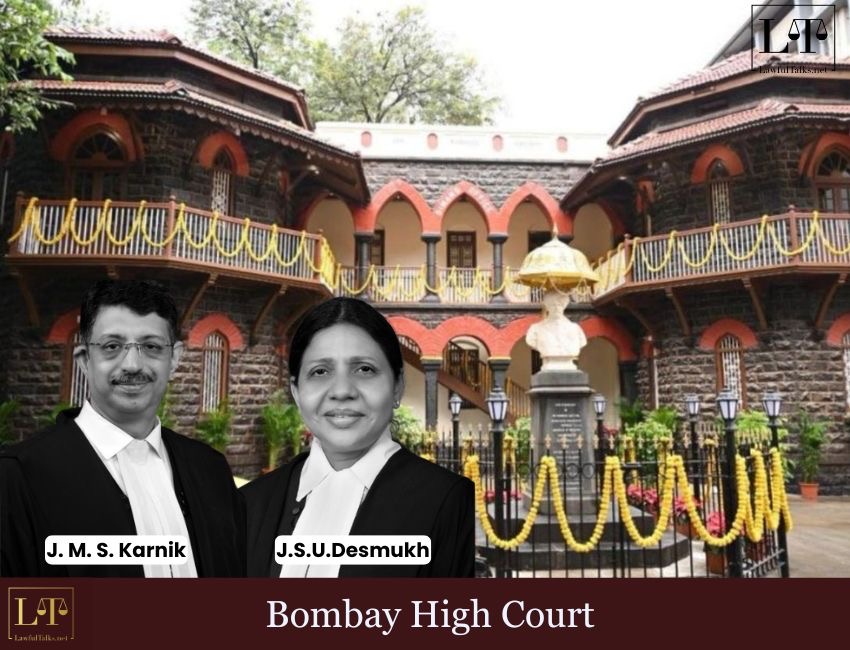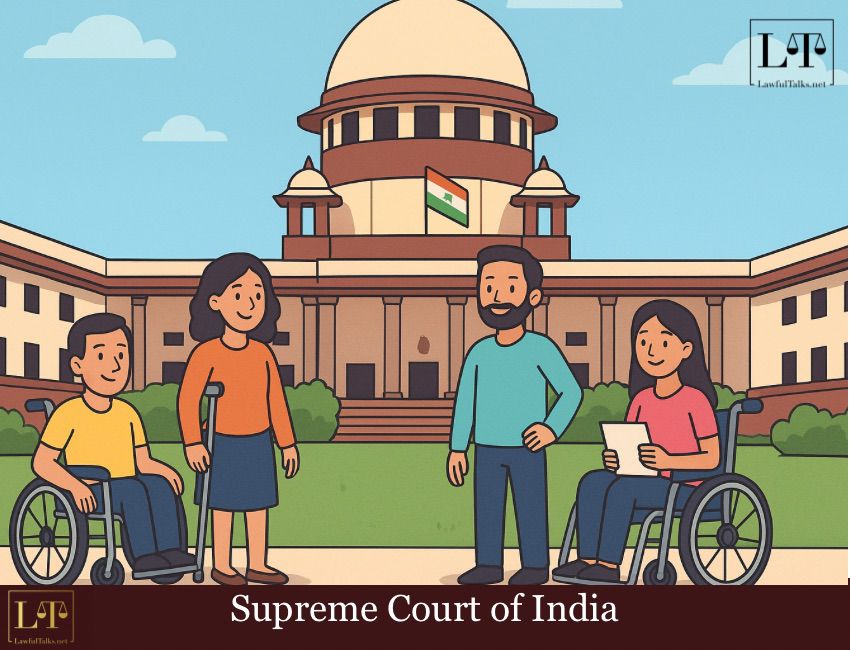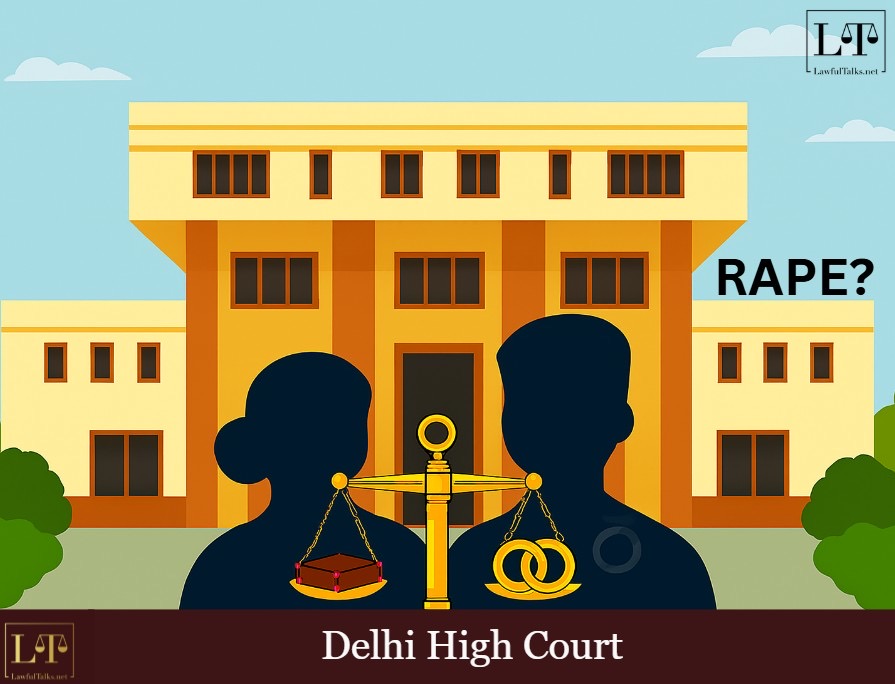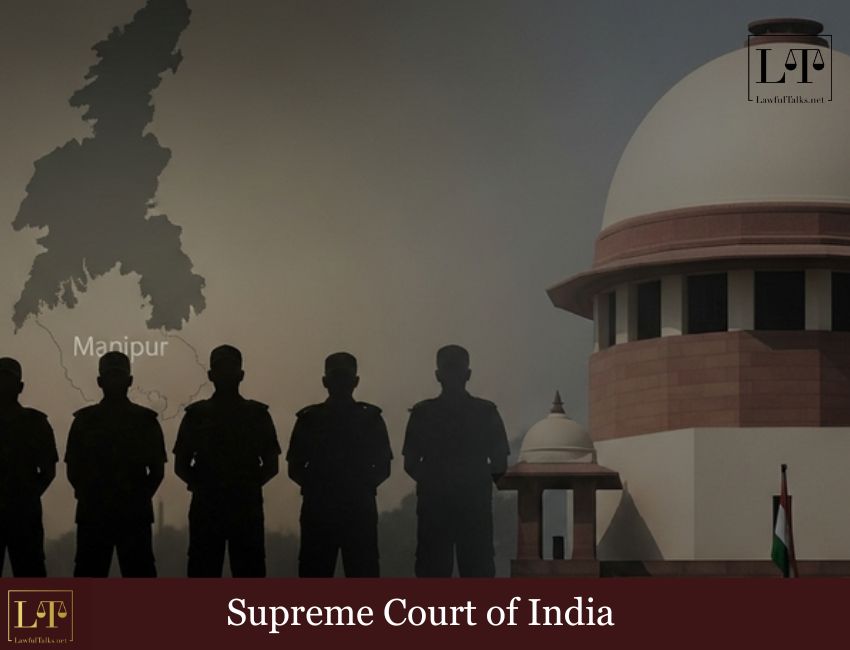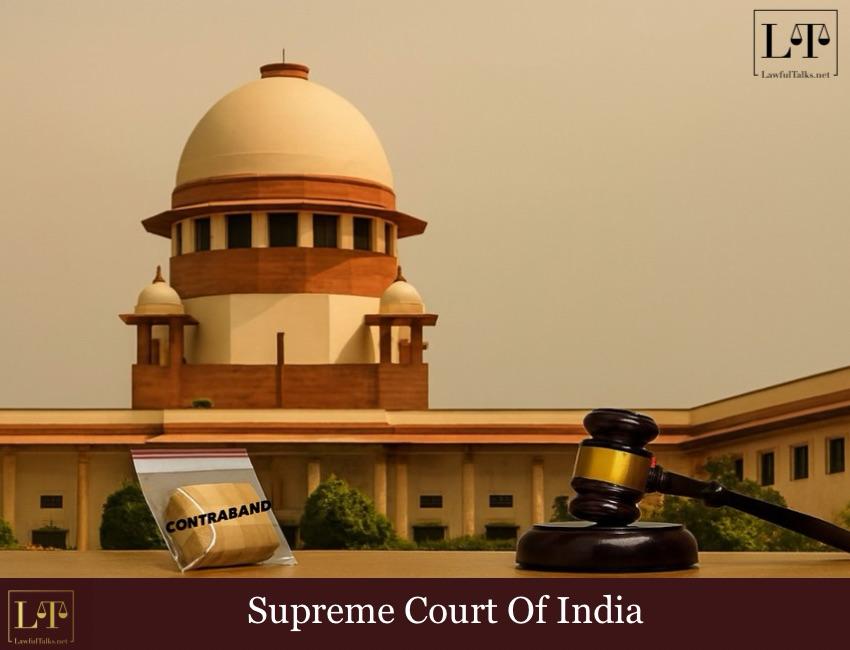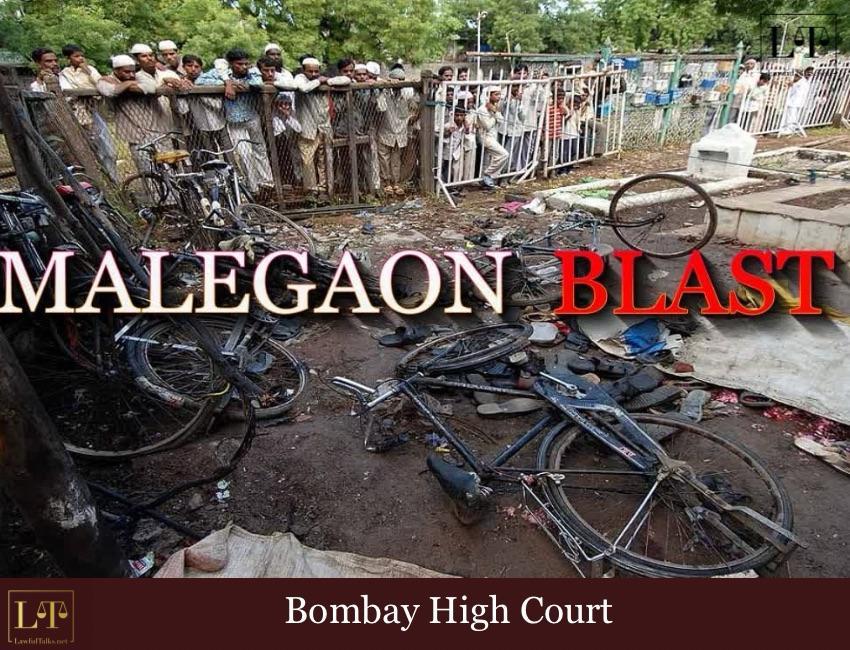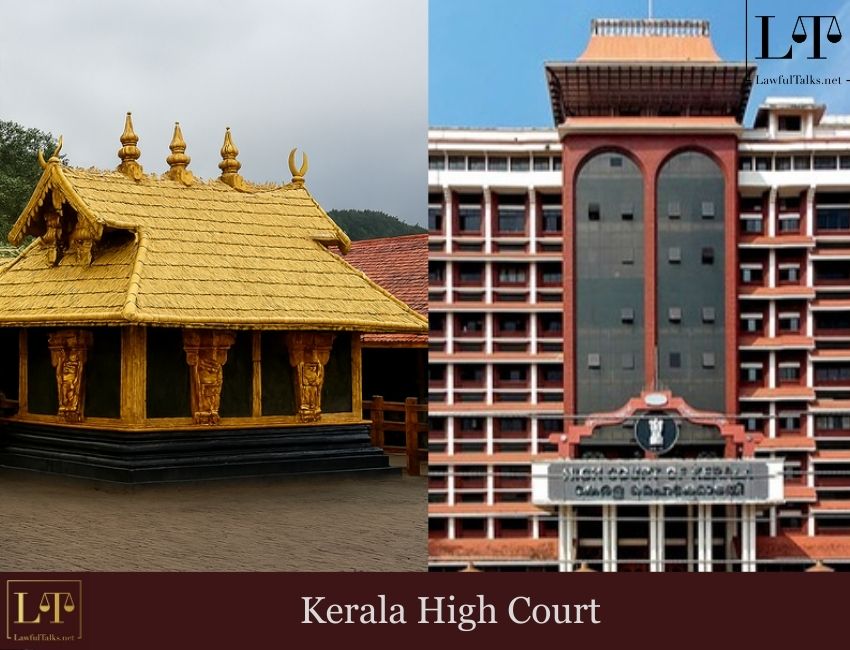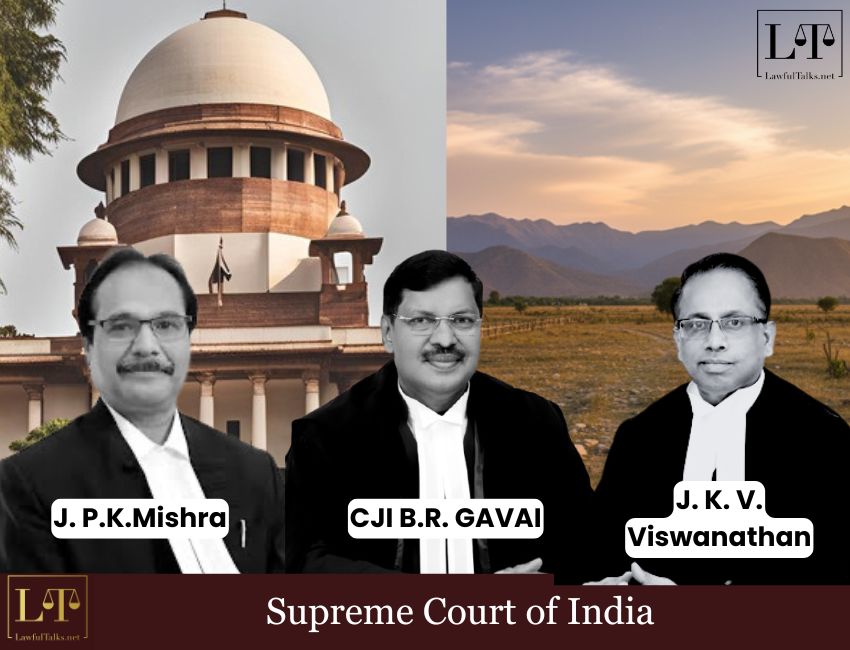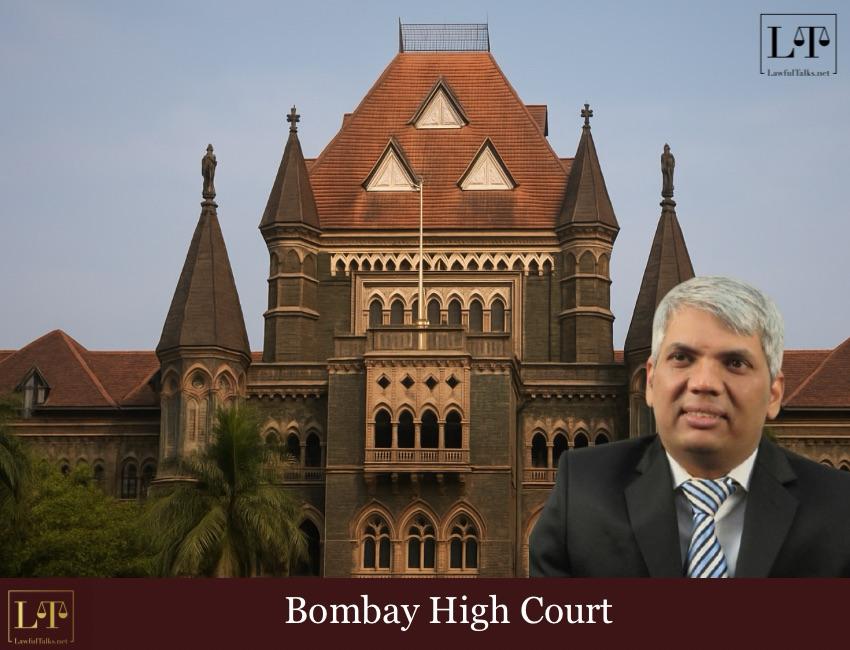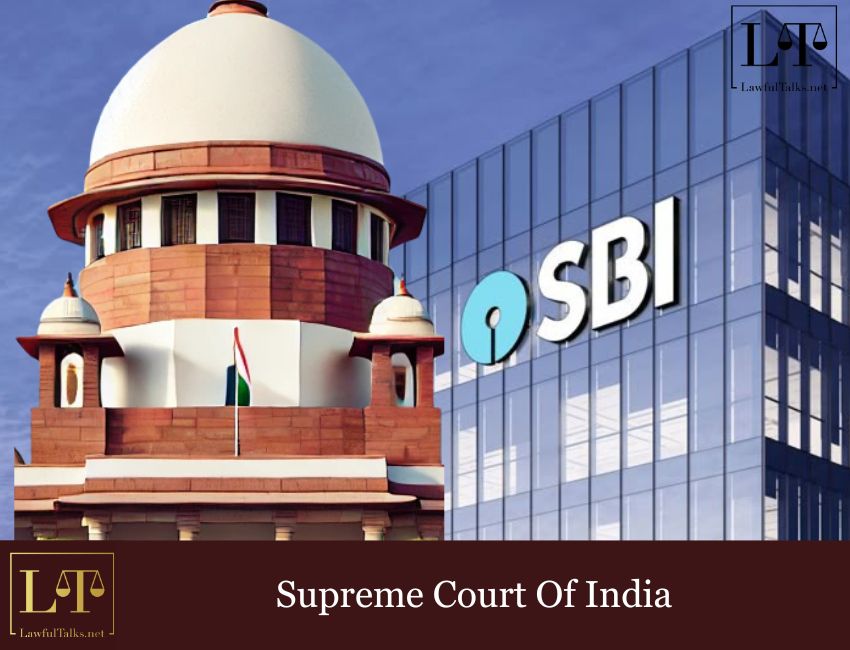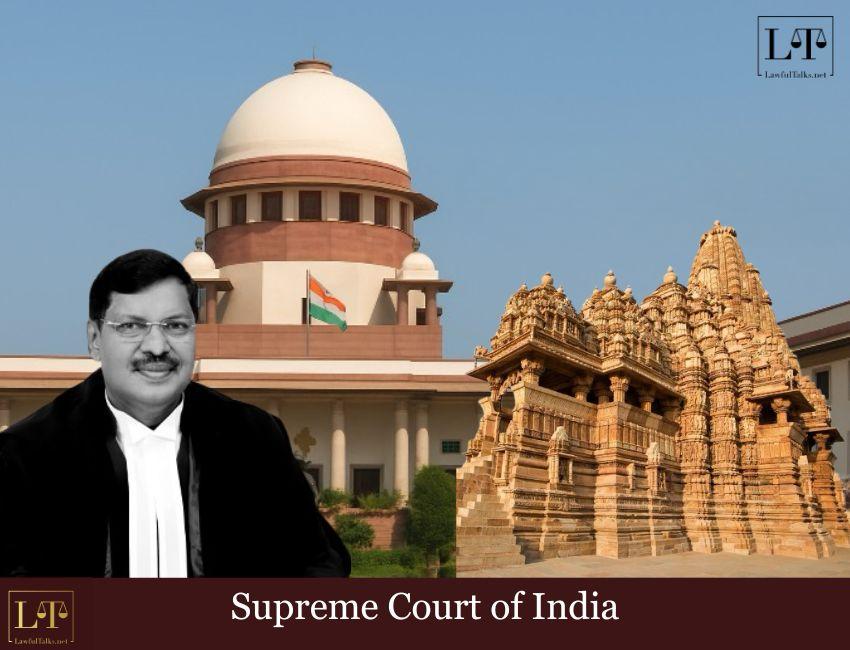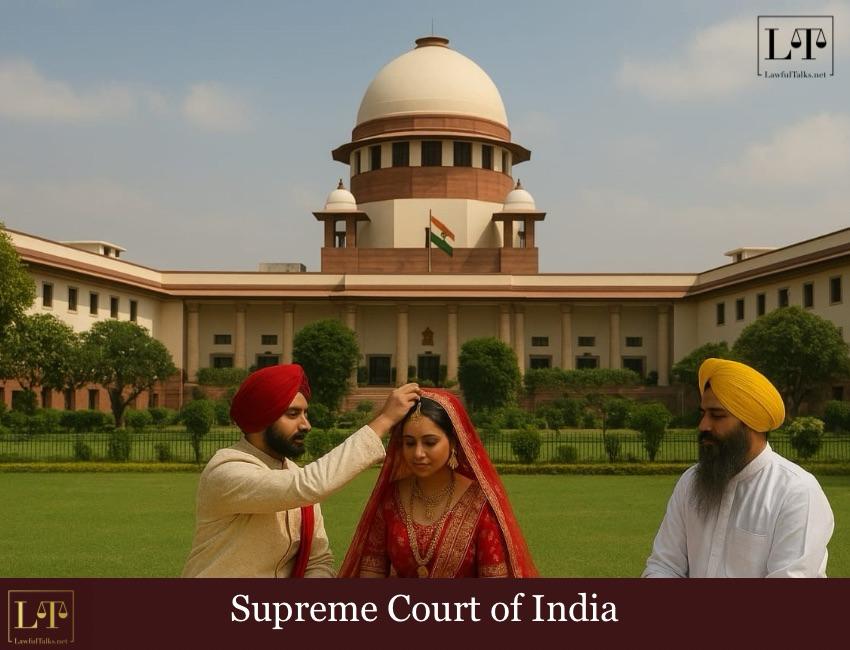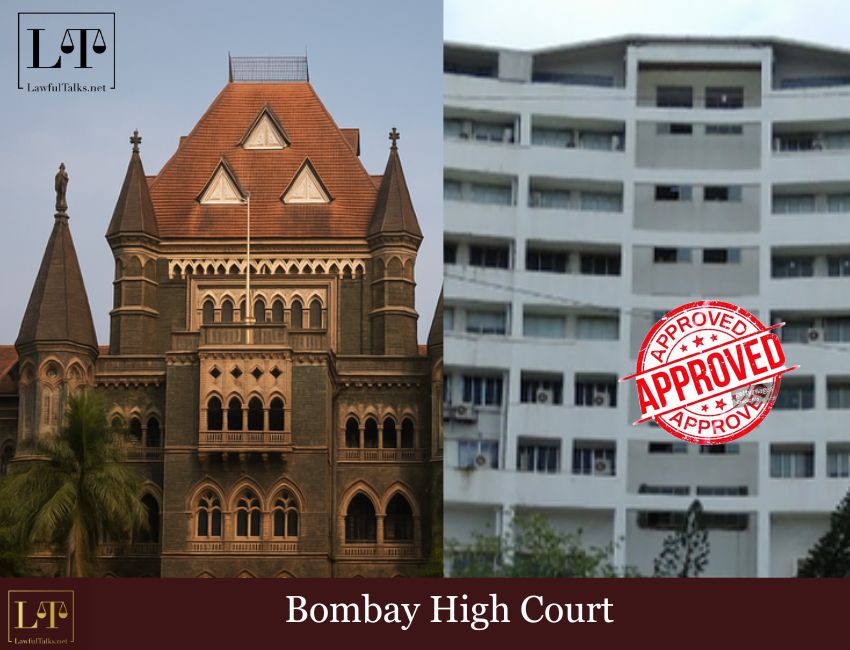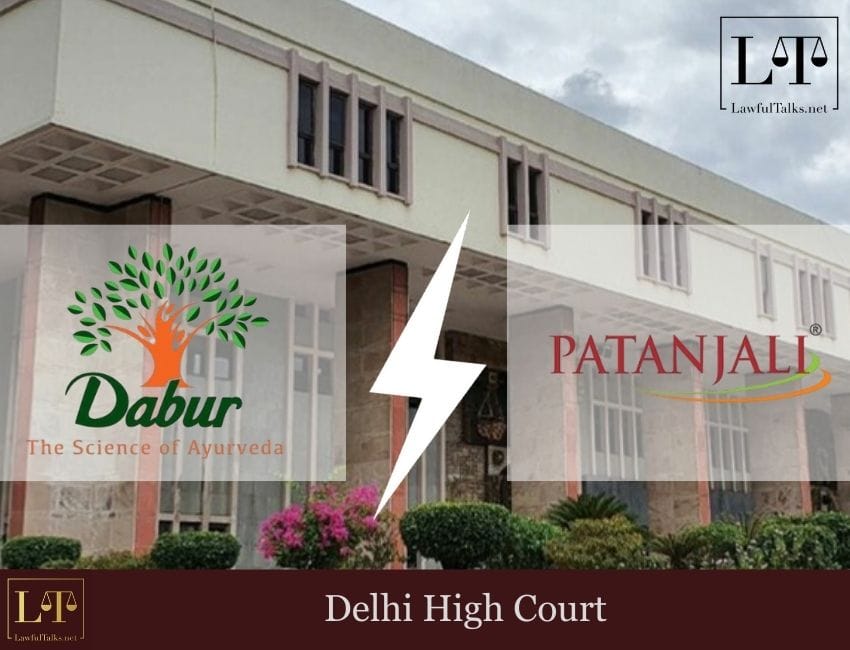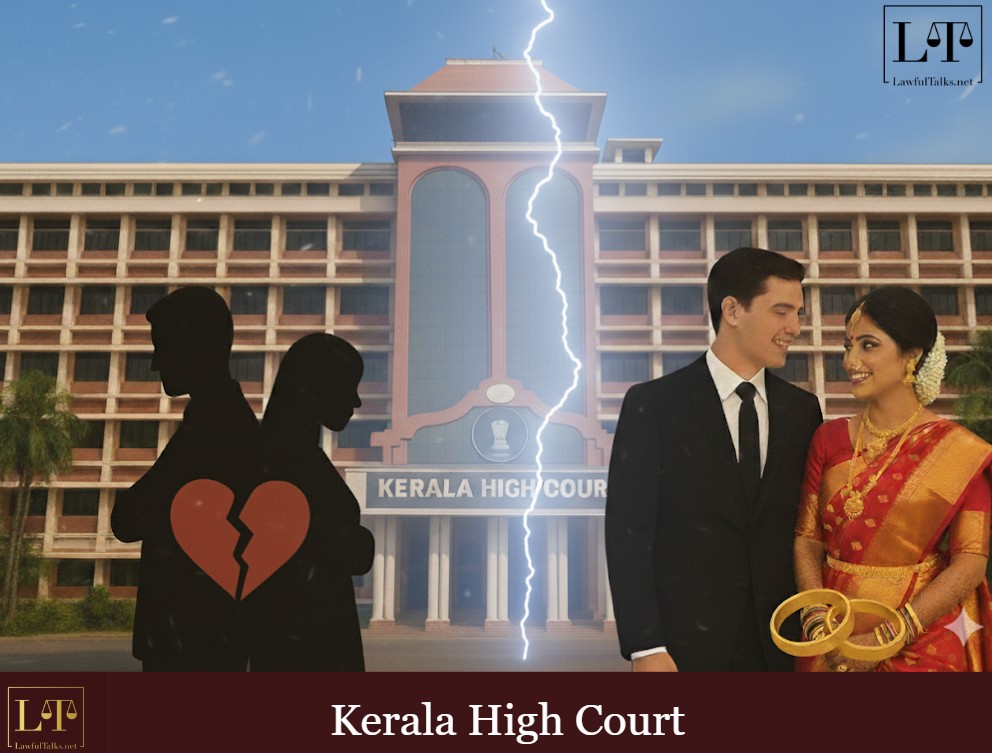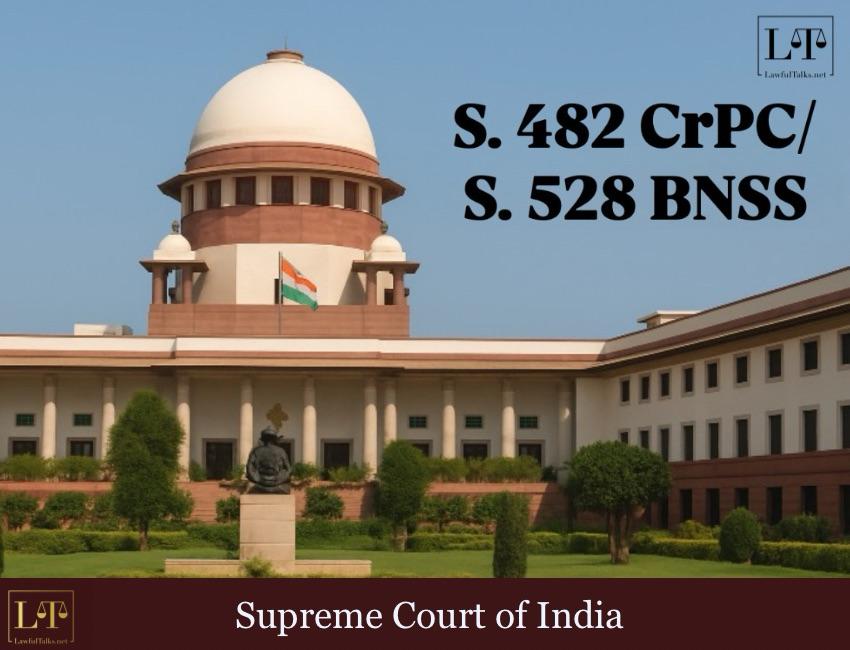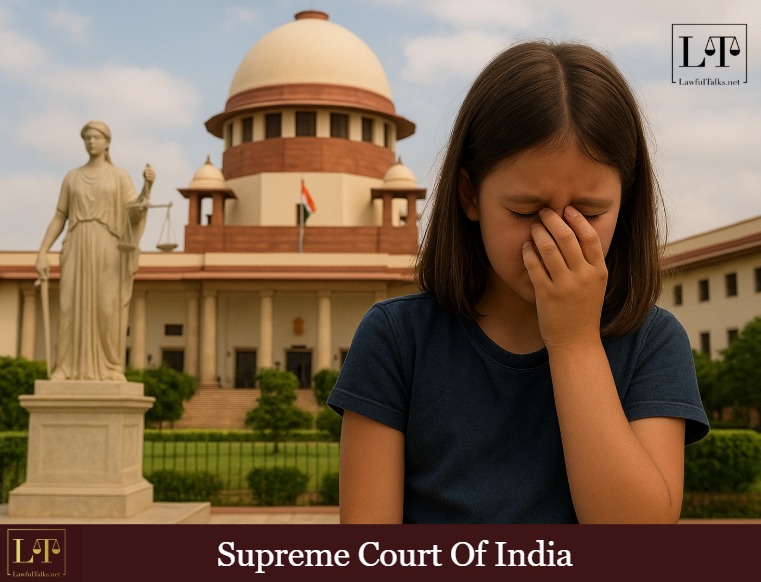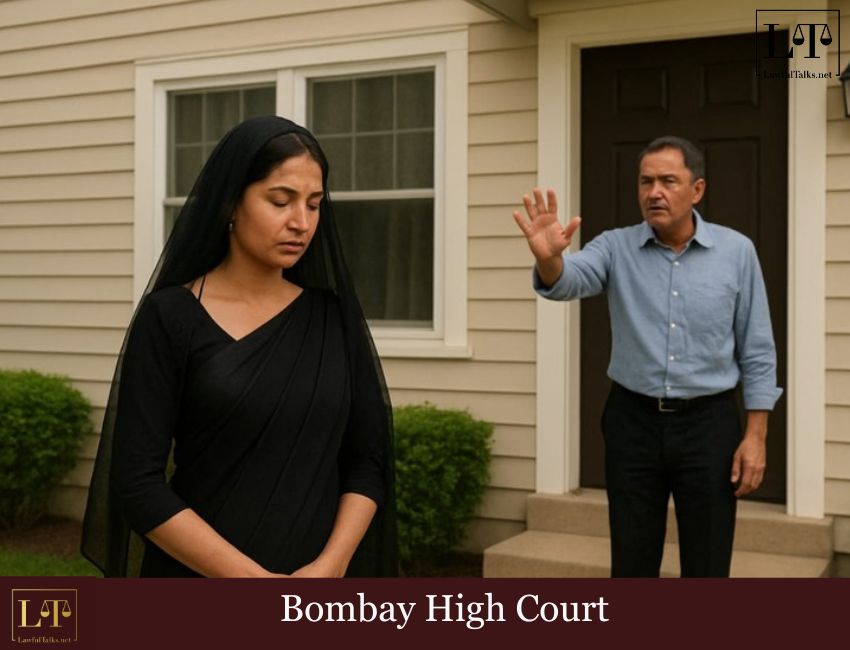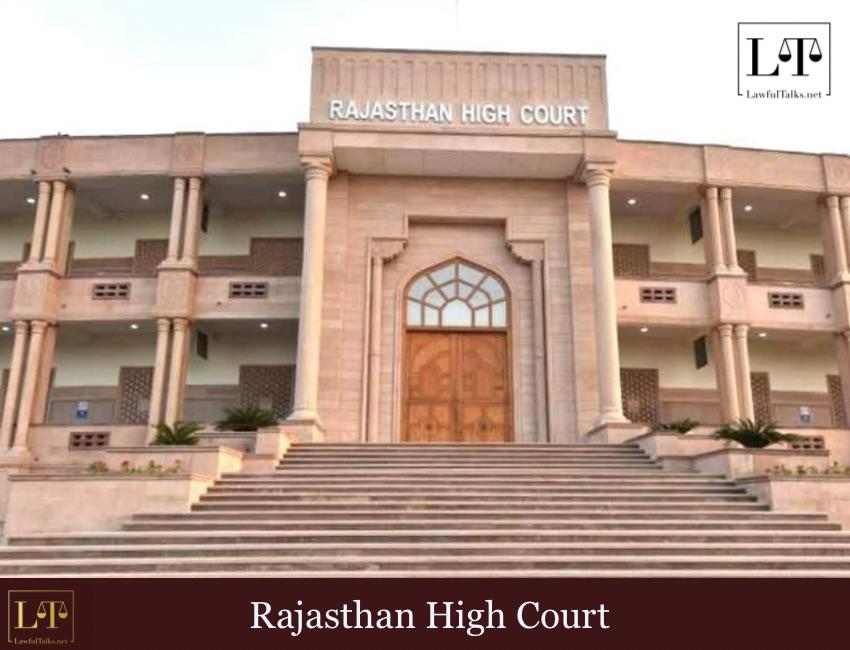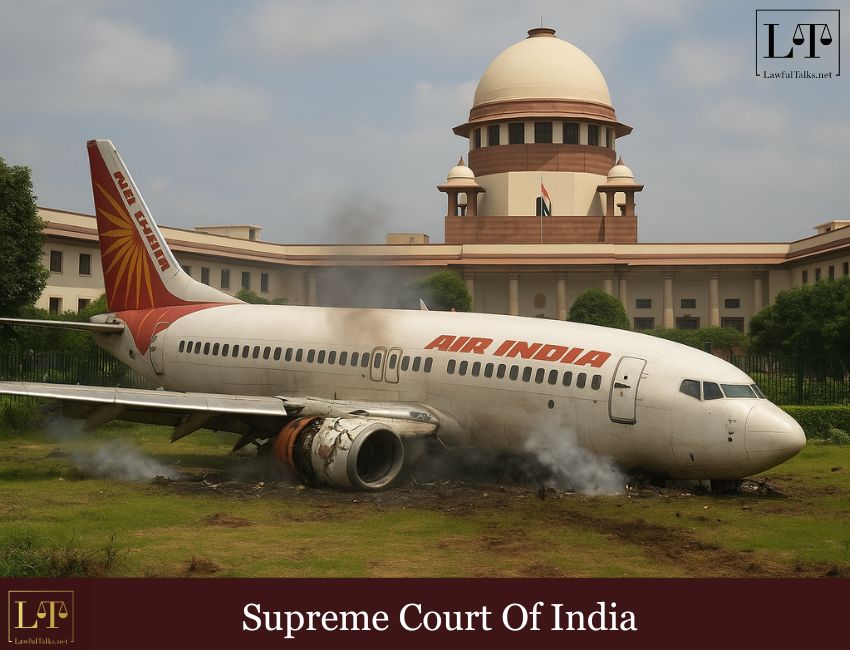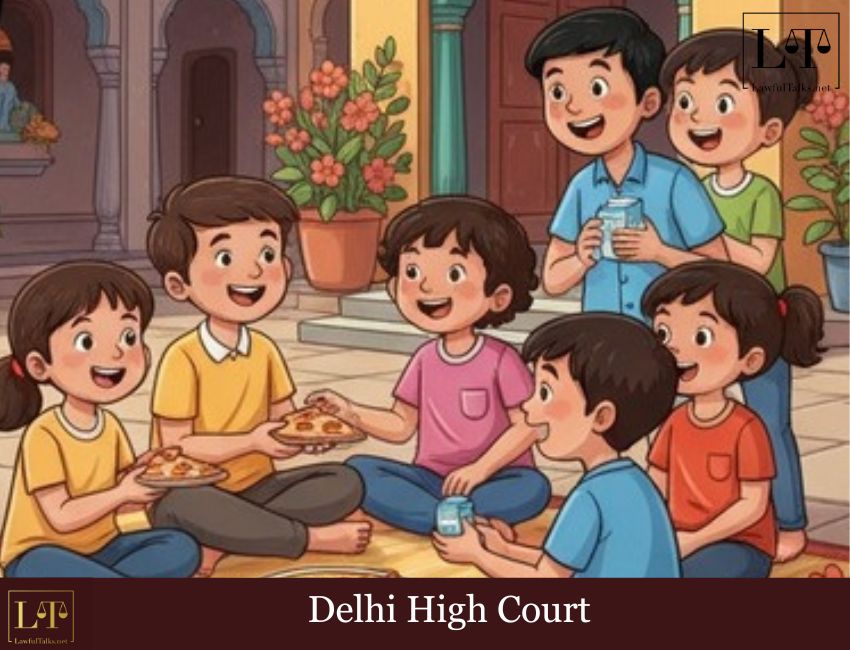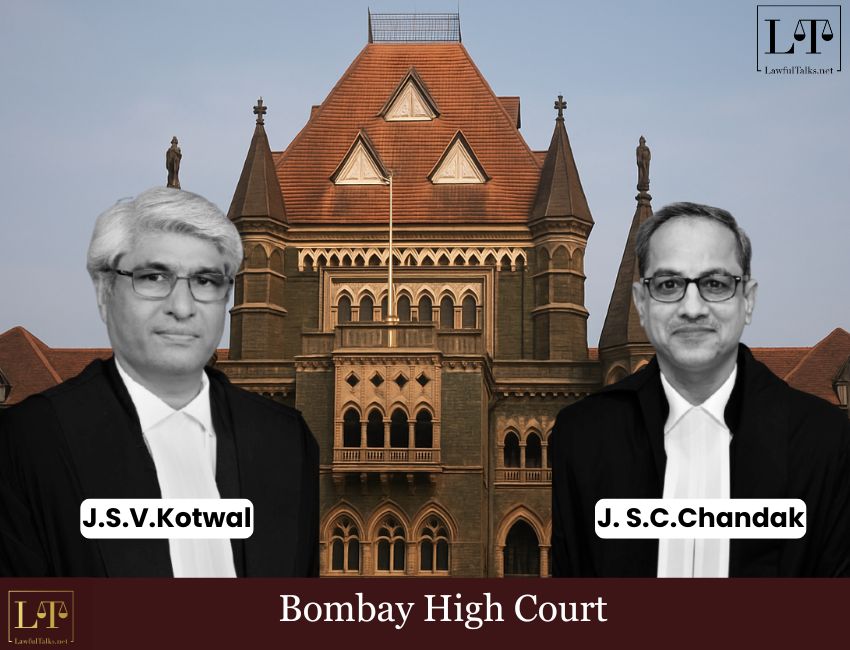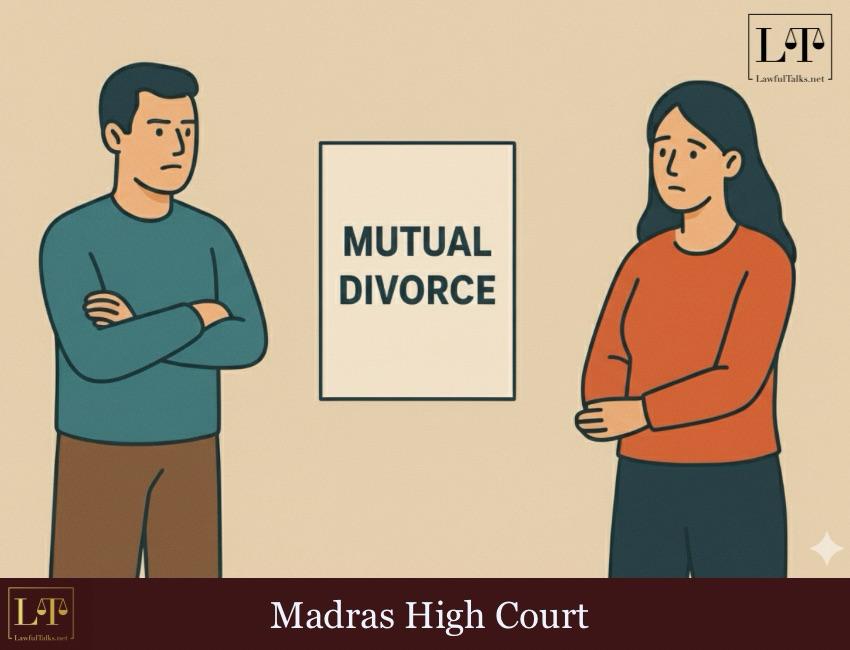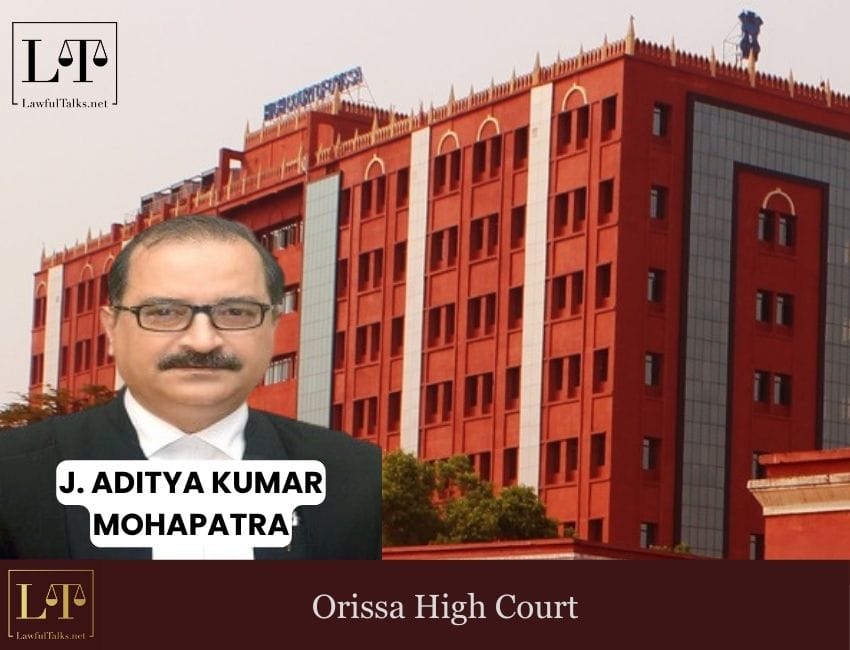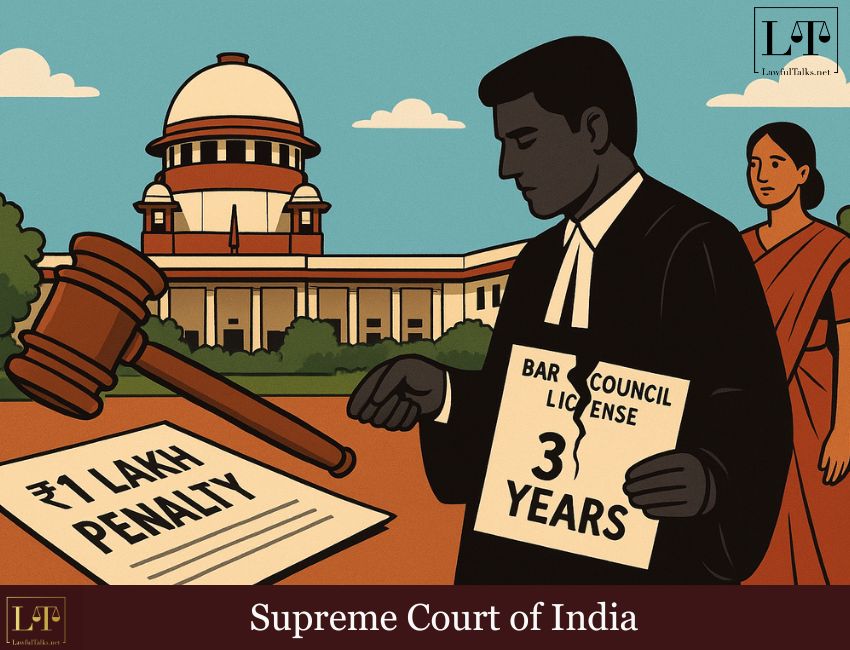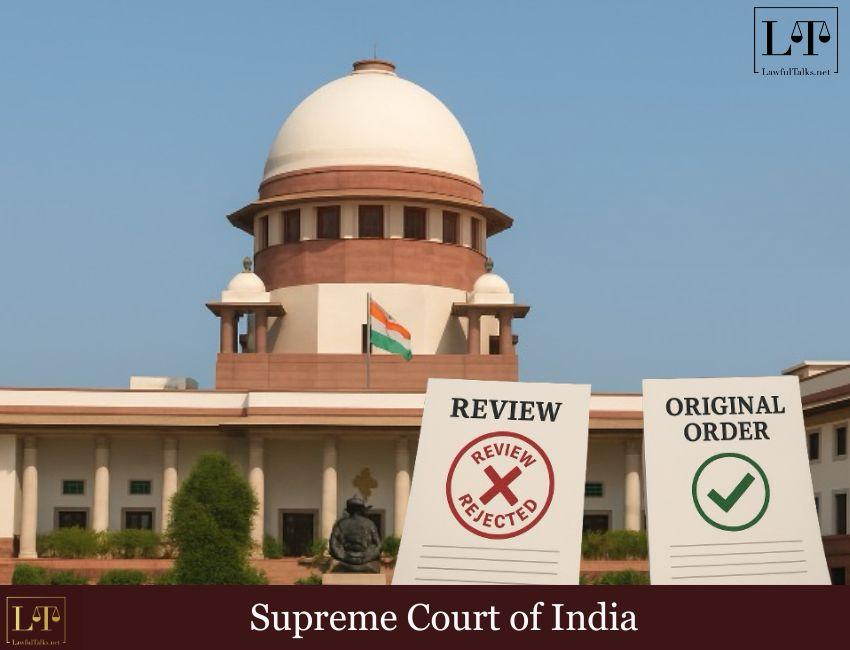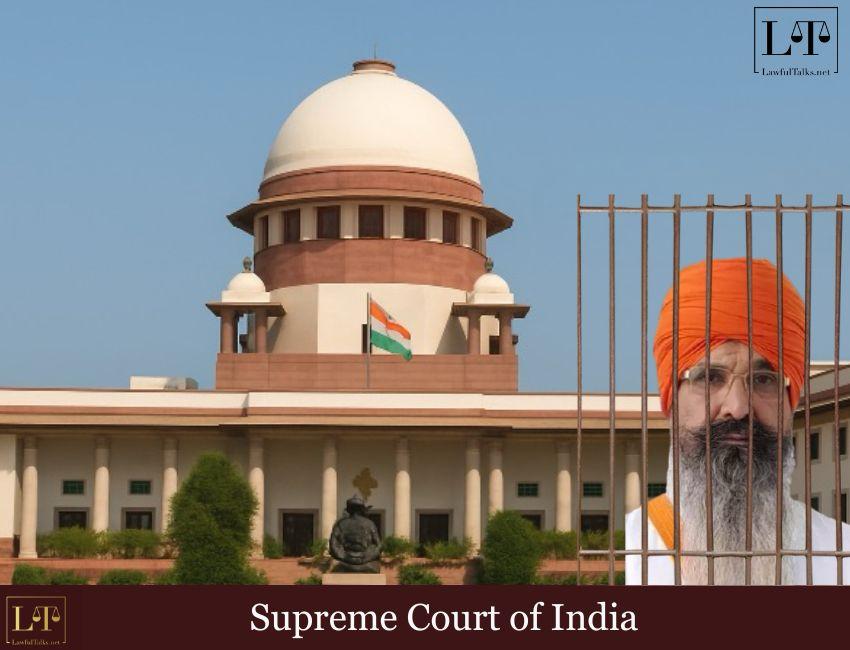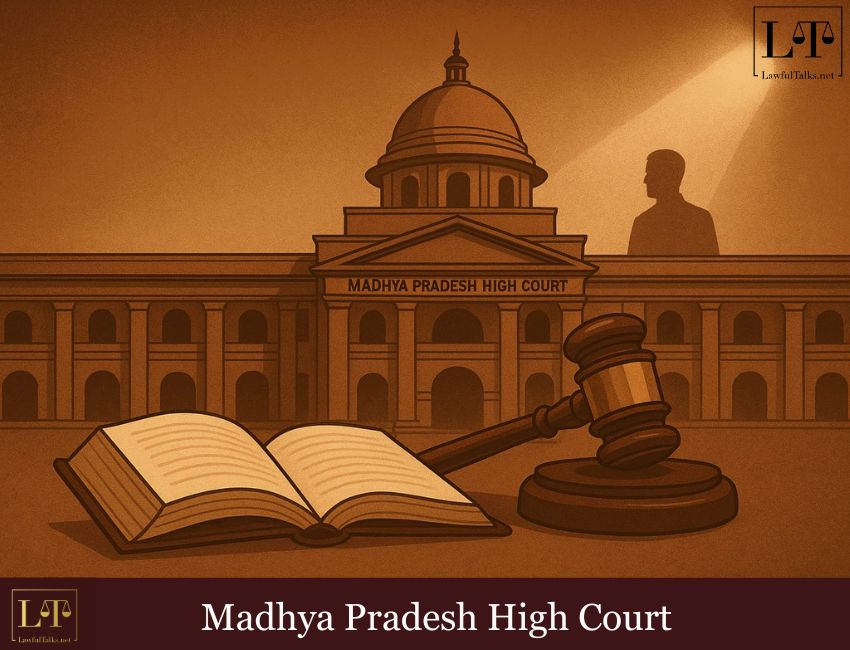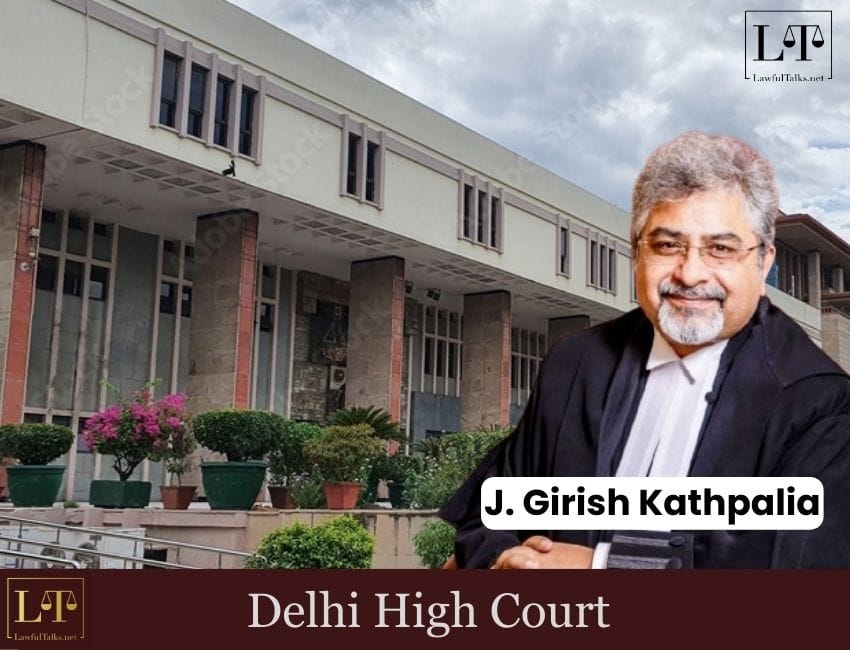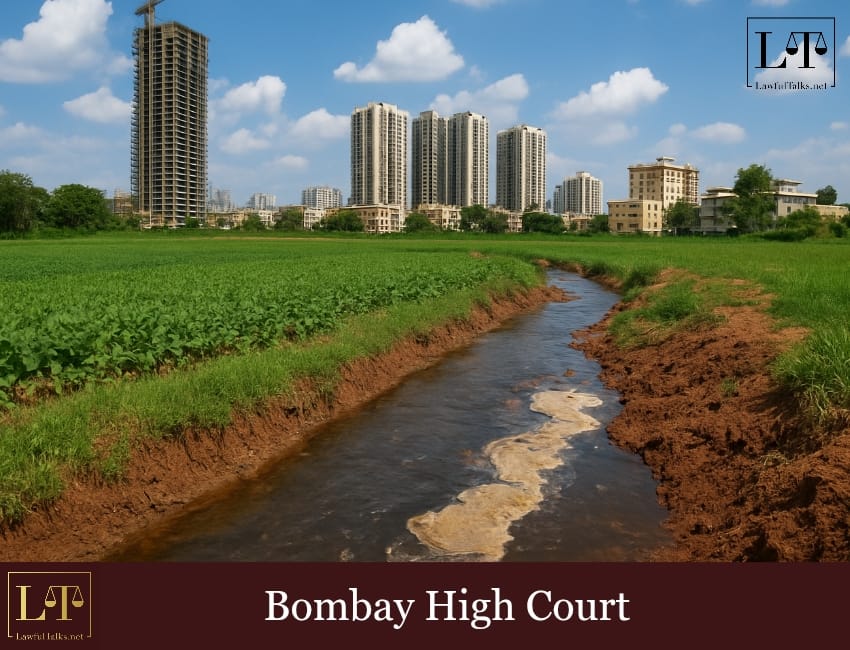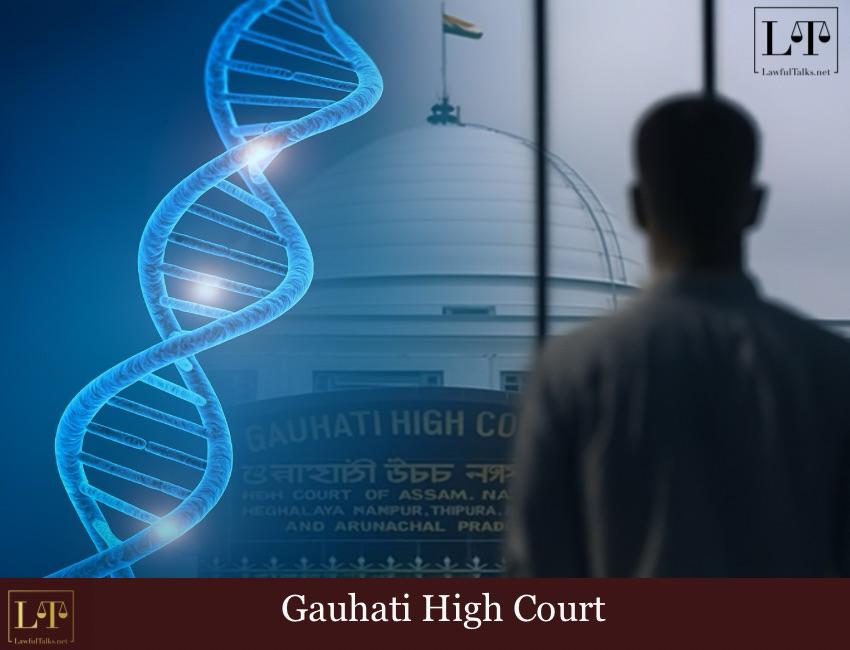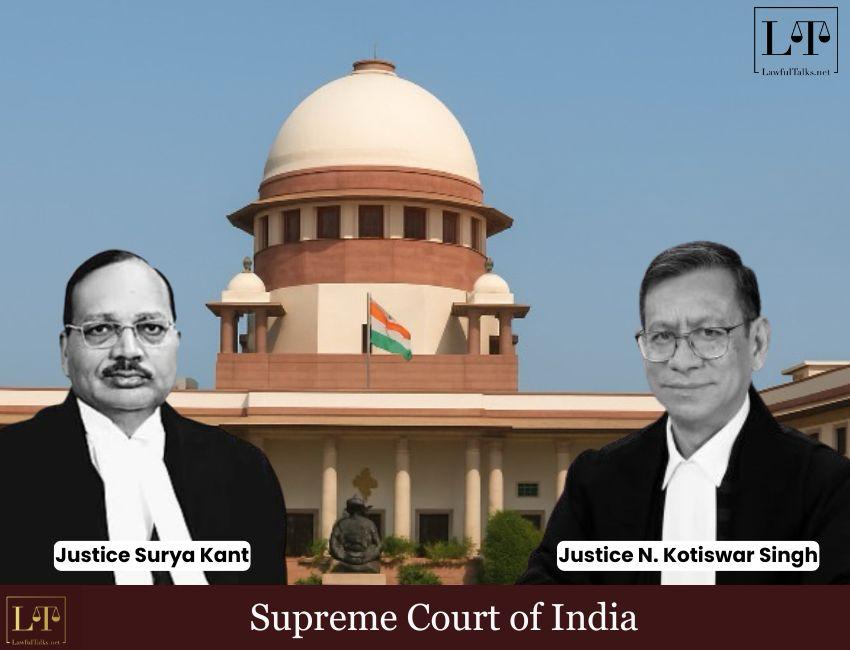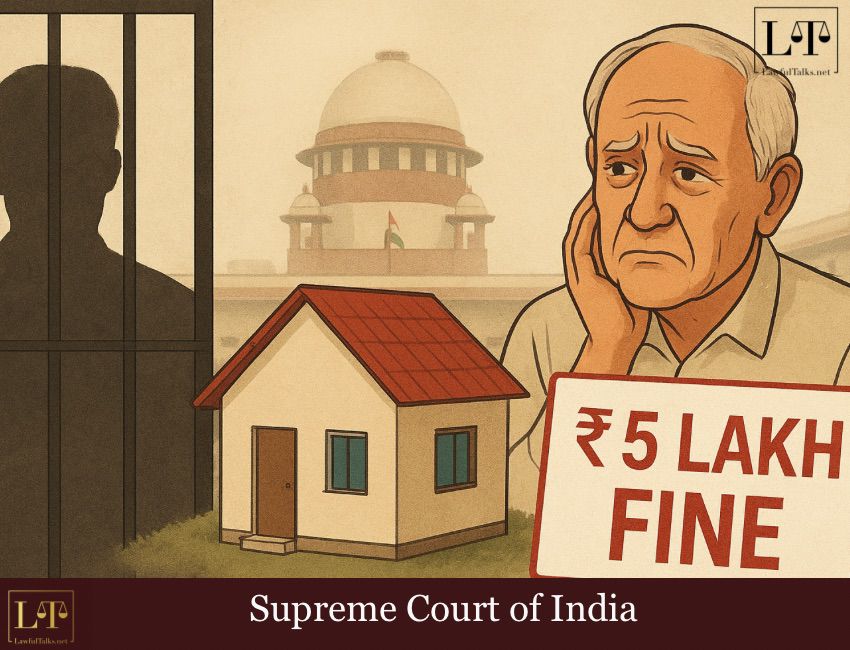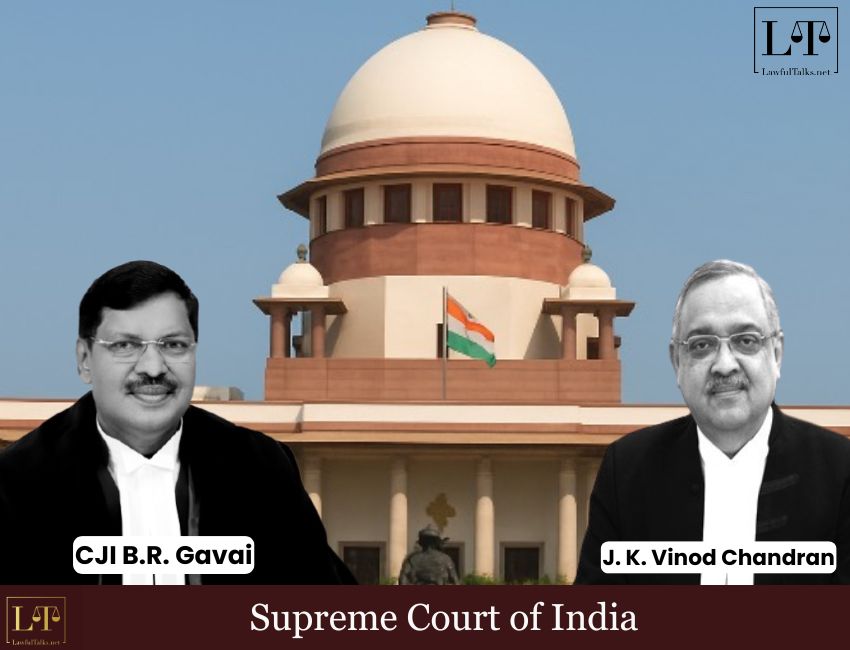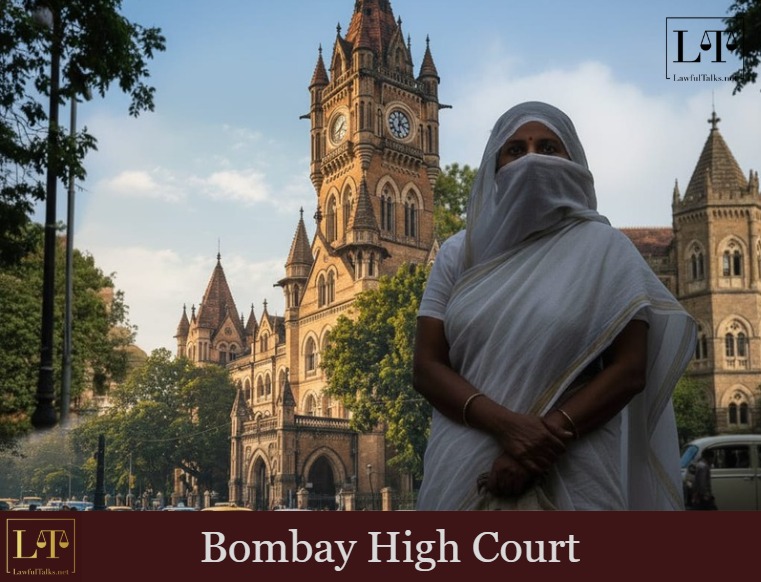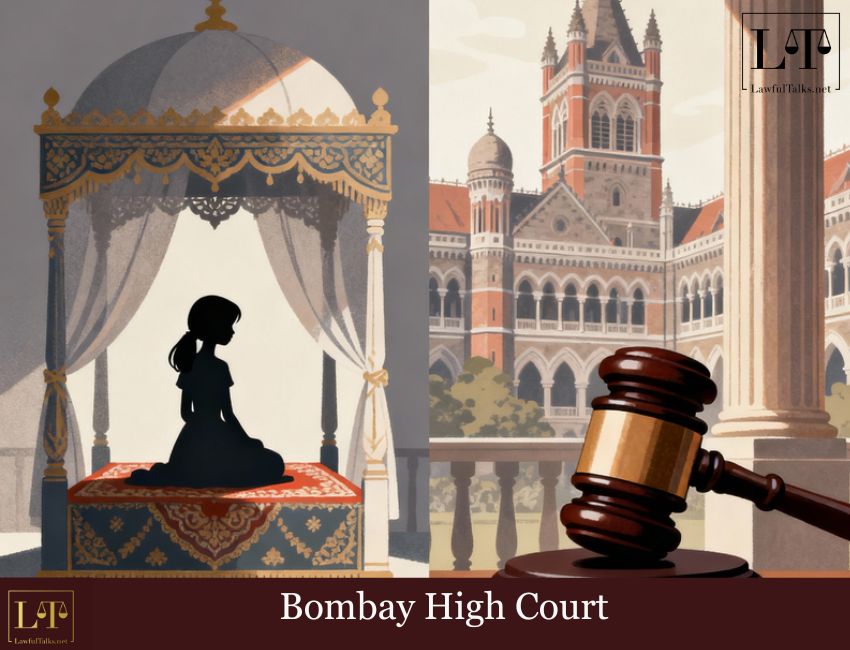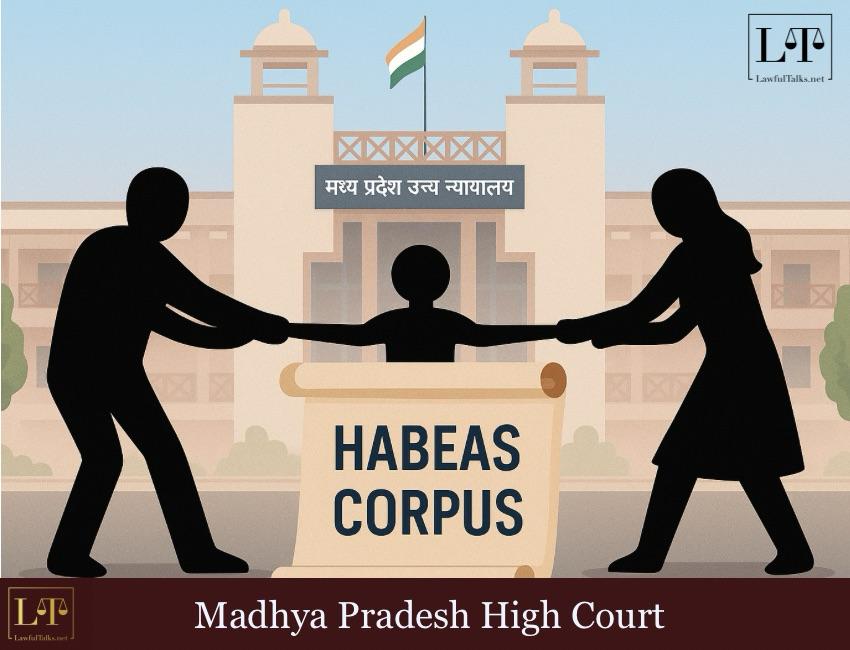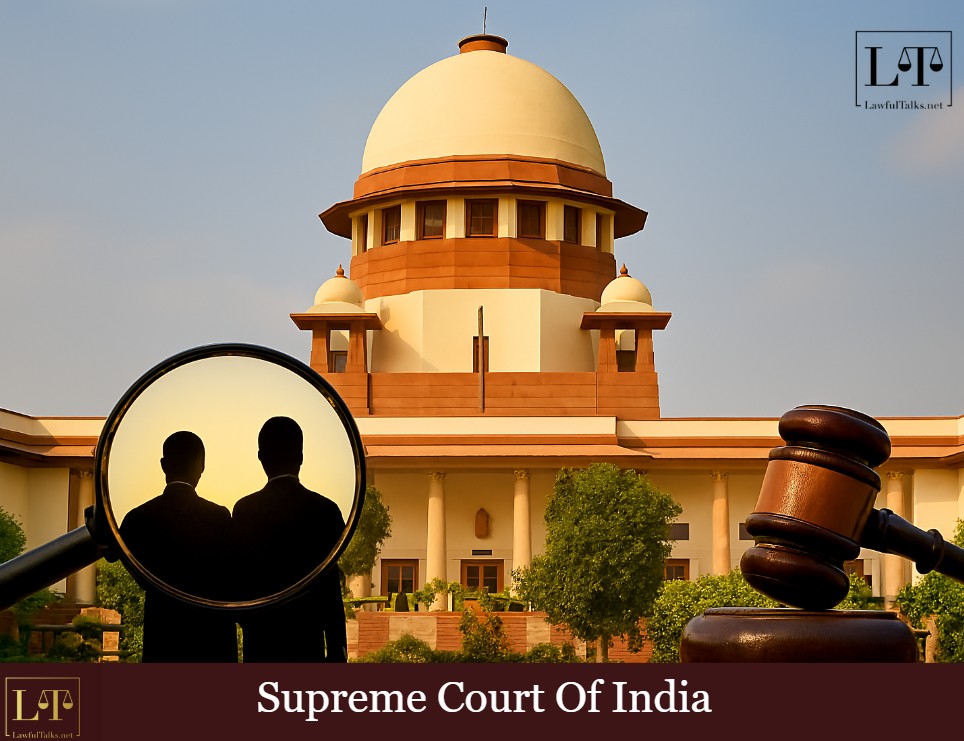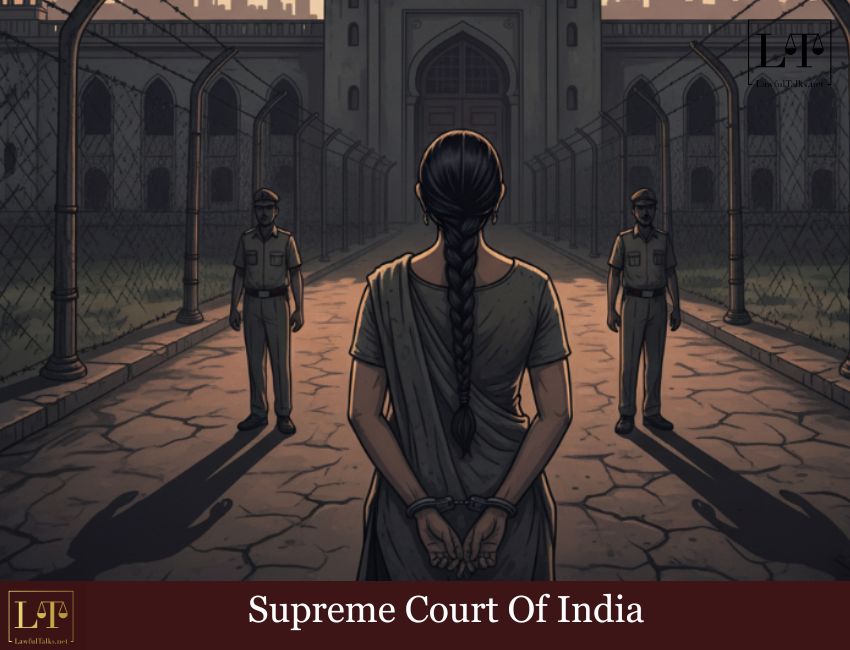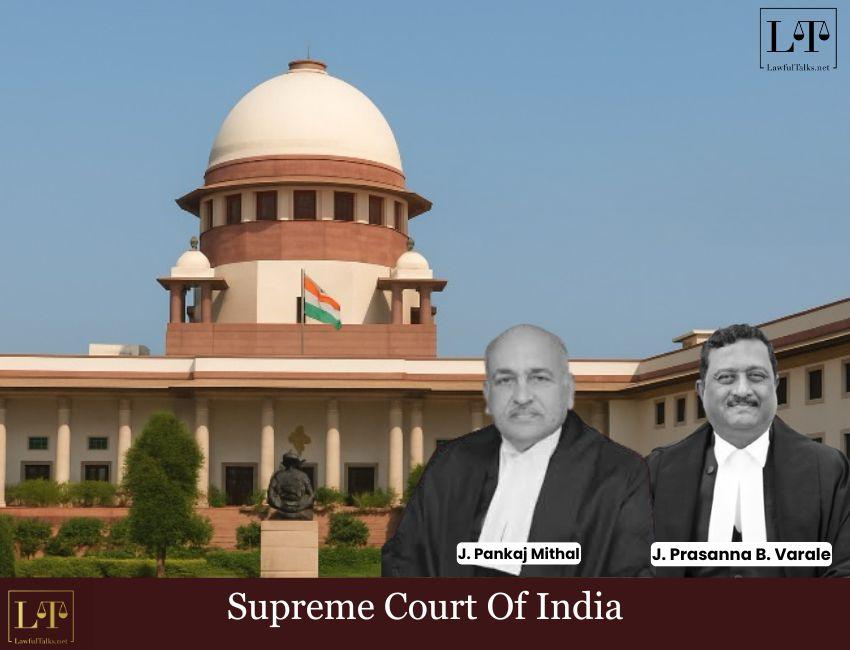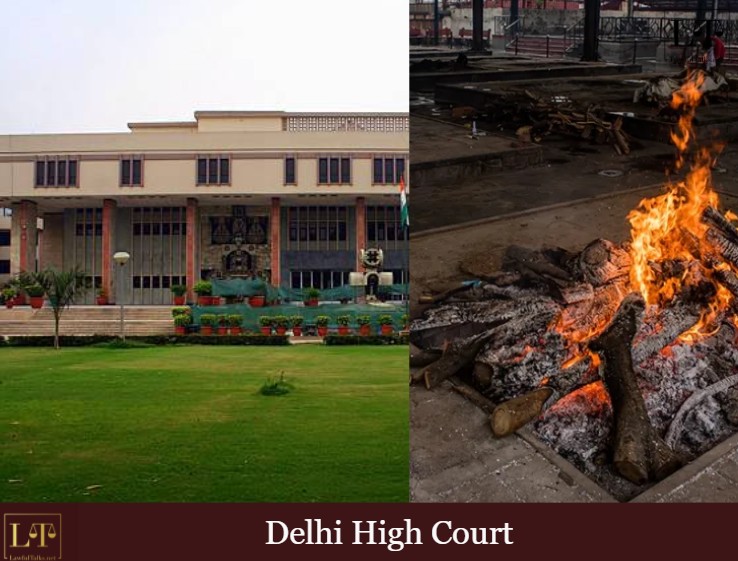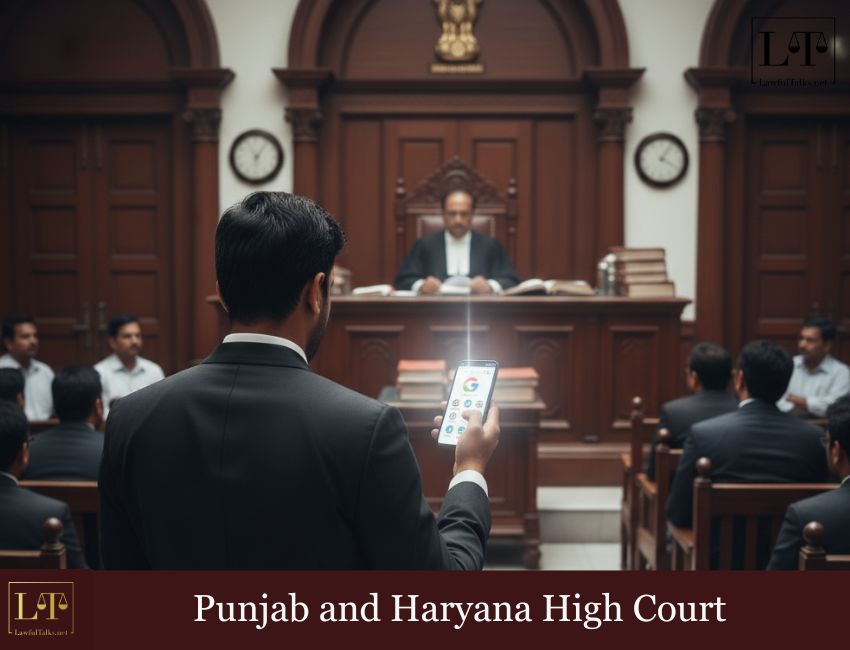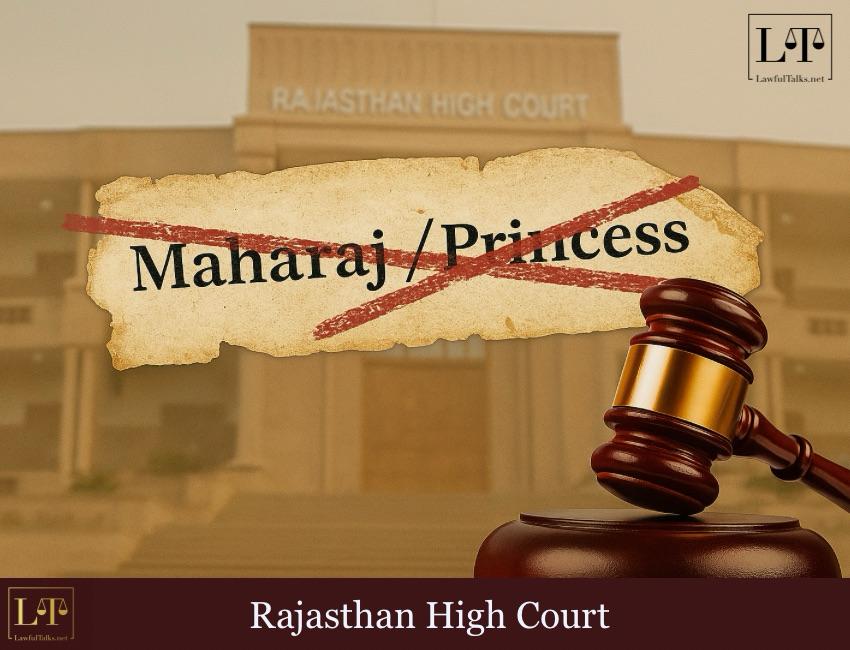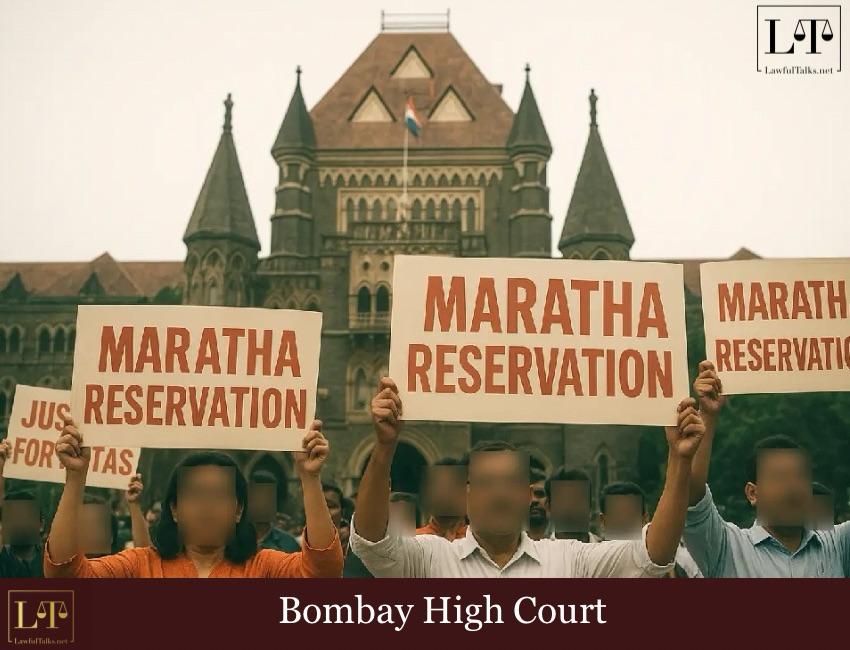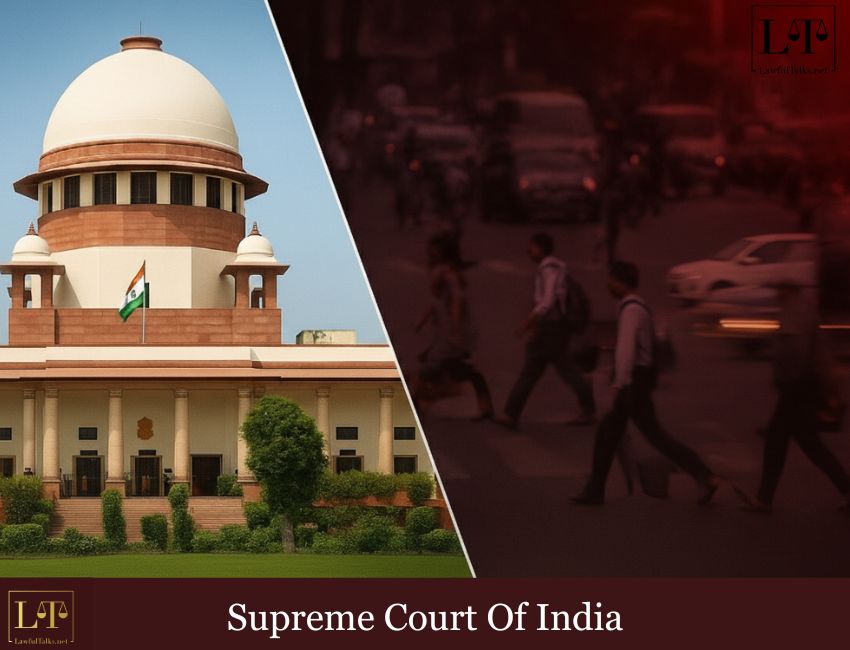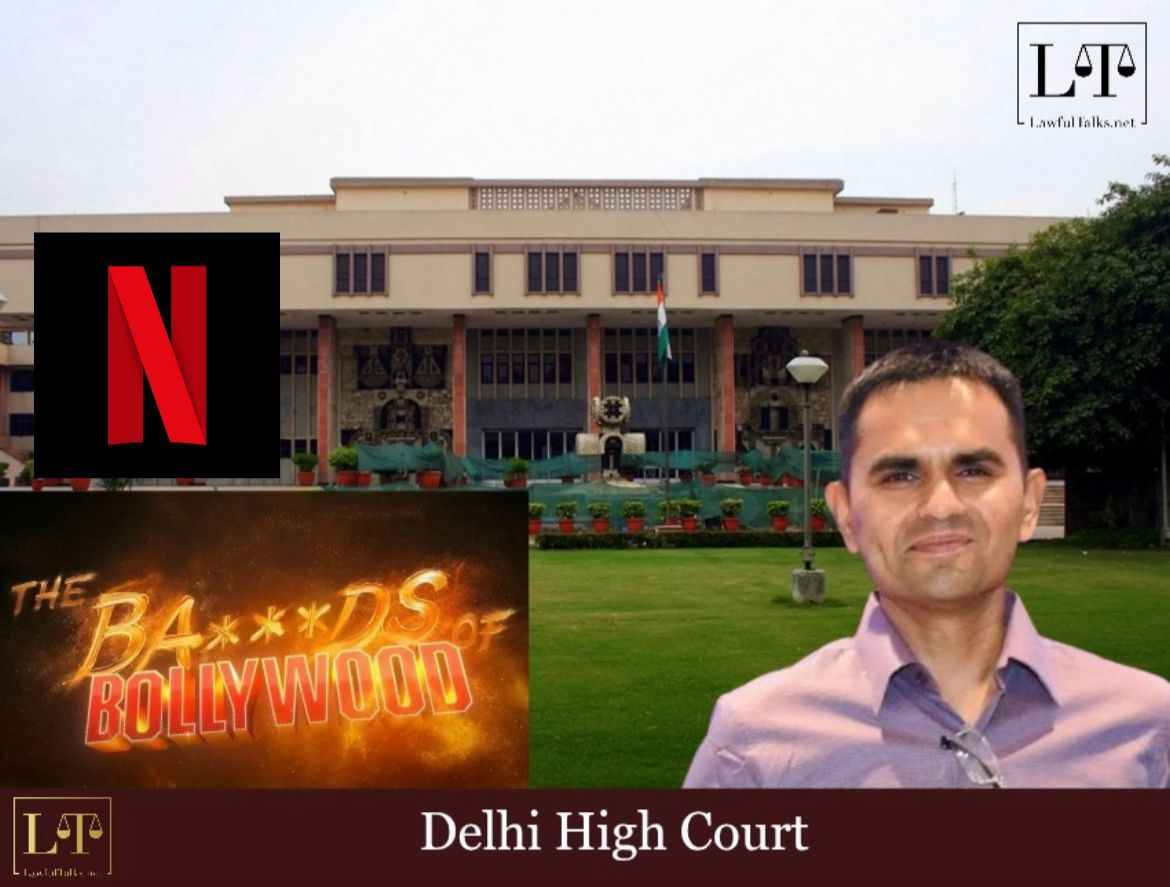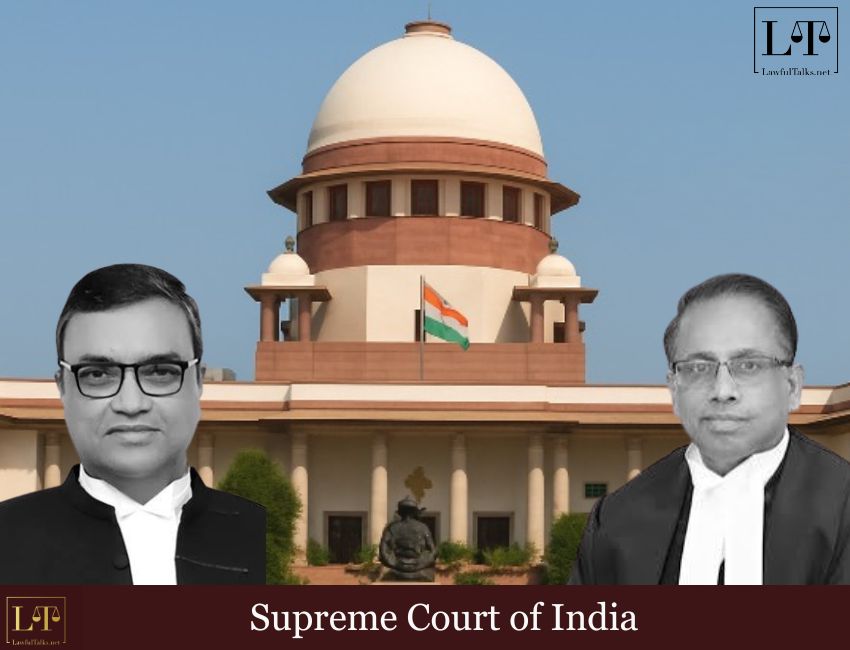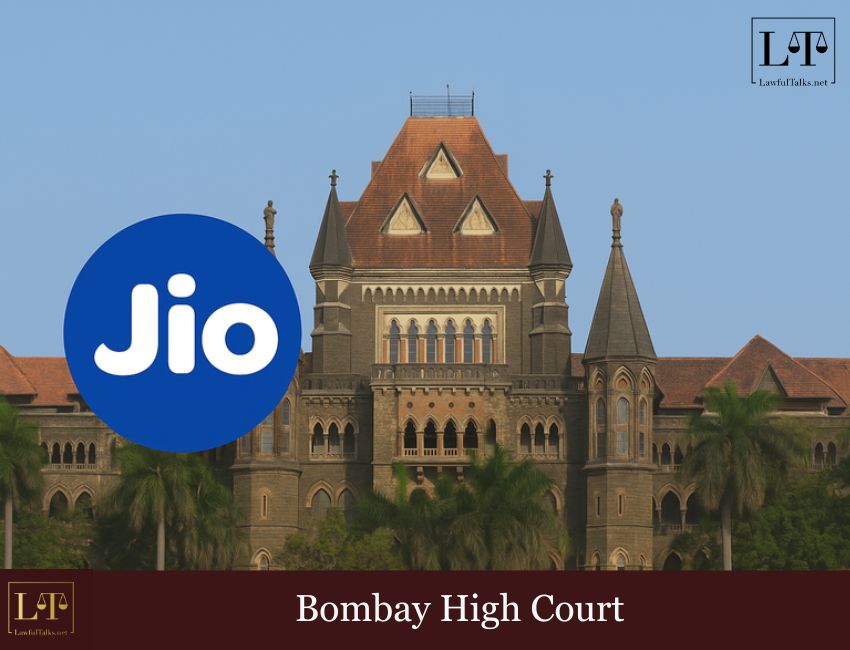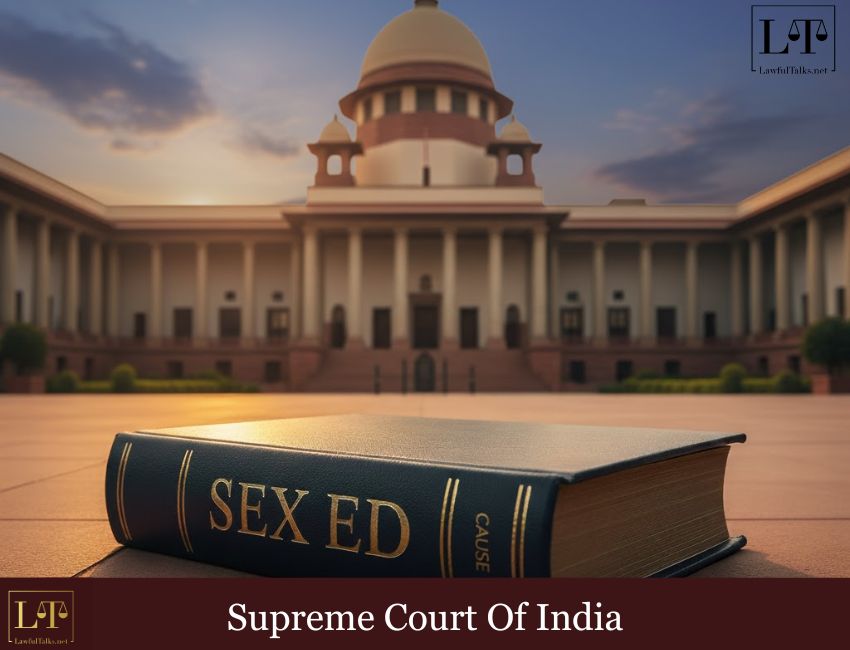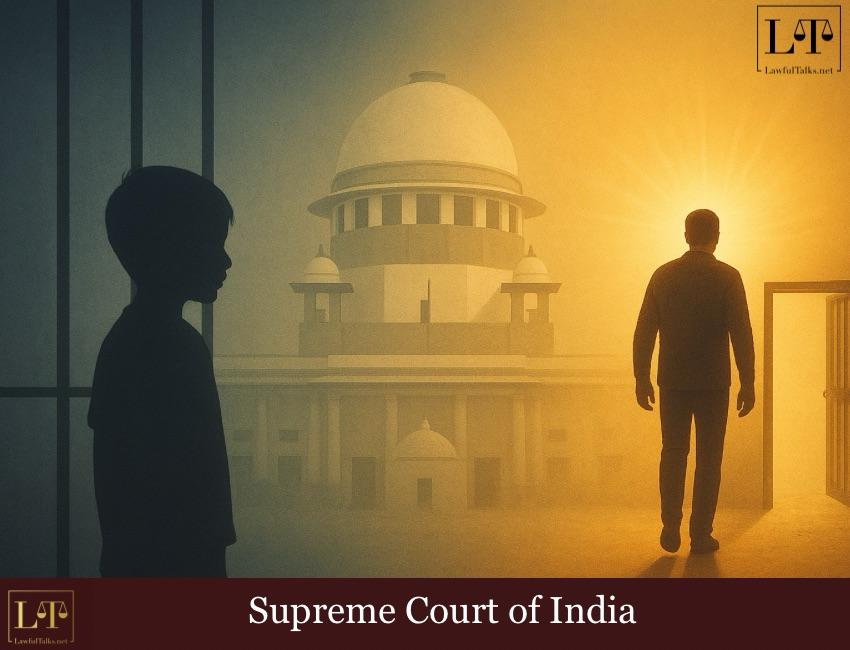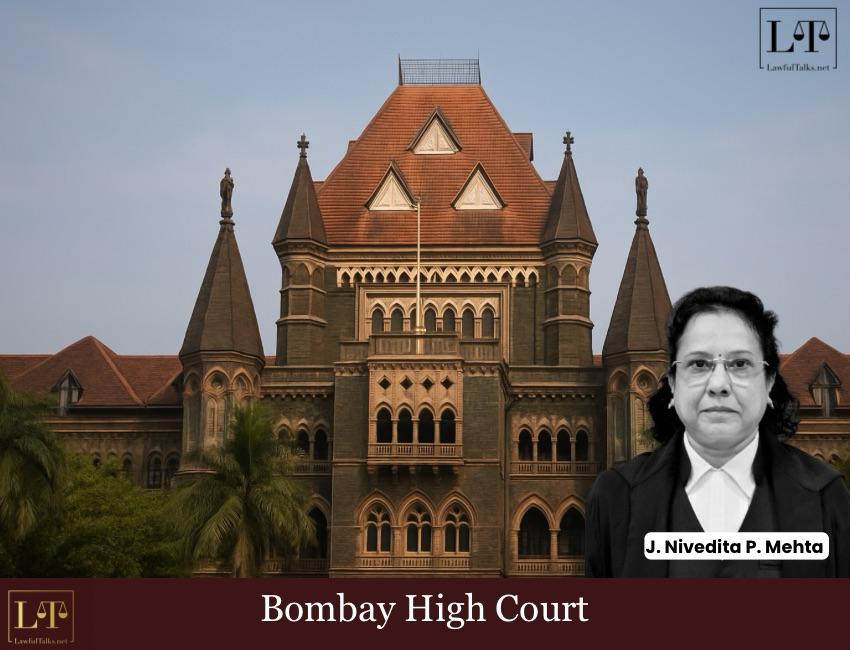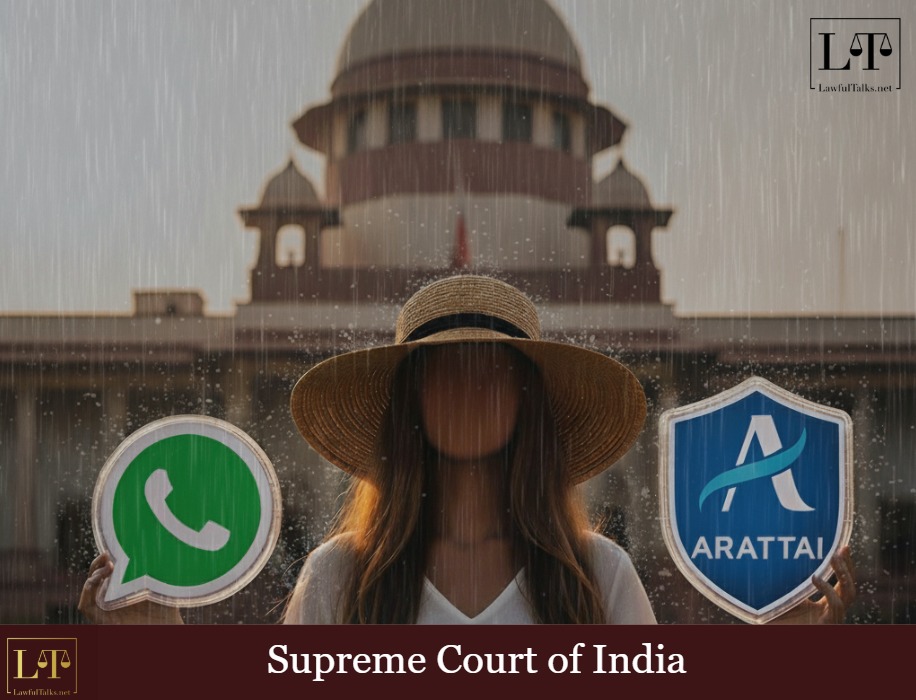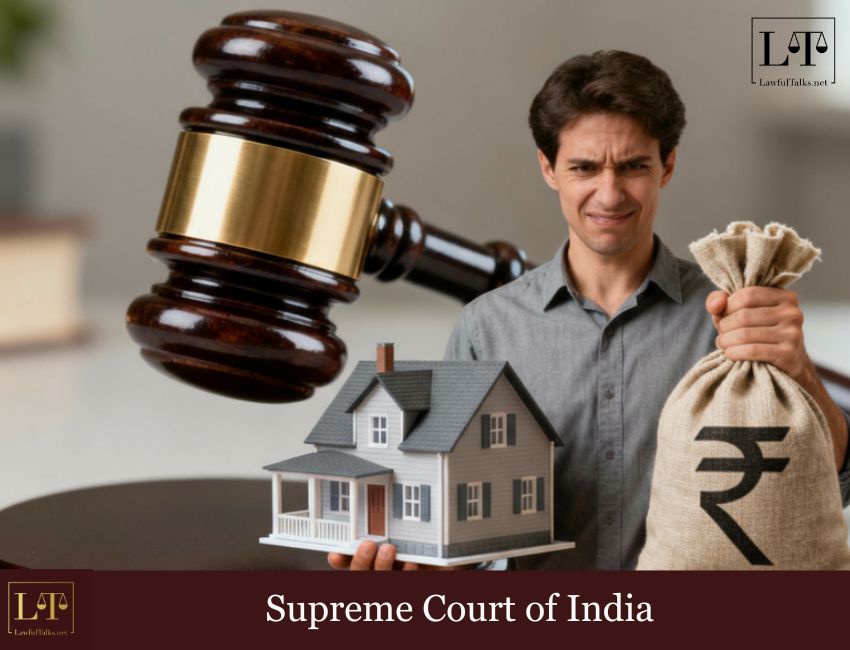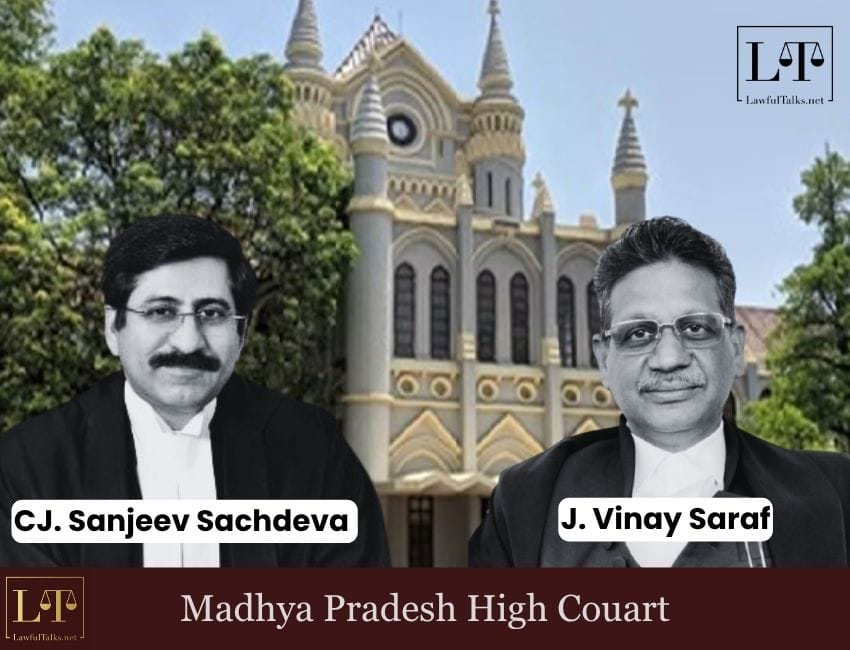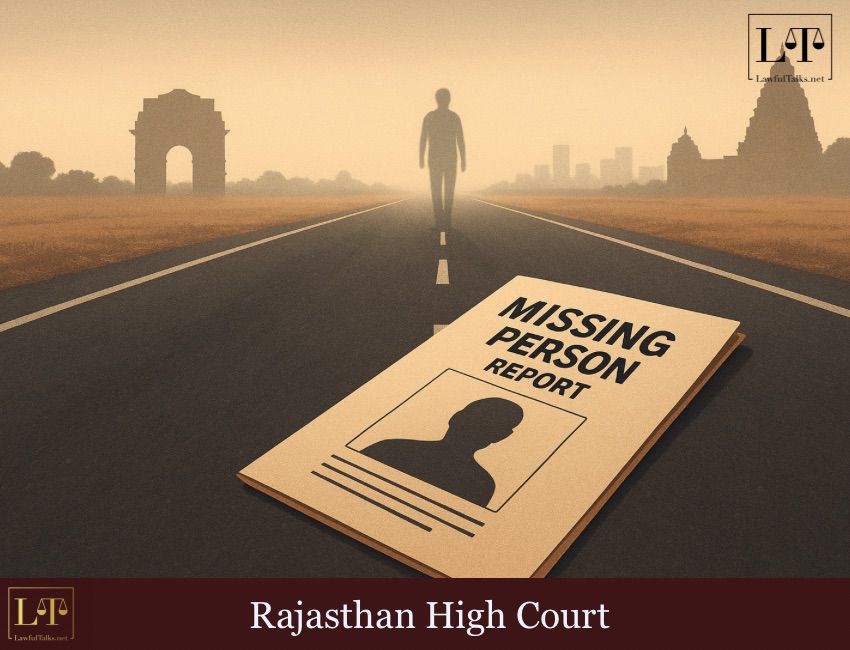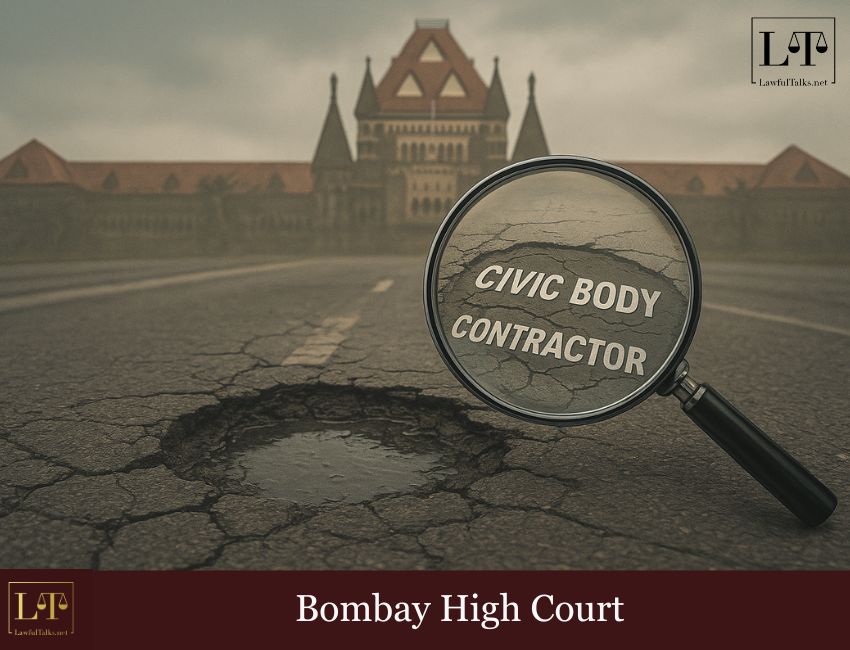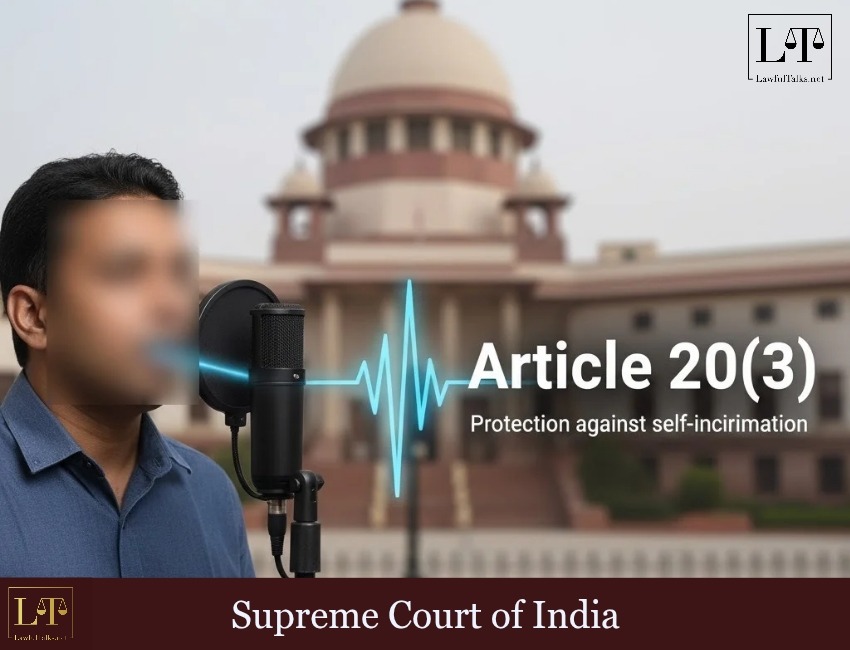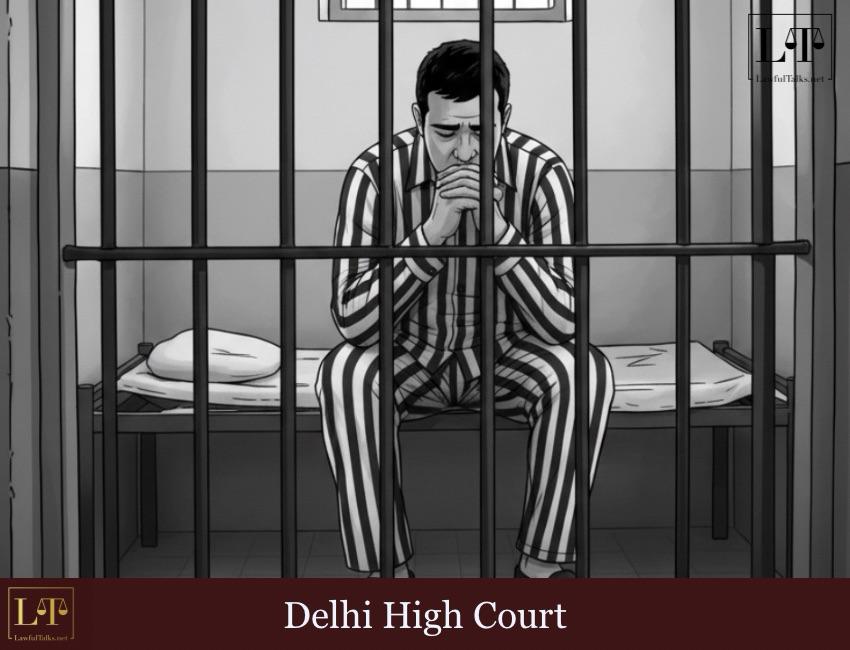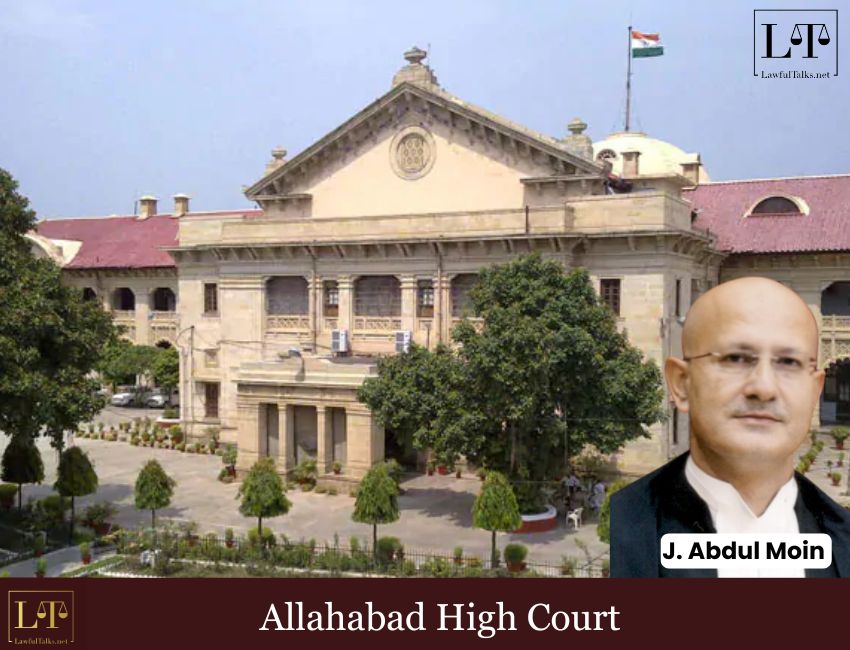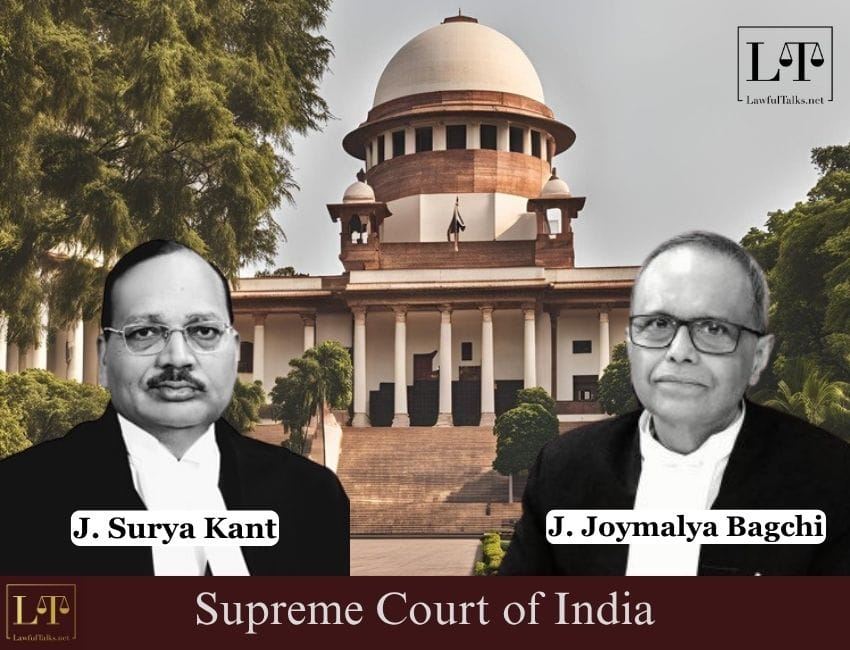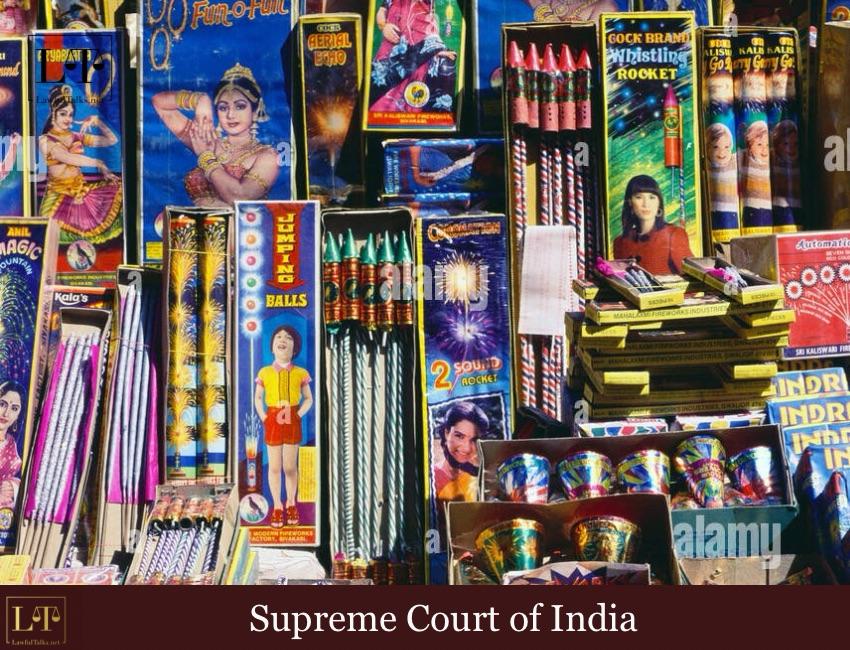Allahabad HC Sets Aside Afzal Ansari's Conviction, Allows Him to Continue as MP

In a recent ruling, the Kerala High Court, through Justice Mohammed Nias C.P, highlighted serious concerns regarding the extent to which Division Benches can interfere with interim orders issued by single-judge Benches.
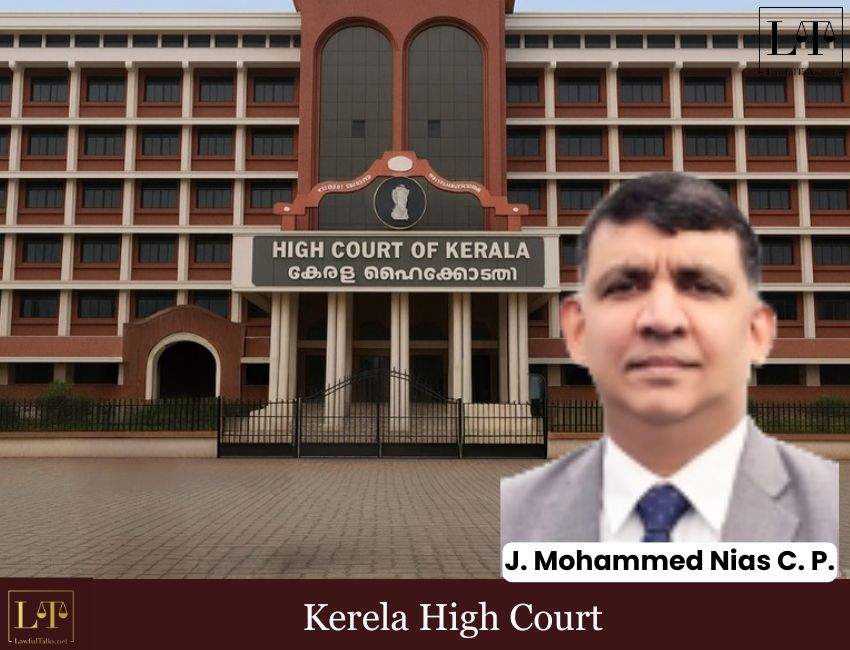
The issue came up in a writ petition challenging recovery proceedings under the SARFAESI Act. In this context, the single judge referred the question of the scope of intra-court appeals under Section 5 of the Kerala High Court Act to a larger Bench for an authoritative ruling.
Background:
The petitioners had approached the High Court challenging an order passed by the Additional Chief Judicial Magistrate, Ernakulam, under Section 14 of the SARFAESI Act. On July 18, Justice Nias initially granted an interim stay on recovery proceedings.
The bank challenged this interim order before a Division Bench, which overturned it on the ground that the order lacked reasons. However, the Division Bench allowed the single judge to reconsider the matter afresh.
Following this, on August 18, Justice Nias passed a more detailed interim stay order, recording that writ jurisdiction could be invoked since the disputes between the parties were still pending adjudication before the Debt Recovery Tribunal.
Yet again, the bank preferred an appeal. The Division Bench interfered once more, setting aside the August 18 order on the ground that the question of maintainability of the writ petition had not been addressed in its proper perspective.
It was in this context that the matter came back before Justice Nias, who questioned the repeated appellate interference with his interim orders and the broader implications such a practice posed for judicial discipline and efficiency.
Court’s Observations
At the heart of Justice Nias’s ruling lies the principle that writ jurisdiction under Article 226 is very broad in nature and cannot be taken away by any law, unless the constitution itself mandates so. In his words:
"Article 226 (writ jurisdiction) does not, in terms, impose any limitation or restraint on the exercise of power to issue writs, which turns on entertainability (discretion) and not maintainability," he said.
The judge referred to several precedents, including Godrej Sara Lee Ltd. v. Excise and Taxation Officer and rulings by larger Benches of the Kerala High Court, to stress that “maintainability” and “entertainability” of writ petitions are two different concepts. He explained that while the presence of an alternative remedy may affect the court’s choice to hear a writ petition, it does not completely take away the court’s power to do so.
Justice Nias further pointed out that the Division Bench had disregarded binding precedents:
"All these judgments were overlooked by the Division Bench while passing orders in W.A.No.2076/2025, virtually directing the Single Judge to give additional justifications."
The single judge observed that this weakened the respect and harmony between Benches and went beyond the proper limits of intra-court appeals.
"The back-to-back directions to consider the maintainability amount to virtually directing the single judge to decide until the result is acceptable to the Division Bench. The said direction is destructive of judicial comity and contrary to the very structure of intra-court appeals. The Division Bench, therefore, has traveled far beyond the legitimate bounds of intra-court appellate scrutiny, totally contrary to the Larger Bench decision of this Court and against the Division Bench judgments that directly dealt with the very same issue," Justice Nias held.
He also stressed that the justice system’s larger goal should not be undermined by creating more cases through repeated appellate interference.
"The raison d'être of law and of courts is to secure finality in disputes by reducing the multiplicity of proceedings, a cause which leads to a proliferation of litigations, strikes at the heart of that principle," the judge noted.
In conclusion, Justice Nias deemed it necessary for a larger Bench of the High Court to settle the scope of intra-court appeals under Section 5 of the Kerala High Court Act, particularly in relation to interim orders of single judges. As he directed:
"Since this issue has arisen on more than one occasion in the appeals filed against the interim orders in the instant writ petition itself at different stages, and is arising frequently, I feel that the scope of an intra-court appeal under S.5 of the Kerala High Court Act, in particular, against the interim orders passed by the Single Judge, calls for consideration by a Larger Bench of this Court. The Registry is directed to place this writ petition before the Honourable Chief Justice for appropriate orders," the September 15 ruling said.
Case Title: MS Grids Engineers and Contractors vs. Union Bank of India & Anr
Leave a Comment

Het Dedhia
3rd Year Law Student from SVKM's Pravin Gandhi College of Law
Latest Posts
Categories
- International News 19 Posts
- Supreme Court 281 Posts
- High Courts 294 Posts

























































